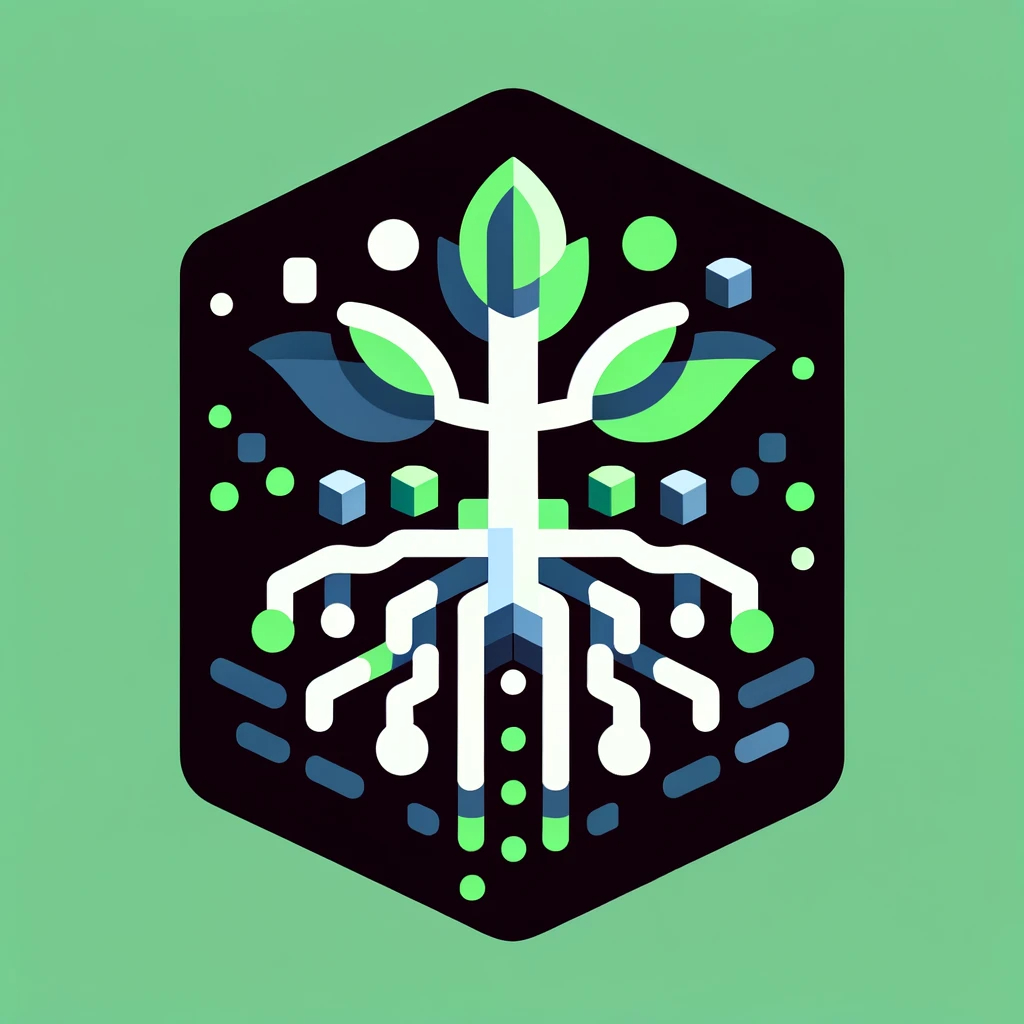Let's learn about Infographic via these 183 free stories. They are ordered by most time reading created on HackerNoon. Visit the /Learn Repo to find the most read stories about any technology.
1. The Future of Distance Learning [Infographic]
 As a result of COVID-19 officially being ruled a pandemic, the eLearning economy is being used in an entirely different way. Now, the students who have faced an educational standstill due to their campuses and schools being closed can continue their educational journey from a virtual standpoint. Interestingly enough, online classes seem to be the only way to keep our students’ brains turning during this pandemic. However, it’s important to understand that eLearning isn’t new - it’s just in its prime, unfortunately to the credit of our detrimental state of human health.
As a result of COVID-19 officially being ruled a pandemic, the eLearning economy is being used in an entirely different way. Now, the students who have faced an educational standstill due to their campuses and schools being closed can continue their educational journey from a virtual standpoint. Interestingly enough, online classes seem to be the only way to keep our students’ brains turning during this pandemic. However, it’s important to understand that eLearning isn’t new - it’s just in its prime, unfortunately to the credit of our detrimental state of human health.
2. 63% of data breaches exploit weak credentials - Cybersecurity to support remote workers
 A look at how to update the old passwords model to support the future of distributed work.
A look at how to update the old passwords model to support the future of distributed work.
3. Hacking Your Sleep for Better Quality
 A look at how you can become more productive and healthy by focusing on the quality of your sleep habits and routine.
A look at how you can become more productive and healthy by focusing on the quality of your sleep habits and routine.
4. Hacking Your Way to Being an All-Star [Infographic]
 What does it take to make a team leader who pulls a team together? How do these qualities lead a player to become a strong contender for the NBA All-Stars team? Great basketball players know their teammates’ strengths and weaknesses and they understand how to play to every player’s strengths to make the team stronger as a whole. By setting a good example and remaining optimistic about the team as a whole, Tobias Harris has proven his value as a team player to the 76ers.
What does it take to make a team leader who pulls a team together? How do these qualities lead a player to become a strong contender for the NBA All-Stars team? Great basketball players know their teammates’ strengths and weaknesses and they understand how to play to every player’s strengths to make the team stronger as a whole. By setting a good example and remaining optimistic about the team as a whole, Tobias Harris has proven his value as a team player to the 76ers.
5. A Look into the History and Future of Web Analytics
 Today, web analytics are an important part of how millions of businesses operate. Businesses of all sizes and stripes rely on services like Google Analytics to help them understand consumer wants and optimize web experiences for them. Data analytics is a rapidly growing field as well, expected to be worth $550 billion by 2028.
Today, web analytics are an important part of how millions of businesses operate. Businesses of all sizes and stripes rely on services like Google Analytics to help them understand consumer wants and optimize web experiences for them. Data analytics is a rapidly growing field as well, expected to be worth $550 billion by 2028.
6. If You Do Not Report Your Gun Stolen or Missing You Can Held Liable For Crimes the Gun is Used For
 Crimes committed with stolen guns that were not reported remain liable for property damage etc.
Crimes committed with stolen guns that were not reported remain liable for property damage etc.
7. Hacking Crime With AI [Infographic]
 Did you ever daydream about fighting crime like Batman? You know, using the Bat computer to get intel on a certain criminal or track their whereabouts, to be alerted when a crime is in progress, or even remotely deploy robotic measures to stall or detain a villain. Now your fantasies are closer to reality with all sorts of great AI-powered tech that fights crime.
Did you ever daydream about fighting crime like Batman? You know, using the Bat computer to get intel on a certain criminal or track their whereabouts, to be alerted when a crime is in progress, or even remotely deploy robotic measures to stall or detain a villain. Now your fantasies are closer to reality with all sorts of great AI-powered tech that fights crime.
8. The Importance of Genuine Leadership [Infographic]
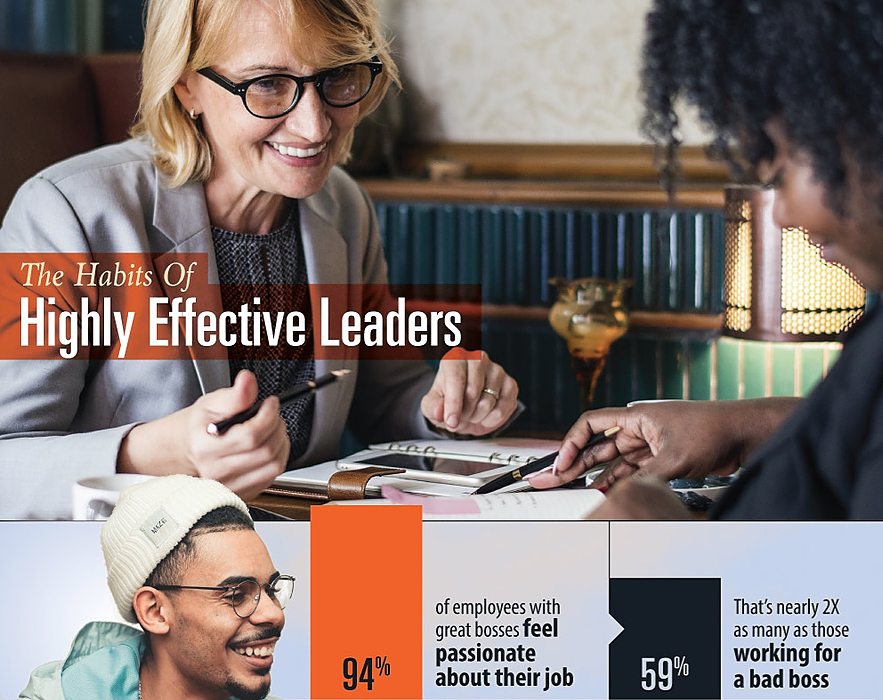 If you were asked to describe the qualities of a great boss, how would you respond? Better yet, why is this topic even worth addressing? An employee’s internal respect their manager influences 14% of their engagement while on the clock. Ultimately, bad leadership drives away employees as nearly 2 in 3 people have quit, or plan to, because of their boss. In fact, 77% of employees planning to resign from their job within the next year say it is due to poor management. Revisiting the initial question posed, how are employees describing the habits of highly effective leaders?
If you were asked to describe the qualities of a great boss, how would you respond? Better yet, why is this topic even worth addressing? An employee’s internal respect their manager influences 14% of their engagement while on the clock. Ultimately, bad leadership drives away employees as nearly 2 in 3 people have quit, or plan to, because of their boss. In fact, 77% of employees planning to resign from their job within the next year say it is due to poor management. Revisiting the initial question posed, how are employees describing the habits of highly effective leaders?
9. Online Dating & Cybersecurity: Being Out There and Being Safe
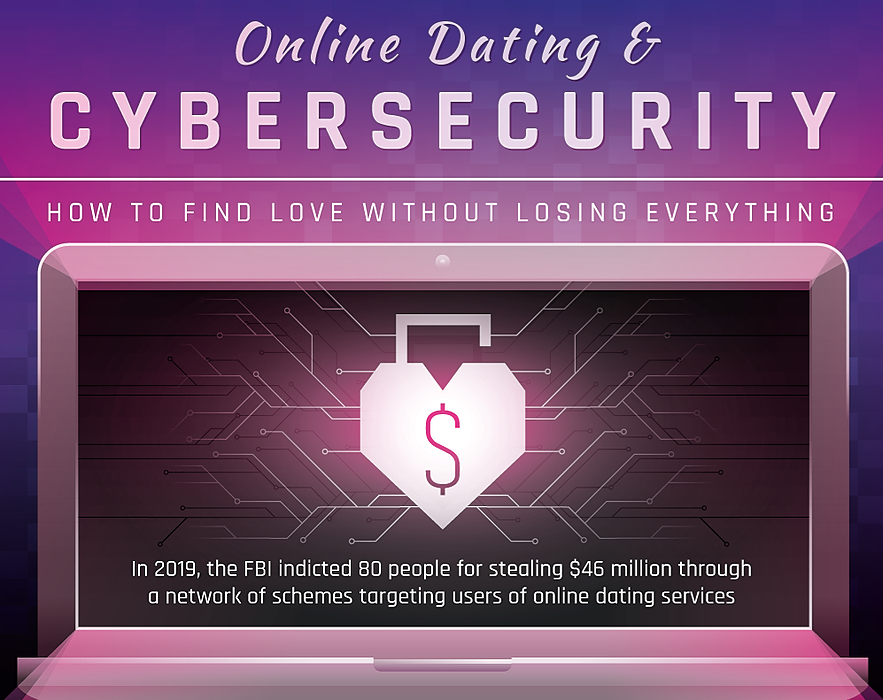 Dating has changed a lot over the centuries, and in keeping with the times most people are using technology in their search for The One. Almost 60% of Americans say that online dating is a good way to meet people, up from less than 45% in 2005. Online dating users tend to be younger - 90% are under 40 and 75% are under 30, but even 10% are over the age of 55. Unfortunately with anything online comes scams and the potential to be hacked, but that doesn’t mean you can’t find the love of your life as long as you are careful.
Dating has changed a lot over the centuries, and in keeping with the times most people are using technology in their search for The One. Almost 60% of Americans say that online dating is a good way to meet people, up from less than 45% in 2005. Online dating users tend to be younger - 90% are under 40 and 75% are under 30, but even 10% are over the age of 55. Unfortunately with anything online comes scams and the potential to be hacked, but that doesn’t mean you can’t find the love of your life as long as you are careful.
10. Identity Theft and the Dangers of Home Title Theft
 A look at the growing problem of home title theft
A look at the growing problem of home title theft
11. How AI Hacks Your Smartphone Camera
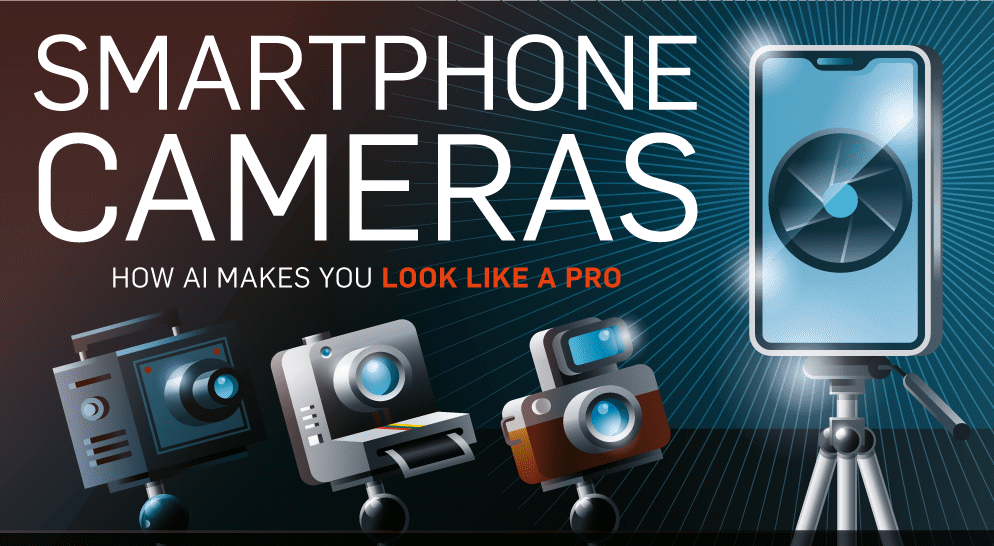 It’s tough to capture the perfect image, especially with your phone’s stock camera hardware. In fact, don’t even think about getting quality footage if your smartphone is more than a couple of years old. Now, this isn’t to say you should go out and purchase an upgraded generation of your device. Instead, I’m going to let you know how you can obtain the quality of a professional photographer with your current device by downloading AI-powered apps and installing aftermarket camera hardware. Let’s dig in.
It’s tough to capture the perfect image, especially with your phone’s stock camera hardware. In fact, don’t even think about getting quality footage if your smartphone is more than a couple of years old. Now, this isn’t to say you should go out and purchase an upgraded generation of your device. Instead, I’m going to let you know how you can obtain the quality of a professional photographer with your current device by downloading AI-powered apps and installing aftermarket camera hardware. Let’s dig in.
12. How to Solve the Kidney Failure Crisis
 A look at the growing problem of kidney failure and how a better system of implementation could change the health outcomes of our most vulnerable populations.
A look at the growing problem of kidney failure and how a better system of implementation could change the health outcomes of our most vulnerable populations.
13. Colleges at Risk: Falling Enrollment
 A look at why some colleges are going out of business.
A look at why some colleges are going out of business.
14. Cryptocurrency Insurance Can Protect You Against Hacks [Infographic]
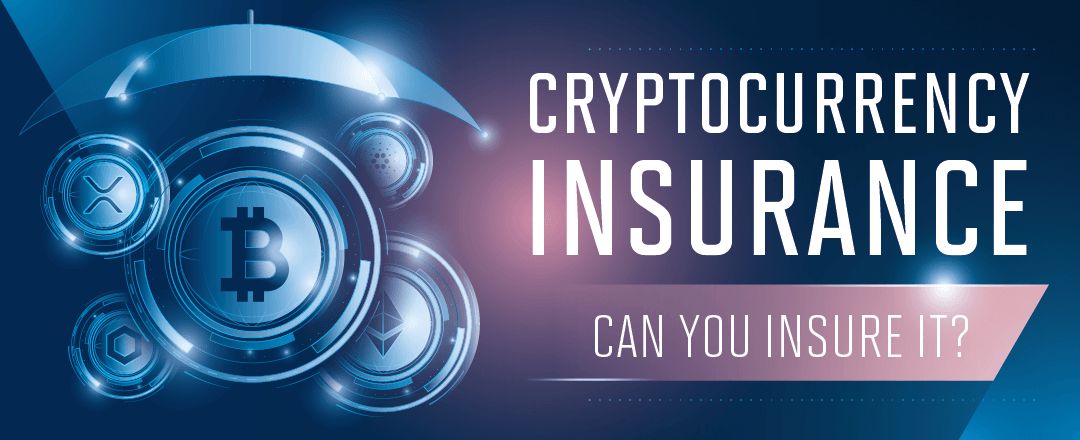 Crypto insurance is worth checking out in order to protect your cryptocurrency gains in the market.
Crypto insurance is worth checking out in order to protect your cryptocurrency gains in the market.
15. 5 Advantages of Having Live Chat on Your Website [Infographic]
 When was the last time you texted someone on WhatsApp or Facebook Messenger? I bet you keep at least three WhatsApp conversations going right now. While reading this article. And doing a bunch of other things.
When was the last time you texted someone on WhatsApp or Facebook Messenger? I bet you keep at least three WhatsApp conversations going right now. While reading this article. And doing a bunch of other things.
16. How to Tackle Recruiter Bias Using AI [Infographic]
 A look at how to use artificial intelligence to solve for recruiting bias in the workplace.
A look at how to use artificial intelligence to solve for recruiting bias in the workplace.
17. Why the Hybrid Workplace May be the Future of Work [Infographic]
 A look at how and why the hybrid blend of remote work and in person office experience may be the future of work.
A look at how and why the hybrid blend of remote work and in person office experience may be the future of work.
18. [Infographic] How Telehealth and Telemedicine are Hacking the Healthcare System
 Soon after COVID-19 hit the world, hospitals across the country started quickly filling up with new patients and forcing some of the long-term care patients out of hospitals. Most of those long-term care patients now can’t go to hospitals due to how vulnerable they are to getting COVID-19. In order to still receive the attention and care that they need, many have turned to telemedicine. Technologies like video conferencing, data monitoring, and smartphone apps that are used to help keep and eye on and treat patients have all seen usage start to spike. CareClix, a virtual health company which has over 20 million users, saw a 50% rise in usage in March alone and Zipnosis, another virtual health company, reported a 3,600% increase in virtual visits over the course of just 11 days in February. The idea of telehealth is not a new concept - as early as 1924, Radio New Magazine featured an illustration of a physician attending to his patient via video. In 1967, the University of Miami’s medical school worked with the local fire department to help set up a system where emergency patient info could be transferred remotely.
Soon after COVID-19 hit the world, hospitals across the country started quickly filling up with new patients and forcing some of the long-term care patients out of hospitals. Most of those long-term care patients now can’t go to hospitals due to how vulnerable they are to getting COVID-19. In order to still receive the attention and care that they need, many have turned to telemedicine. Technologies like video conferencing, data monitoring, and smartphone apps that are used to help keep and eye on and treat patients have all seen usage start to spike. CareClix, a virtual health company which has over 20 million users, saw a 50% rise in usage in March alone and Zipnosis, another virtual health company, reported a 3,600% increase in virtual visits over the course of just 11 days in February. The idea of telehealth is not a new concept - as early as 1924, Radio New Magazine featured an illustration of a physician attending to his patient via video. In 1967, the University of Miami’s medical school worked with the local fire department to help set up a system where emergency patient info could be transferred remotely.
19. VPN And Cybersecurity Threats: How to be Safe Online
 Virtual Private Network (VPN) is a useful tool for accessing the web anonymously. It is steadily developing as an essential component of reducing the risks we are exposed to when going online. In fact, the impending growth of the VPN market, with the projected value set at $54 billion by 2024, demonstrates the potential of the industry.
Virtual Private Network (VPN) is a useful tool for accessing the web anonymously. It is steadily developing as an essential component of reducing the risks we are exposed to when going online. In fact, the impending growth of the VPN market, with the projected value set at $54 billion by 2024, demonstrates the potential of the industry.
20. Why Africa is Becoming the Land of Startup Opportunity
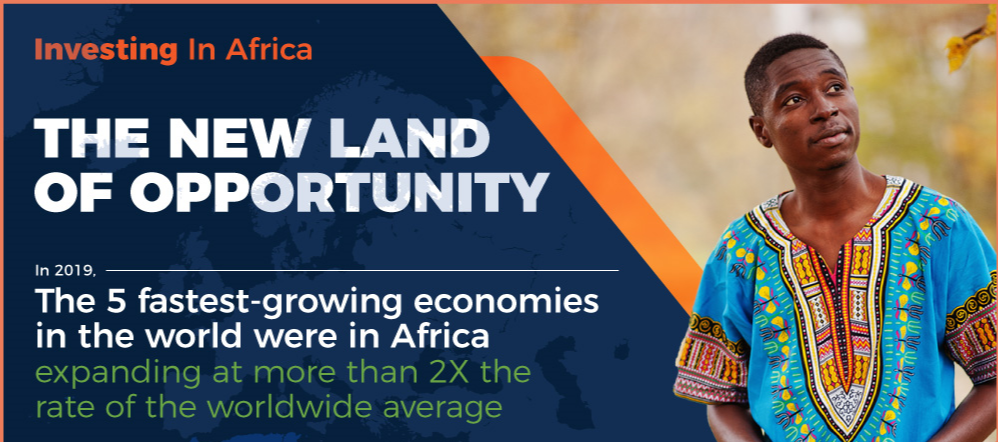 In 2019, the top 5 fastest growing economies in the world were in Africa and they were growing at 2x the global average.
In 2019, the top 5 fastest growing economies in the world were in Africa and they were growing at 2x the global average.
21. Hacking Your Momentum [Infographic]

22. How to Survive a Layoff or Furlough During COVID-19
 COVID-19 has closed down thousands of businesses, stores, and restaurants have millions of workers laid off or put on furlough. As of April 30, 2020, 30 million working Americans filed an initial unemployment claim - that’s nearly 20% of the total workforce. Laid off employees are totally removed from a company, removed from a company’s payroll, and lose all employer-provided benefits.
COVID-19 has closed down thousands of businesses, stores, and restaurants have millions of workers laid off or put on furlough. As of April 30, 2020, 30 million working Americans filed an initial unemployment claim - that’s nearly 20% of the total workforce. Laid off employees are totally removed from a company, removed from a company’s payroll, and lose all employer-provided benefits.
23. AI Resolutions for the New Year
 Artificial intelligence has become a serious buzzword, and for great reason. AI can mean a lot of different things, from algorithms that analyze vast amounts of data to machine learning that learns and adapts. There are a multitude of applications for this technology in business, and over 60% of business leaders today recognize they have an urgent need for a strategy to deploy AI in their business. One in three business leaders believe that AI will have the greatest impact of all the new technologies they deploy over the coming year, so why isn’t your business on board yet?
Artificial intelligence has become a serious buzzword, and for great reason. AI can mean a lot of different things, from algorithms that analyze vast amounts of data to machine learning that learns and adapts. There are a multitude of applications for this technology in business, and over 60% of business leaders today recognize they have an urgent need for a strategy to deploy AI in their business. One in three business leaders believe that AI will have the greatest impact of all the new technologies they deploy over the coming year, so why isn’t your business on board yet?
24. How Legendary Companies Make Money
 (Hint: it's all about customer loyalty.)
(Hint: it's all about customer loyalty.)
25. "We Are Rich Because We Are Free." - How Society Creates Entrepreneurs
 An economic perspective on how society allows a social contract to build entrepreneurs.
An economic perspective on how society allows a social contract to build entrepreneurs.
26. The New STIR/SHAKEN Anti-Spam Regulations on Phone Calls
 A look at how STIR/SHAKEN legislation is changing the game to stop spam calls and allow for verified business.
A look at how STIR/SHAKEN legislation is changing the game to stop spam calls and allow for verified business.
27. Hacking Email Security: Ensuring Your Information is Safe
 A look at how safe your emails are and what you can do to protect them from cyberattacks involving phishing.
A look at how safe your emails are and what you can do to protect them from cyberattacks involving phishing.
28. The Rapid Acceleration of Digital Health [infographic]
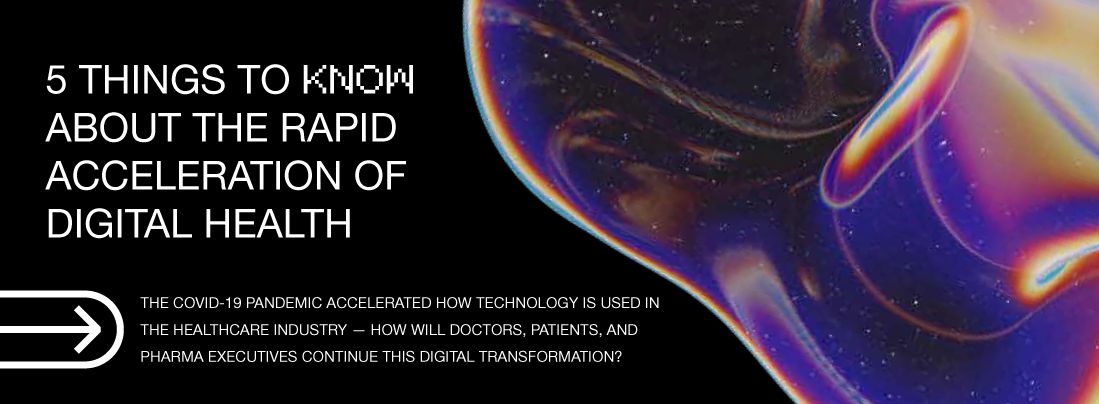 The embracement of technology is a two-sided process and doctors need patient support in order to completely change.
The embracement of technology is a two-sided process and doctors need patient support in order to completely change.
29. Hacking Auto Insurance: Are Givebacks a Good Deal?
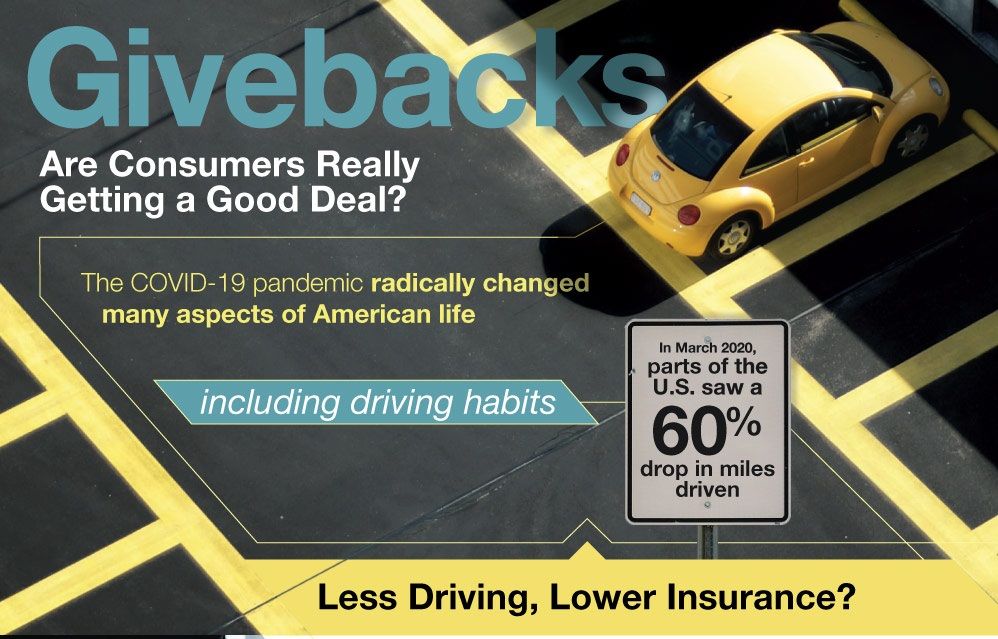 COVID-19 has changed the way many of us live our lives as stores, restaurants, and more have begun closing up shop, causing many to lose their jobs or start working from home. With millions now stuck in their homes, people are driving much less. Less driving means fewer low-speed accidents, and fewer incidents of aggressive acceleration. Insurance companies have started to give back to their customers to help them financially through the pandemic. Insurance companies are offering financial assistance and more flexible payment programs, penalty-free grace period for late payments, to pause cancellation due to non-payment, and waive deductibles for commuting healthcare workers. In response to the sharp decrease in Americans’ driving mileage, some of the nation’s largest insurers have begun to refund auto insurance premiums. Companies such as Allstate, Geico, Progressive, and StateFarm have returned a total of $14 billion to policyholders.
COVID-19 has changed the way many of us live our lives as stores, restaurants, and more have begun closing up shop, causing many to lose their jobs or start working from home. With millions now stuck in their homes, people are driving much less. Less driving means fewer low-speed accidents, and fewer incidents of aggressive acceleration. Insurance companies have started to give back to their customers to help them financially through the pandemic. Insurance companies are offering financial assistance and more flexible payment programs, penalty-free grace period for late payments, to pause cancellation due to non-payment, and waive deductibles for commuting healthcare workers. In response to the sharp decrease in Americans’ driving mileage, some of the nation’s largest insurers have begun to refund auto insurance premiums. Companies such as Allstate, Geico, Progressive, and StateFarm have returned a total of $14 billion to policyholders.
30. Hacking Renewable Energy for a Green Future [Infographic]
 How will the renewable energy industry address growing demand? To do so, they will need a better battery.
How will the renewable energy industry address growing demand? To do so, they will need a better battery.
31. [Infographic] The State of Conversational AI in 2020
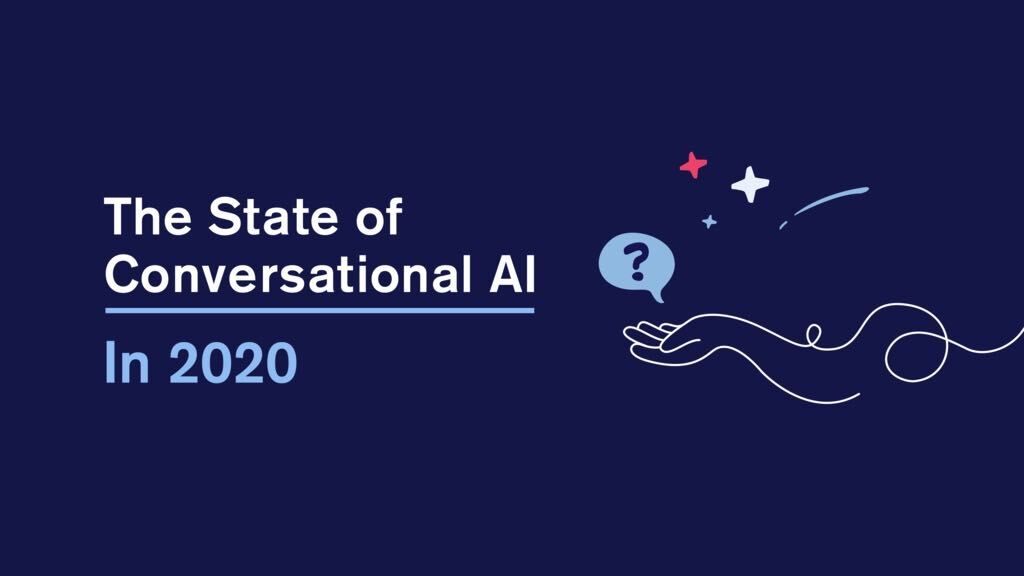 Conversational AI was always poised to take off in 2020. In fact, Gartner predicted that 80% of businesses would implement some sort of conversational interface by the end of this year. With the emergence of COVID-19 came compounded growth for the category - and I wanted to capture just how far we’ve come. So for the conversationally curious out there, I created this infographic that offers a clear depiction of where conversational AI stands at this very moment in time.
Conversational AI was always poised to take off in 2020. In fact, Gartner predicted that 80% of businesses would implement some sort of conversational interface by the end of this year. With the emergence of COVID-19 came compounded growth for the category - and I wanted to capture just how far we’ve come. So for the conversationally curious out there, I created this infographic that offers a clear depiction of where conversational AI stands at this very moment in time.
32. How to Pick the Best Email Marketing Platform
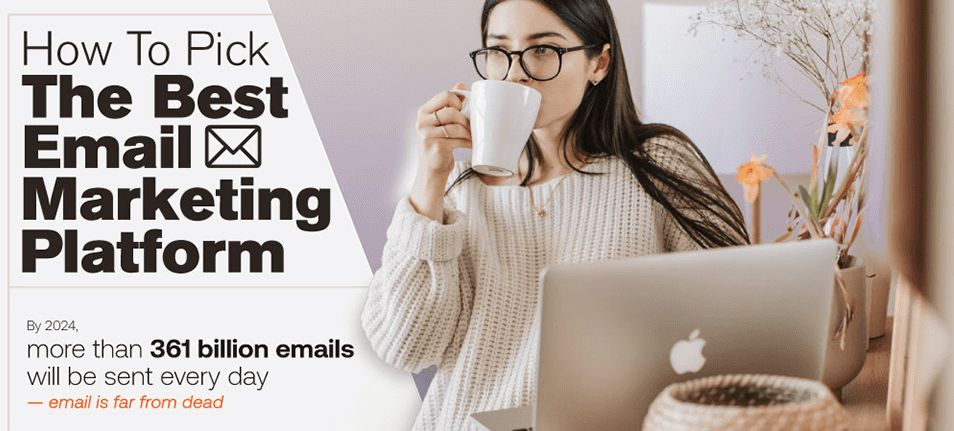 Email marketing, where many view it as a dying industry, is still very active - by 2024, it is estimated that more than 361 billion emails will be sent each and every day. This massive resource is already being utilized by many different companies to market a wide array of products and services. Email marketing can be much more effective than other forms of marketing campaigns - email marketing campaigns have been shown to acquire 40 times more customers than Twitter and Facebook campaigns combined. Email offers can also make customers spend more than twice as much with a special email offer. Marketing professionals say that email engagement is their top metric for measuring content performance, that email is one of their top free and organic distribution channels, and that email newsletters are their most used form of content marketing.
Email marketing, where many view it as a dying industry, is still very active - by 2024, it is estimated that more than 361 billion emails will be sent each and every day. This massive resource is already being utilized by many different companies to market a wide array of products and services. Email marketing can be much more effective than other forms of marketing campaigns - email marketing campaigns have been shown to acquire 40 times more customers than Twitter and Facebook campaigns combined. Email offers can also make customers spend more than twice as much with a special email offer. Marketing professionals say that email engagement is their top metric for measuring content performance, that email is one of their top free and organic distribution channels, and that email newsletters are their most used form of content marketing.
33. The Looming Threat of Ransomware [Infographic]
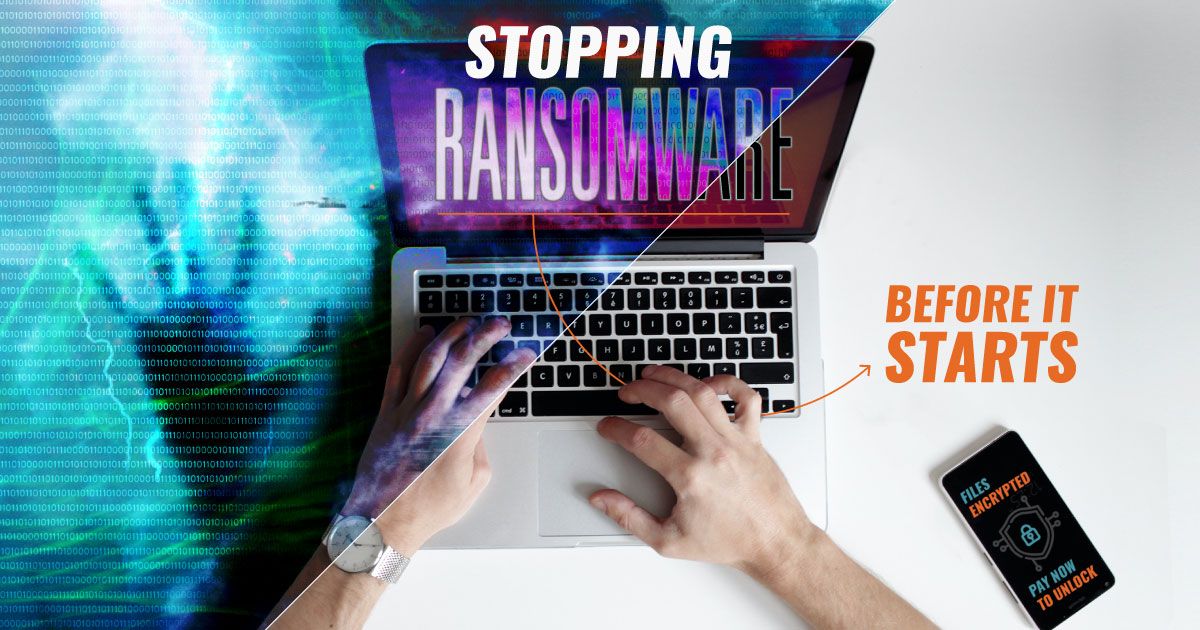 A look at how to prevent ransomware before it happens.
A look at how to prevent ransomware before it happens.
34. A Look at the Nursing Homes of the Future [Infographic]
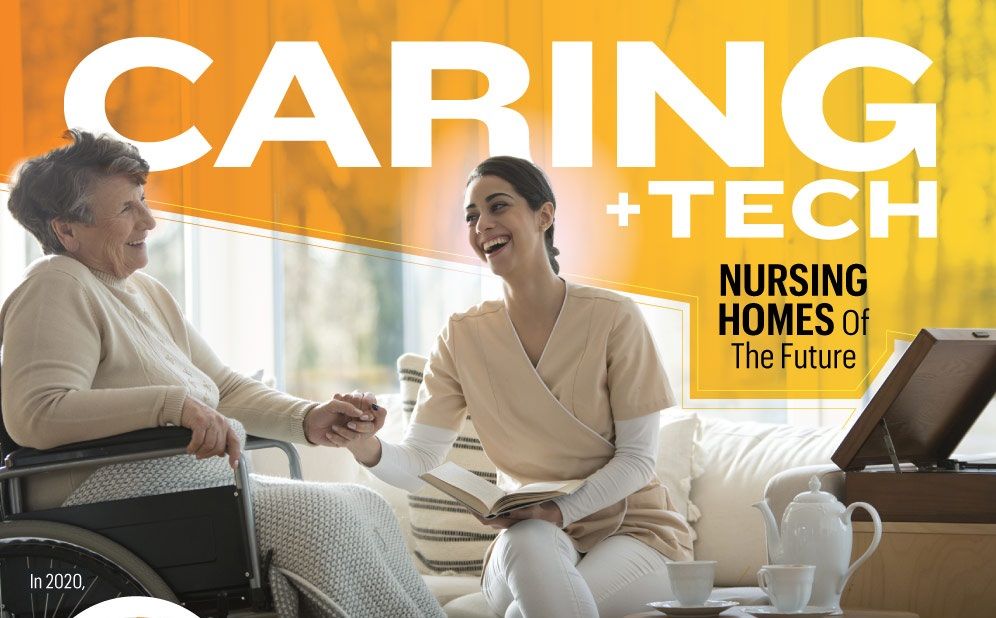 An infographic on the future of tech and empathy that will fuel the senior care and nursing home space.
An infographic on the future of tech and empathy that will fuel the senior care and nursing home space.
35. Why Gen Z May Be the Most Important Generation of Consumers
 Gen Z includes individuals aged 10-22, which encompasses around 2 billion people worldwide and 40% of U.S. consumers. By 2031, Gen Z’s income will account for one-quarter of the world’s total income, outweighing the currently dominant Millennial generation. For companies and businesses, it seems clear that this demographic should be the main focus of outreach efforts.
Gen Z includes individuals aged 10-22, which encompasses around 2 billion people worldwide and 40% of U.S. consumers. By 2031, Gen Z’s income will account for one-quarter of the world’s total income, outweighing the currently dominant Millennial generation. For companies and businesses, it seems clear that this demographic should be the main focus of outreach efforts.
36. Screen Time: How Parents Can Ensure the Safety of Their Children
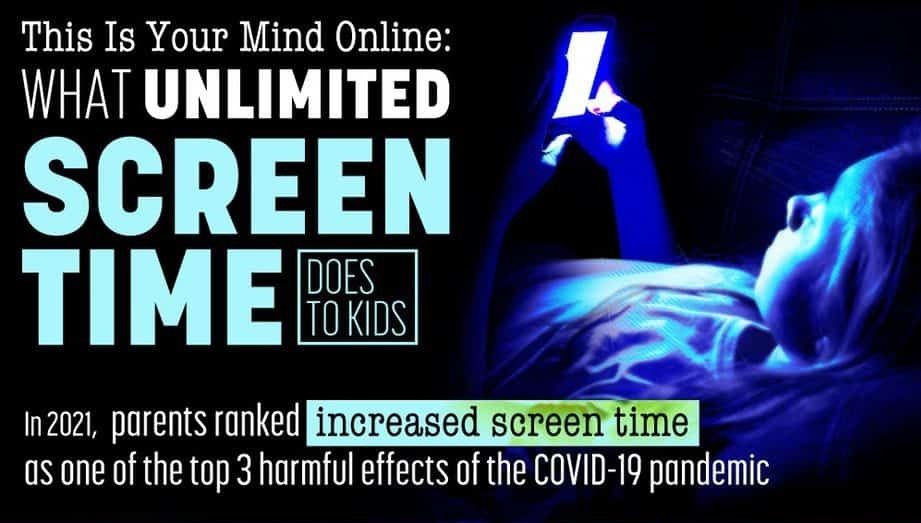 A look at how to properly help with a responsible amount of screen time online safely.
A look at how to properly help with a responsible amount of screen time online safely.
37. Hacking Weight Loss Once And For All [Infographic]
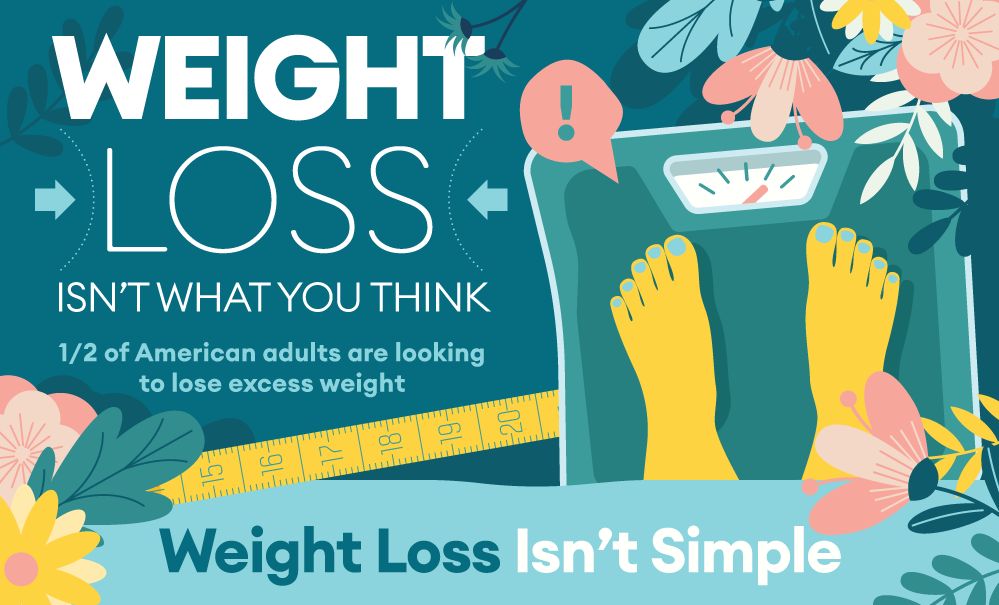 A new approach to weight loss is necessary that can help people where they are in their weight loss for the long term.
A new approach to weight loss is necessary that can help people where they are in their weight loss for the long term.
38. How to Keep Your Immune System Strong During COVID-19
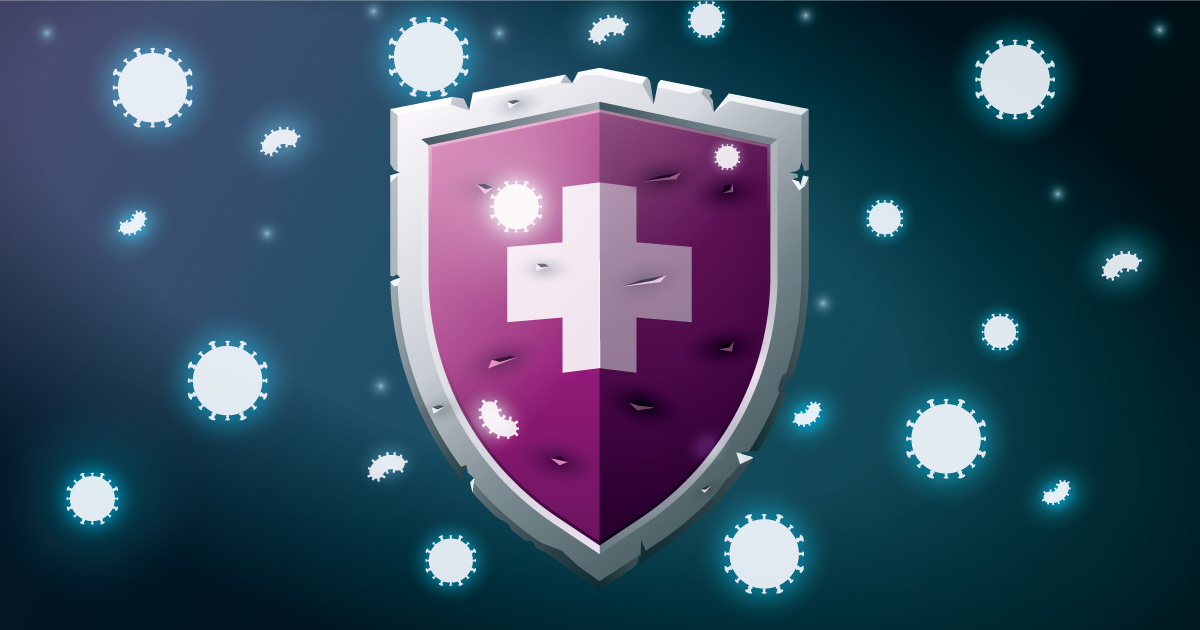 With the outbreak of COVID-19, staying healthy and keeping your immune system in tip-top shape has become more important than ever. The immune system is the body’s natural response to disease and infection and consists of a number of cells and organs that work together to fight a variety of intruders, such as bacteria, viruses, parasites, and more. COVID-19 is especially dangerous, as compared to a previously existing virus such as the flu, because it is new. Because it is new, no one has been previously exposed, meaning they aren’t already immune to it and are still at risk, regardless of overall health. When exposed to antigens, which is a foreign object that causes a response from the immune system, there is normally a barrier between the antigen and your body. These antigens can be found nearly everywhere, ranging from public spaces, to inside your home, in the great outdoors, and more. In the case where an antigen does enter the body, the immune system sends white blood cells to destroy the antigen before it can get worse and reproduce.
With the outbreak of COVID-19, staying healthy and keeping your immune system in tip-top shape has become more important than ever. The immune system is the body’s natural response to disease and infection and consists of a number of cells and organs that work together to fight a variety of intruders, such as bacteria, viruses, parasites, and more. COVID-19 is especially dangerous, as compared to a previously existing virus such as the flu, because it is new. Because it is new, no one has been previously exposed, meaning they aren’t already immune to it and are still at risk, regardless of overall health. When exposed to antigens, which is a foreign object that causes a response from the immune system, there is normally a barrier between the antigen and your body. These antigens can be found nearly everywhere, ranging from public spaces, to inside your home, in the great outdoors, and more. In the case where an antigen does enter the body, the immune system sends white blood cells to destroy the antigen before it can get worse and reproduce.
39. Hacking the Cannabiz Market [Infographic]

40. The People and Tech Behind Data Science
 What is a data scientist? The job has been around for hundreds of years, though as you may suspect things have changed significantly, especially over the last century. In the 1740s Bayes’ Theorem posited that when new data was added to an existing belief, the result was a new and improved belief. This is the basis for the scientific method, by which scientists discover better and better explanations for things. When applied to data, the scientific method creates data science, in which data scientists can use the piles of data people are generating to discover new and better predictions about the future.
What is a data scientist? The job has been around for hundreds of years, though as you may suspect things have changed significantly, especially over the last century. In the 1740s Bayes’ Theorem posited that when new data was added to an existing belief, the result was a new and improved belief. This is the basis for the scientific method, by which scientists discover better and better explanations for things. When applied to data, the scientific method creates data science, in which data scientists can use the piles of data people are generating to discover new and better predictions about the future.
41. Hacking the Way Business is Done With Diversity [Infographic]
 Understanding how diversity should properly be represented through business and the supply chain.
Understanding how diversity should properly be represented through business and the supply chain.
42. Cybersecurity Best Practices and Risks [Infographic]
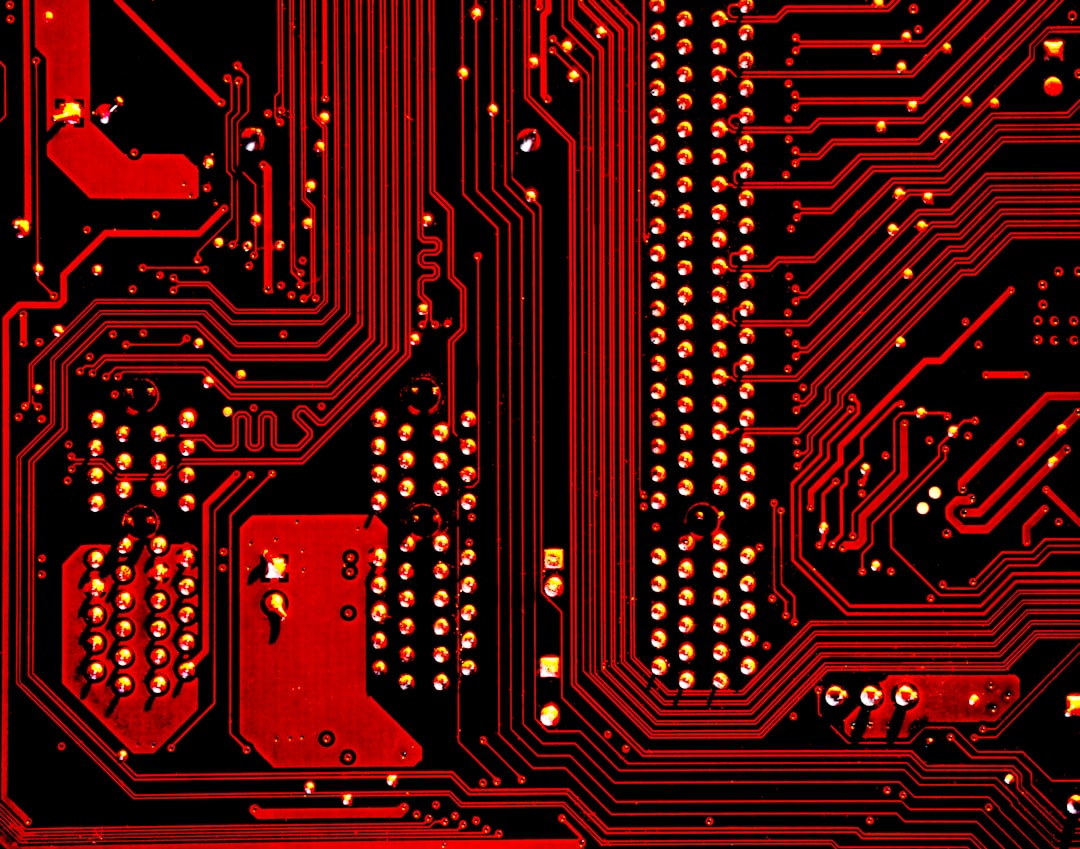
43. Biohacking Your Health Through Online Supplements [Infographic]
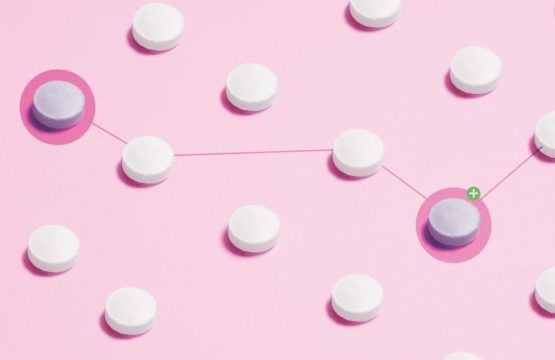 Hacking your health through the online supplement business -
one of the most important staples of Amazon’s online business is in the realm of supplements.
Hacking your health through the online supplement business -
one of the most important staples of Amazon’s online business is in the realm of supplements.
44. Hacking the Payment Problem of Disconnected Healthcare Systems [Infographic]
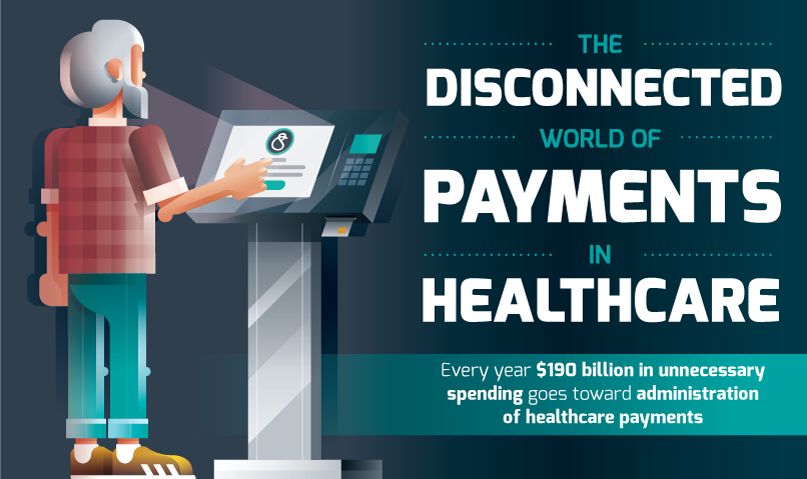 A look at the disconnected world of healthcare payments, including a convenient infographic to illustrate the issues.
A look at the disconnected world of healthcare payments, including a convenient infographic to illustrate the issues.
45. Face Masks: The Key to Flattening the Curve for COVID-19 [Infographic]
 Wearing a face mask has recently become a norm for people across the country as the CDC has resolved that all Americans should wear a face covering when in public to slow the spread. The WHO recommends wearing a face mask if either you are caring for a person that is suspected of having COVID-19 or you yourself are sneezing, coughing, or sick. The WHO also stresses that face masks are only effective if you use them properly, and are not a replacement for frequent handwashing or hand sanitizing. The CDC advises wearing a face mask in a public setting where social distancing is impractical or in areas where transmission can easily happen. The CDC stresses that face masks do not replace other social distancing measures and should be made at home or made of cloth, rather than surgical masks or N95 masks.
Wearing a face mask has recently become a norm for people across the country as the CDC has resolved that all Americans should wear a face covering when in public to slow the spread. The WHO recommends wearing a face mask if either you are caring for a person that is suspected of having COVID-19 or you yourself are sneezing, coughing, or sick. The WHO also stresses that face masks are only effective if you use them properly, and are not a replacement for frequent handwashing or hand sanitizing. The CDC advises wearing a face mask in a public setting where social distancing is impractical or in areas where transmission can easily happen. The CDC stresses that face masks do not replace other social distancing measures and should be made at home or made of cloth, rather than surgical masks or N95 masks.
46. The Future of Eyewear Tech [Infographic]
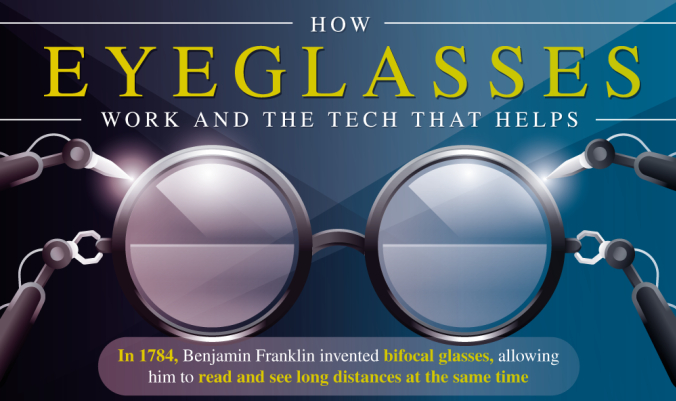 Glasses are among one of the most popular needs of Americans with 184 million owning a pair. That’s roughly 64% of our nation’s population. The need for glasses range from far- and nearsightedness to astigmatism. Eyewear tech received subtle, yet dramatic changes between the 18th and 21st centuries, but there has always been room to grow. While eyeglasses are such an old technology at this point we rarely think of them as technology, credit for the advancements that have been made in recent decades is wholly owed to the scientific community. The future of eyewear is now completely in the hands of technology, and there are some exciting advancements coming down the line.
Glasses are among one of the most popular needs of Americans with 184 million owning a pair. That’s roughly 64% of our nation’s population. The need for glasses range from far- and nearsightedness to astigmatism. Eyewear tech received subtle, yet dramatic changes between the 18th and 21st centuries, but there has always been room to grow. While eyeglasses are such an old technology at this point we rarely think of them as technology, credit for the advancements that have been made in recent decades is wholly owed to the scientific community. The future of eyewear is now completely in the hands of technology, and there are some exciting advancements coming down the line.
47. What are NFTs and How to Best Protect Them
 In the third quarter of 2021, the prevalence of NFTs (Non-Fungible Tokens) outbursts as its trading volume reached $11 billion for over a year. However, with the increasing network and investors streaming in its assets, various frauds and hackers have been targeting NFTs, leading to several security complications for weak NFT authentication measures.
In the third quarter of 2021, the prevalence of NFTs (Non-Fungible Tokens) outbursts as its trading volume reached $11 billion for over a year. However, with the increasing network and investors streaming in its assets, various frauds and hackers have been targeting NFTs, leading to several security complications for weak NFT authentication measures.
48. Impact Of COVID-19 On The U.S. Economy
 As the novel coronavirus rips through America, its effect is being felt far beyond the over 1.5 million Americans who are confirmed infected. The ill-health, quarantines, and lockdowns that are needed to fight the virus’s spread are freezing the economy. The fluctuating stock market has wiped out three years of gains. A record 3.3 million Americans have applied for unemployment benefits, the highest number ever recorded.
As the novel coronavirus rips through America, its effect is being felt far beyond the over 1.5 million Americans who are confirmed infected. The ill-health, quarantines, and lockdowns that are needed to fight the virus’s spread are freezing the economy. The fluctuating stock market has wiped out three years of gains. A record 3.3 million Americans have applied for unemployment benefits, the highest number ever recorded.
49. What Business Live Videos are People Actually Watching?
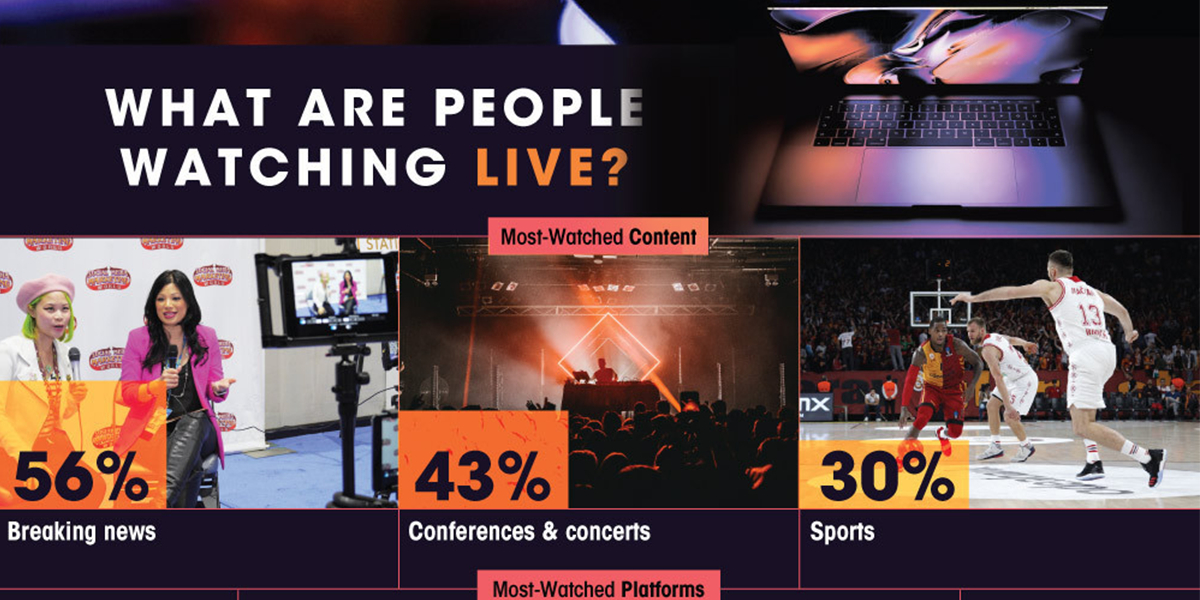 Live video is changing the way people watch video as a whole and can be used to build your business. Eight out of every 10 people would watch video that is live rather than read a blog post or social media post. This is an important opportunity to showcase your business in a neglected medium for which there is already an established audience. Creating live video for your business isn’t difficult, and chances are you already have everything you need to get started. Why aren’t you live streaming yet?
Live video is changing the way people watch video as a whole and can be used to build your business. Eight out of every 10 people would watch video that is live rather than read a blog post or social media post. This is an important opportunity to showcase your business in a neglected medium for which there is already an established audience. Creating live video for your business isn’t difficult, and chances are you already have everything you need to get started. Why aren’t you live streaming yet?
50. What it Really Means to Hire Slow, Fire Fast
 A look at what it truly means to practically incorporate hire slow, fire fast within your organization.
A look at what it truly means to practically incorporate hire slow, fire fast within your organization.
51. Digital Workspaces: Hacking the Future of Work
 A look at how to engage in the future of work through digital workspaces
A look at how to engage in the future of work through digital workspaces
52. Can Digital Therapeutics Help in Times of Coronavirus Crisis?
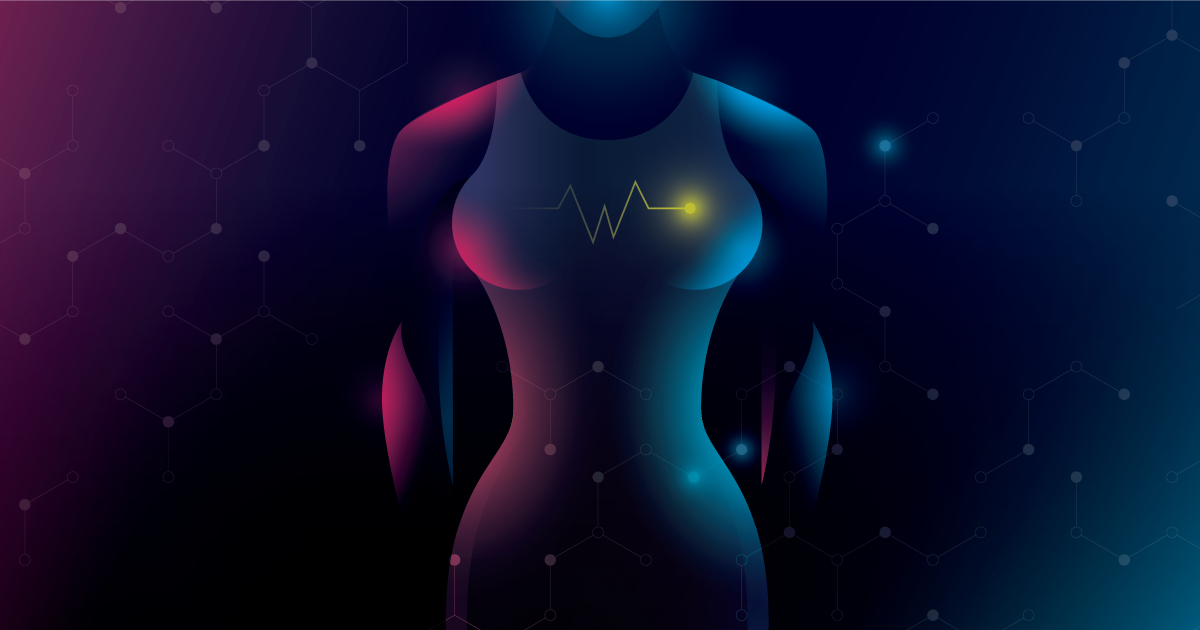 Medicine is taking a turn from physical to digital - by 2025, the digital therapeutics market is projected to hit $7.8 billion. The uses of digital therapeutics range wildly from alleviating symptoms of physiological and neurobehavioral symptoms to therapeutic interventions driven by software and tech to therapies to improve outcomes when combined with regular treatments. They also offer new options to those who have otherwise unmet needs, and can help reduce reliance on medication. Digital therapeutics can also be used in the treatment of diabetes, obesity, cardiovascular, central nervous, respiratory, and gastrointestinal problems.
Medicine is taking a turn from physical to digital - by 2025, the digital therapeutics market is projected to hit $7.8 billion. The uses of digital therapeutics range wildly from alleviating symptoms of physiological and neurobehavioral symptoms to therapeutic interventions driven by software and tech to therapies to improve outcomes when combined with regular treatments. They also offer new options to those who have otherwise unmet needs, and can help reduce reliance on medication. Digital therapeutics can also be used in the treatment of diabetes, obesity, cardiovascular, central nervous, respiratory, and gastrointestinal problems.
53. The Ethics Behind Data Collection and Privacy [Infographic]
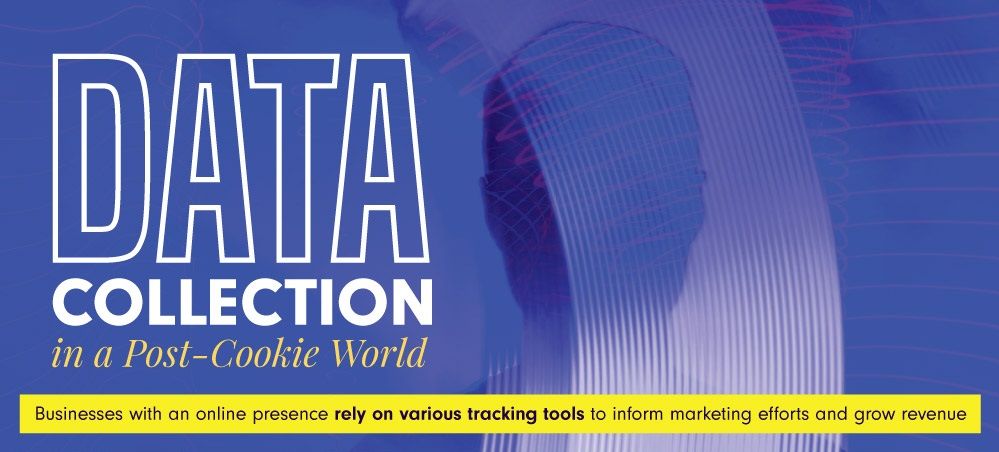 A look at the future of data collection and online privacy through cookieless tracking.
A look at the future of data collection and online privacy through cookieless tracking.
54. A JavaScript Infographic: Data Science Salaries in 2022
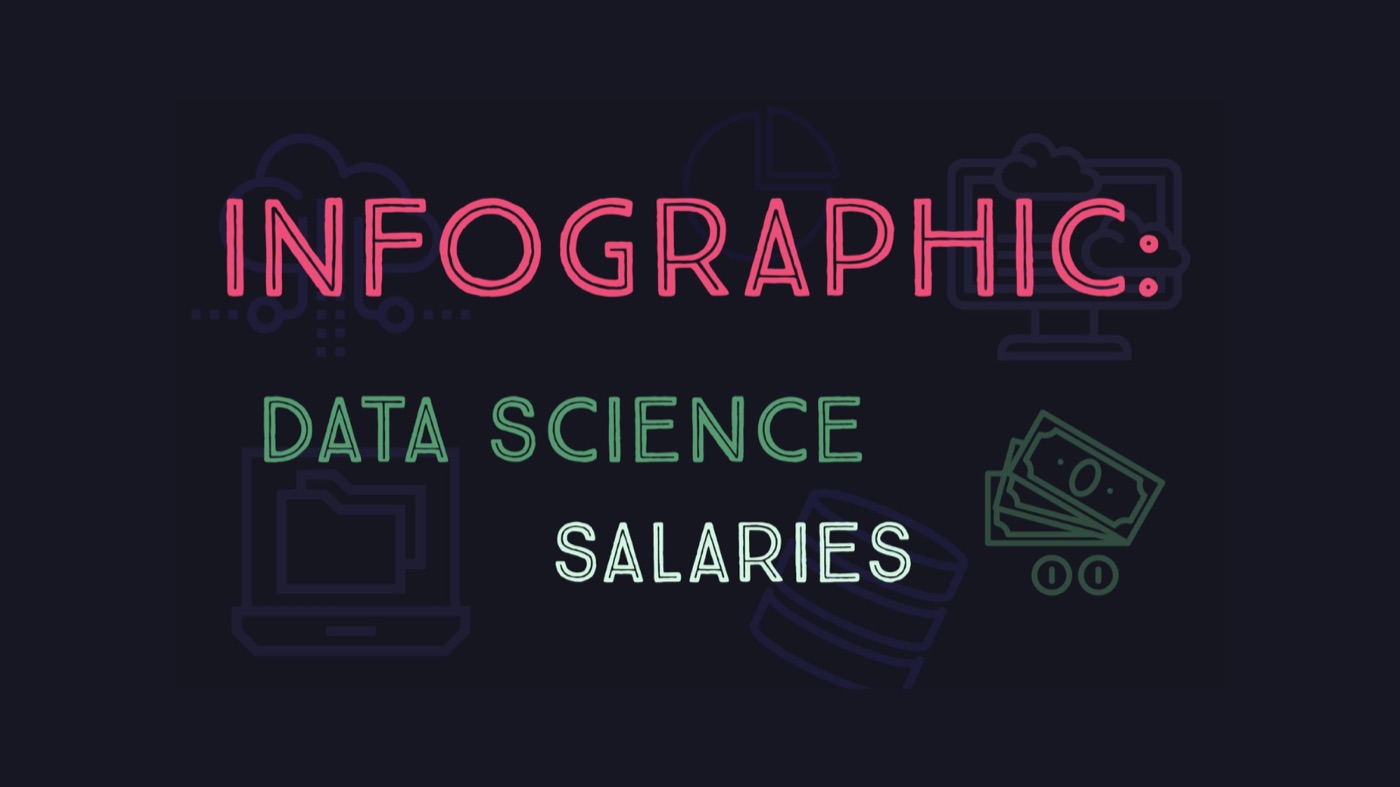 Data visualisation infographic with insights on salary level of data scientists - how to create the JavaScript dashboard and analyse its data
Data visualisation infographic with insights on salary level of data scientists - how to create the JavaScript dashboard and analyse its data
55. How Telemedicine Serves Nursing Home Needs [Infographic]
 Telehealth has made the quality of care better for nursing home residents. Learn more about how the digital health transformation is changing the game.
Telehealth has made the quality of care better for nursing home residents. Learn more about how the digital health transformation is changing the game.
56. How to Practice Social Distancing Without Feeling Isolated

57. Hacking Business Training With Microlearning
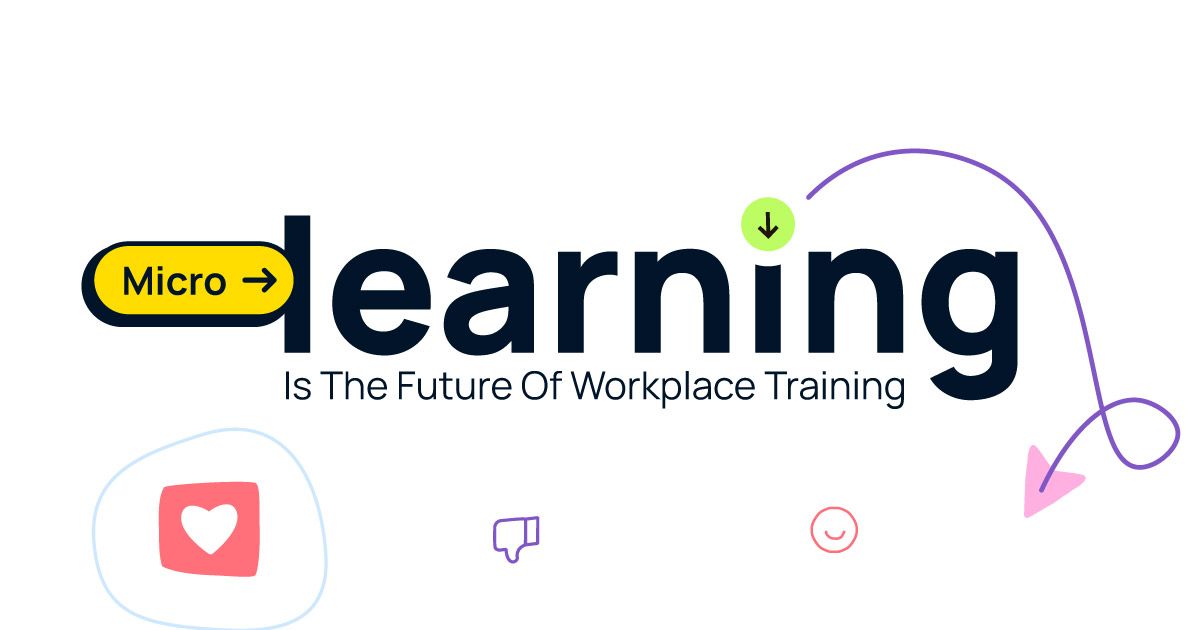 A look at how microlearning is changing the game to ramp up workplace training.
A look at how microlearning is changing the game to ramp up workplace training.
58. Hacking the Future of Healthcare: Telehealth and Telemedicine
 A look at how telemedicine and telehealth are the future of healthcare.
A look at how telemedicine and telehealth are the future of healthcare.
59. How to Choose the Fastest Web Hosting [Infographic]
 Having a good website to draw in potential clients and in a time where more and more businesses are moving to a virtual platform, having a stable and fast website is more important than ever.
Having a good website to draw in potential clients and in a time where more and more businesses are moving to a virtual platform, having a stable and fast website is more important than ever.
60. How to Hack the Google 3 Pack for Multi-Location Landing Pages
 A look at how to reach the coveted 3 pack of local search, especially with concern for multi-location landing pages.
A look at how to reach the coveted 3 pack of local search, especially with concern for multi-location landing pages.
61. Hacking Your Sleep Cycle
 No one is sleeping well. There is a lot of uncertainty in the world and it’s not just from the pandemic - the economic downturn and struggle for equal rights seems to be overshadowing the pandemic. People are reporting strange and vivid dreams and nightmares and with it trouble falling asleep, staying asleep, and feeling rested when they wake up. It’s time to start hacking our minds so we can get the sleep we need to maintain our best health.
No one is sleeping well. There is a lot of uncertainty in the world and it’s not just from the pandemic - the economic downturn and struggle for equal rights seems to be overshadowing the pandemic. People are reporting strange and vivid dreams and nightmares and with it trouble falling asleep, staying asleep, and feeling rested when they wake up. It’s time to start hacking our minds so we can get the sleep we need to maintain our best health.
62. A Look at the Healthcare Jobs of the Future
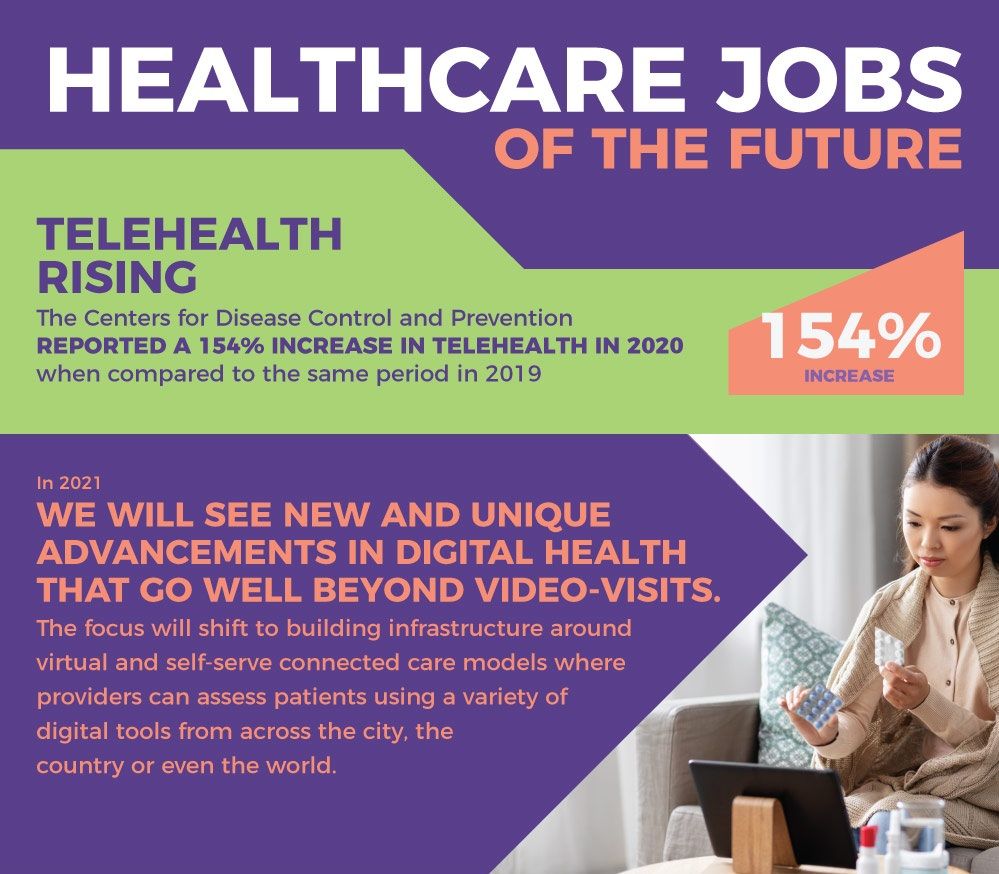 A look at the healthcare prediction trends of the future and how it's been accelerated by COVID-19.
A look at the healthcare prediction trends of the future and how it's been accelerated by COVID-19.
63. TikTok vs Instagram: Which's Trending More? [Infographic]
 New social media platforms spring up daily, but not all of them go viral and get downloaded like crazy; not at least like Instagram did in its heyday. There was a point of time when Instagram reigned supreme in the kingdom of most downloaded apps worldwide and no other app could dare challenge that supremacy.
New social media platforms spring up daily, but not all of them go viral and get downloaded like crazy; not at least like Instagram did in its heyday. There was a point of time when Instagram reigned supreme in the kingdom of most downloaded apps worldwide and no other app could dare challenge that supremacy.
64. Healthy Eating Under Coronavirus Quarantine
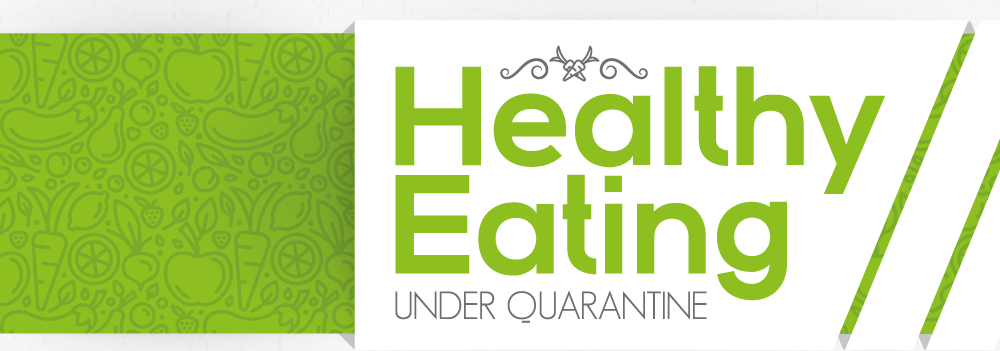 Eating out has become a big part of our lives and with everyone now at home, a lot needs to change to make up for it. Before this lockdown, Americans would eat out on average nearly 6 times per week. Eating at home is still popular - Americans spend around $4,400 annually on food for their fridge; around 7% of their total annual spending. In these past few weeks, however, going to grocery stores has been discouraged and most restaurants have been closed. This has caused many to stock up on a variety of items. Shoppers are stocking up on goods like canned foods, hand sanitizer, toilet paper, and bottled water. Sales for some of these items such as oat milk and medical masks are up by hundreds of percent and other products like frozen and fresh fruit, dried beans, bath and shower wipes, and water all have higher sales that are higher by a noticeable amount.
Eating out has become a big part of our lives and with everyone now at home, a lot needs to change to make up for it. Before this lockdown, Americans would eat out on average nearly 6 times per week. Eating at home is still popular - Americans spend around $4,400 annually on food for their fridge; around 7% of their total annual spending. In these past few weeks, however, going to grocery stores has been discouraged and most restaurants have been closed. This has caused many to stock up on a variety of items. Shoppers are stocking up on goods like canned foods, hand sanitizer, toilet paper, and bottled water. Sales for some of these items such as oat milk and medical masks are up by hundreds of percent and other products like frozen and fresh fruit, dried beans, bath and shower wipes, and water all have higher sales that are higher by a noticeable amount.
65. Why is Physical Security Such a Huge Threat?
 We’ve all heard about credit card skimming. This is the method by which skimmers attach devices to ATMs and gas pumps that capture your credit card number, and it’s often associated with a camera to catch you putting in your PIN. In 2018, credit and debit card fraud resulted in $28 billion in losses. This has prompted repeated calls for people to be on the lookout for things that are suspicious, cover their hands when they input their PIN numbers, and to only use “reputable” ATMs and gas pumps. Unfortunately the fraudsters are always one step ahead, and they are always coming up with new and creative ways to commit fraud.
We’ve all heard about credit card skimming. This is the method by which skimmers attach devices to ATMs and gas pumps that capture your credit card number, and it’s often associated with a camera to catch you putting in your PIN. In 2018, credit and debit card fraud resulted in $28 billion in losses. This has prompted repeated calls for people to be on the lookout for things that are suspicious, cover their hands when they input their PIN numbers, and to only use “reputable” ATMs and gas pumps. Unfortunately the fraudsters are always one step ahead, and they are always coming up with new and creative ways to commit fraud.
66. Mental Health in the Coronavirus Era
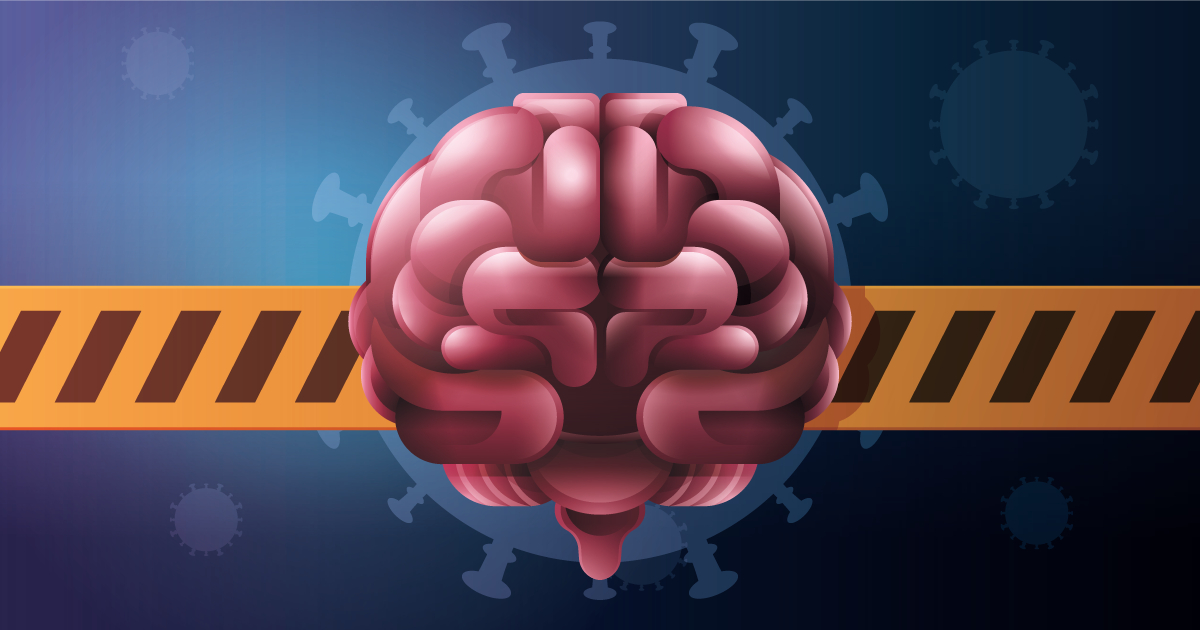 With the U.S. taking the title of most reported COVID-19 cases in any one nation, staying at home is being pushed more than ever. But staying at home all day every day can have some negative side effects on the mind and body. Social isolation can lead to a multitude of health concerns including heightened risk of high blood pressure, heart disease, cancer, and stroke. Even just short periods of time alone can increase anxiety and depression after only a few days mainly due to the fact that most people rely on one or two close relationships to help them stay level-headed and secure. This is most common in high income earners, those with a graduate degree, married couples, and people over the age of 65.
With the U.S. taking the title of most reported COVID-19 cases in any one nation, staying at home is being pushed more than ever. But staying at home all day every day can have some negative side effects on the mind and body. Social isolation can lead to a multitude of health concerns including heightened risk of high blood pressure, heart disease, cancer, and stroke. Even just short periods of time alone can increase anxiety and depression after only a few days mainly due to the fact that most people rely on one or two close relationships to help them stay level-headed and secure. This is most common in high income earners, those with a graduate degree, married couples, and people over the age of 65.
67. Hacking the Higher Ed System for a Free Online Education
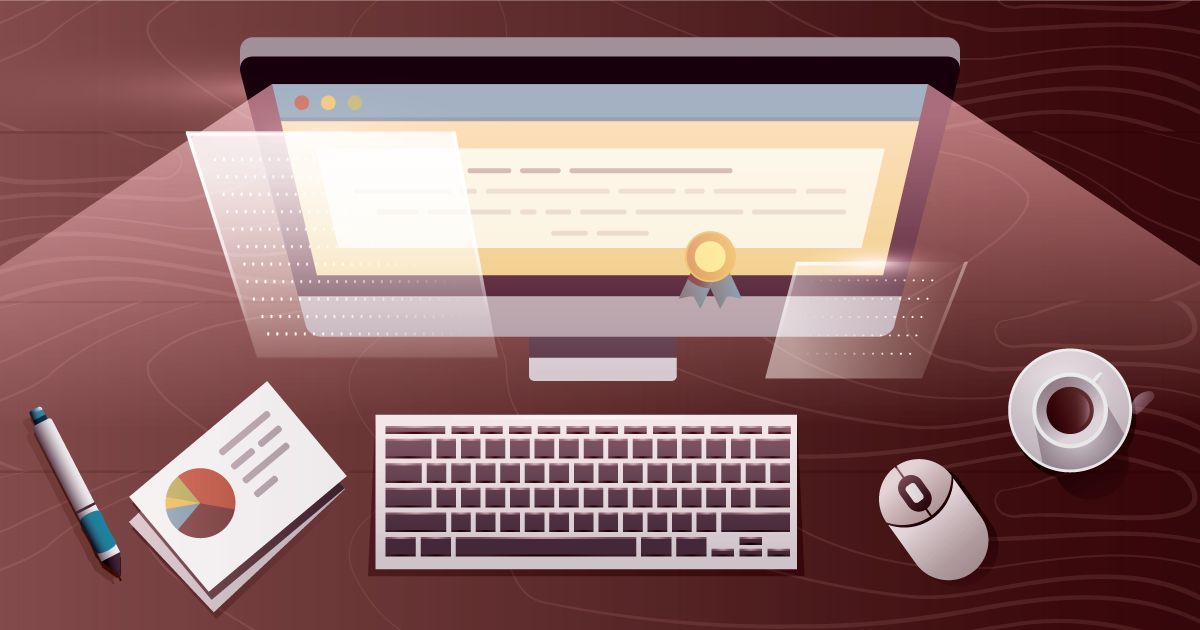 There's a better way to skip the 4 year traditional college model by educating yourself online for free.
There's a better way to skip the 4 year traditional college model by educating yourself online for free.
68. Hacking Against Inflation Through Real Estate [Infographic]
 A look at how to hedge against inflation by investing in real estate.
A look at how to hedge against inflation by investing in real estate.
69. Not All Screens Are Bad: Kids Screen Time and COVID
 During an age of social distancing, the amount of kids and teens using computers, tablets, and phones has gone up drastically as well as how long they are using those devices. This is causing over 80% of parents to worry about how much time their children spend online and more than half think that their children may have gotten addicted to screens by the end of the COVID-19 pandemic. Since the start of the pandemic, 66% of children are spending time on screens - 60% spend more than 3 hours with screens, 49% spend over 6 hours online each day, more than a 500% increase from 2019, and 30% are online without supervision for more than 4 hours per day. Only 34% of kids spend more time playing without a screen than with a screen during the pandemic. From 2015 to 2019, children’s use every day of computers for homework has doubled, and in May 2020, 80% of classrooms switched to an online and remote classroom. Too much screen time for small children and teens can leave a lasting impact. Children under the age of 2, who regularly watch at least 1 hour of television per day, show an increased risk of a number of delays, such as cognitive, motor, and language delays. Children between the ages of 2 to 6 who use screens frequently have been shown to be more likely to develop emotional problems and suffer from family dysfunction. Teens and young adults who regularly spend long stretches of time on social media display higher rates of depression and even higher rates of suicide. The American Academy of Pediatrics suggests a limit on screen time for children under the age of 6 of 1 hour and the WHO and CDC recommend 2 hours of screen time or less for children under the age of 18. Different screens have been shown to have different effects. Watching television has shown some of the most negative effects because it has no active interaction with the child.
During an age of social distancing, the amount of kids and teens using computers, tablets, and phones has gone up drastically as well as how long they are using those devices. This is causing over 80% of parents to worry about how much time their children spend online and more than half think that their children may have gotten addicted to screens by the end of the COVID-19 pandemic. Since the start of the pandemic, 66% of children are spending time on screens - 60% spend more than 3 hours with screens, 49% spend over 6 hours online each day, more than a 500% increase from 2019, and 30% are online without supervision for more than 4 hours per day. Only 34% of kids spend more time playing without a screen than with a screen during the pandemic. From 2015 to 2019, children’s use every day of computers for homework has doubled, and in May 2020, 80% of classrooms switched to an online and remote classroom. Too much screen time for small children and teens can leave a lasting impact. Children under the age of 2, who regularly watch at least 1 hour of television per day, show an increased risk of a number of delays, such as cognitive, motor, and language delays. Children between the ages of 2 to 6 who use screens frequently have been shown to be more likely to develop emotional problems and suffer from family dysfunction. Teens and young adults who regularly spend long stretches of time on social media display higher rates of depression and even higher rates of suicide. The American Academy of Pediatrics suggests a limit on screen time for children under the age of 6 of 1 hour and the WHO and CDC recommend 2 hours of screen time or less for children under the age of 18. Different screens have been shown to have different effects. Watching television has shown some of the most negative effects because it has no active interaction with the child.
70. Why is Inflation So High? [Infographic]
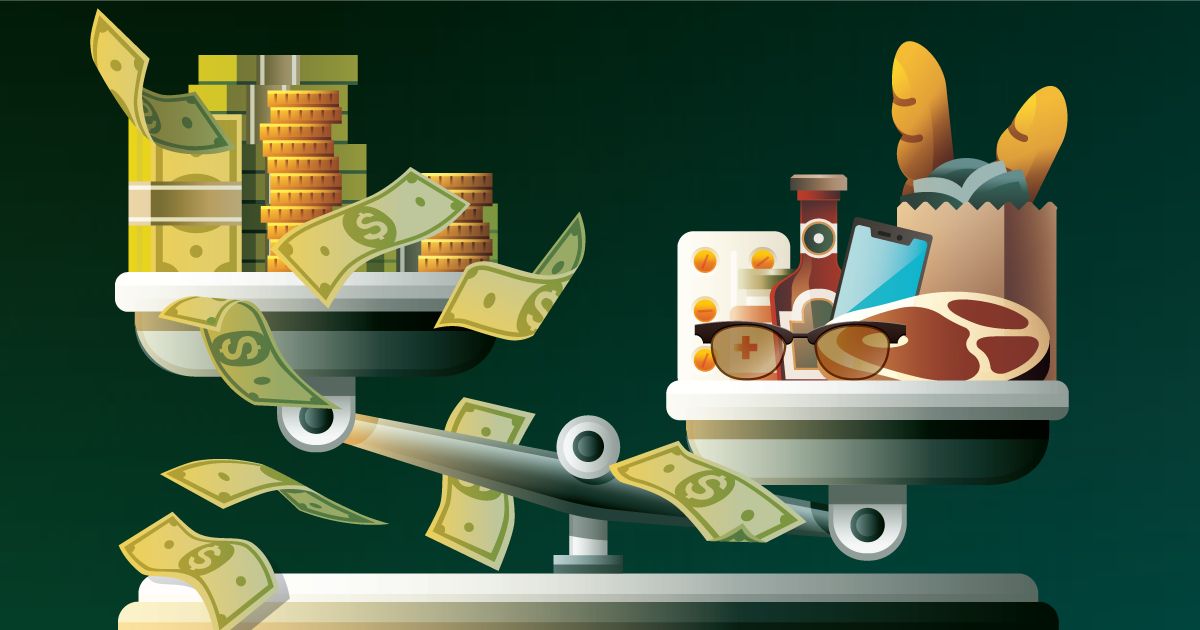 A look at why inflation is currently skyrocketing.
A look at why inflation is currently skyrocketing.
71. How the Cannabis Industry is Changing the Job Market
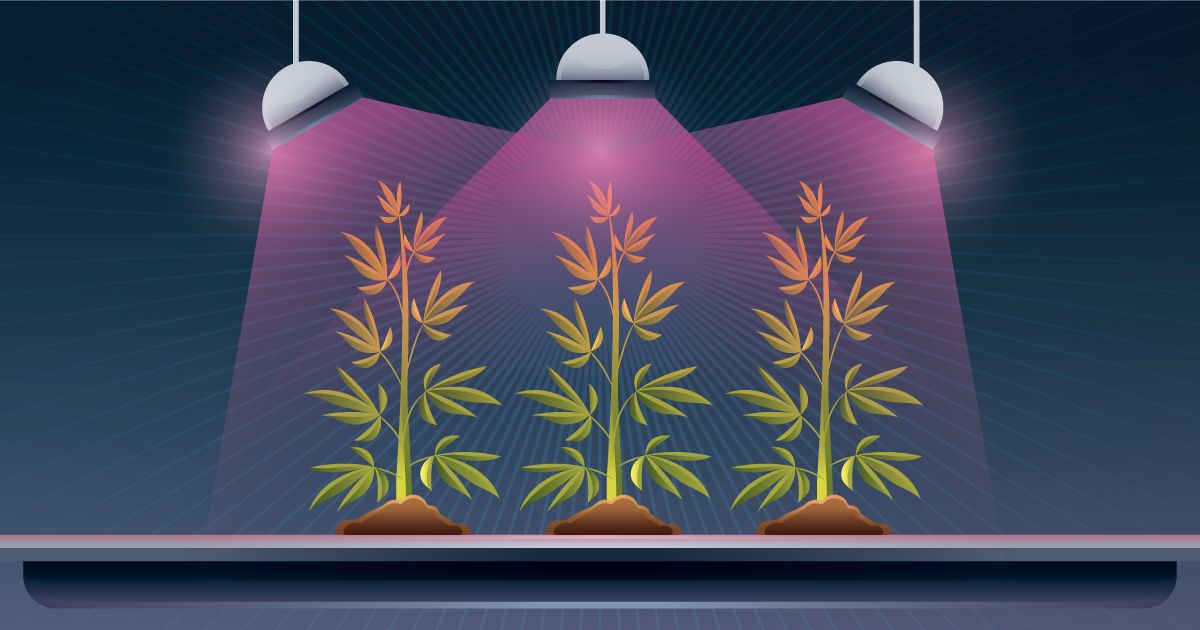 A look at some of the notable jobs in the booming legal cannabis industry.
A look at some of the notable jobs in the booming legal cannabis industry.
72. Hacking The Psychology of Business Names
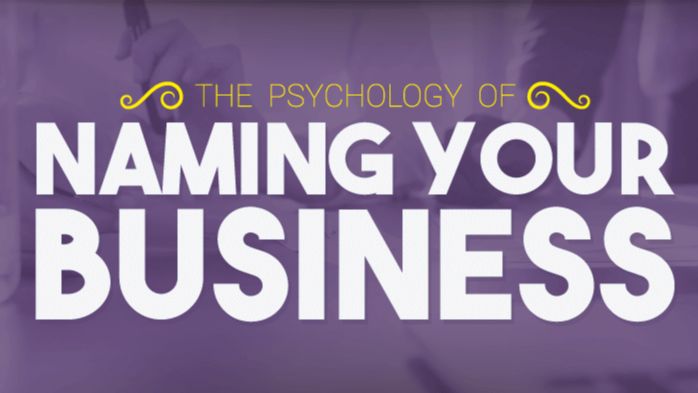 What's in a name? It's important to figure out how to pick the best name for your business.
What's in a name? It's important to figure out how to pick the best name for your business.
73. Hacking People’s Memories: The Mandela Effect
 A look at how large groups of people remember things wrong, commonly known as the Mandela Effect
A look at how large groups of people remember things wrong, commonly known as the Mandela Effect
74. The Rapid Fire Adoption of Smart Home Tech
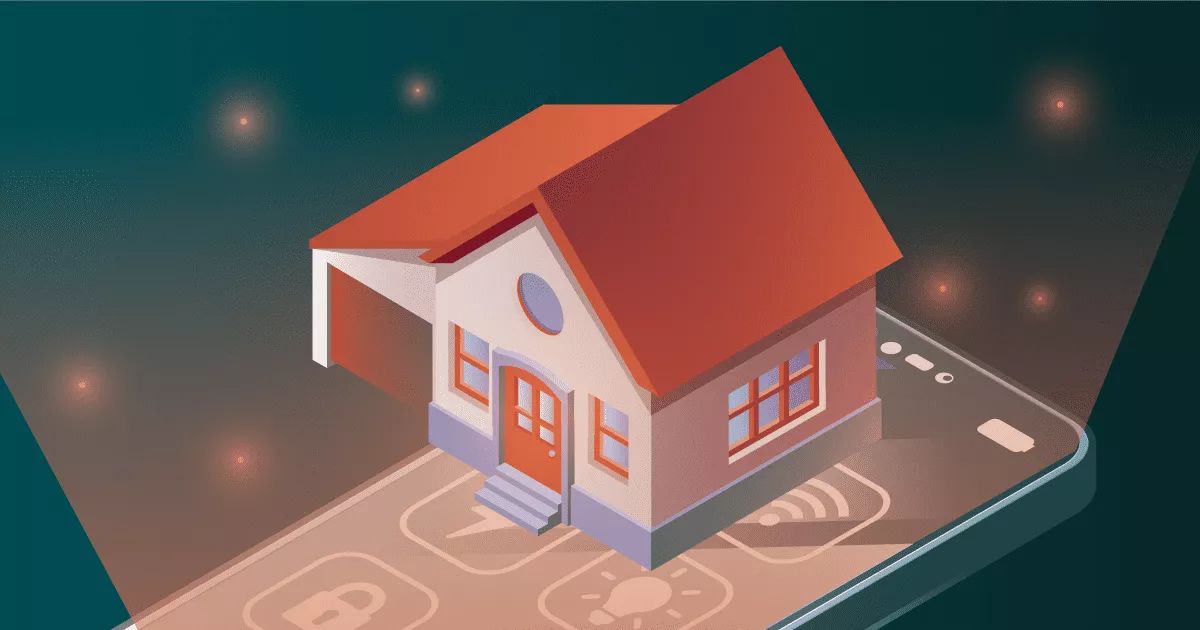 A look at the smart homes and smart devices of the future, lead by Millennials and Gen Z generations.
A look at the smart homes and smart devices of the future, lead by Millennials and Gen Z generations.
75. Hacking a Sustainable Future [Infographic]
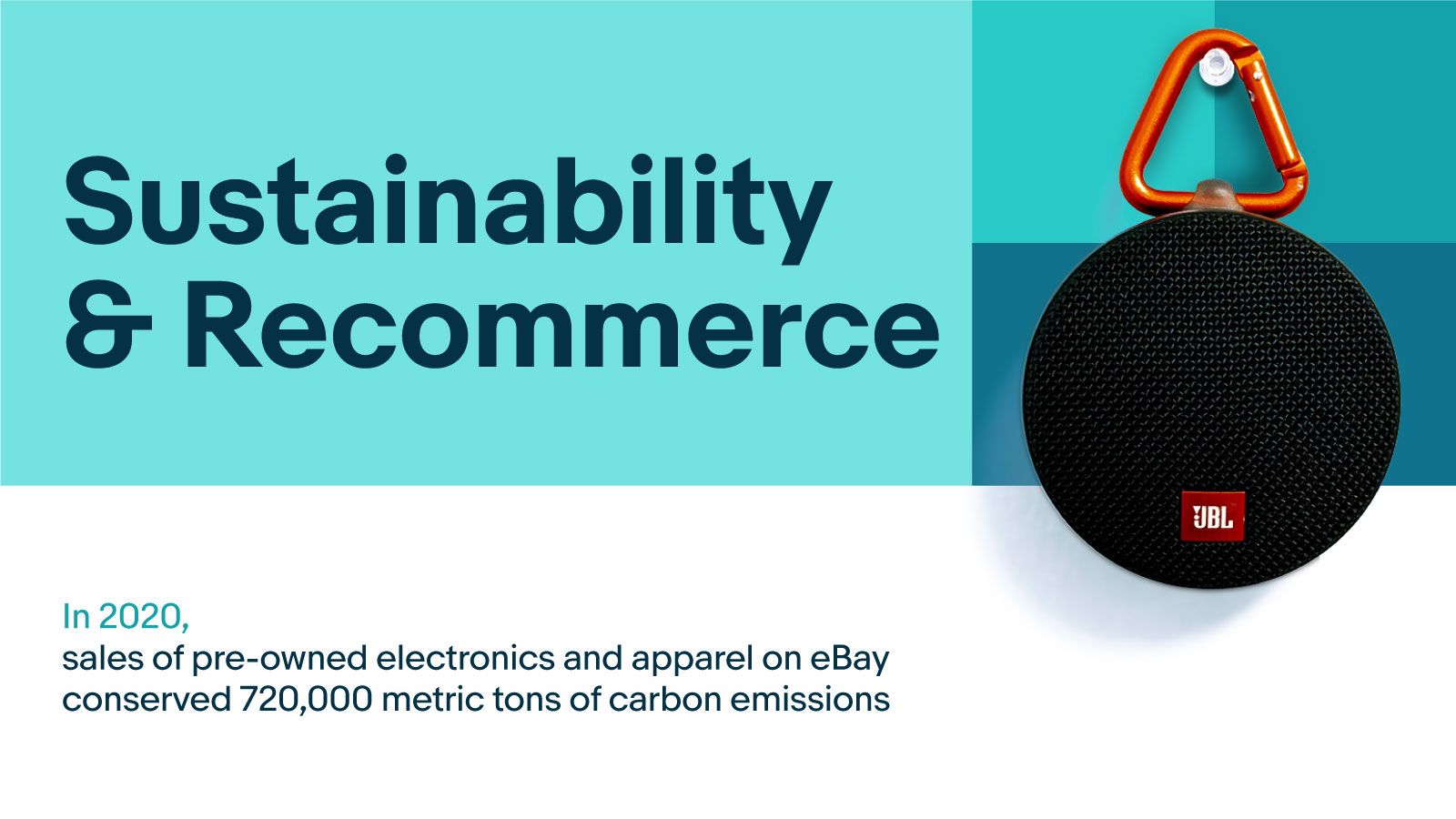 A look at how sustainability and eCommerce can go hand in hand.
A look at how sustainability and eCommerce can go hand in hand.
76. A Serverless Perspective on HTTP API Gateway
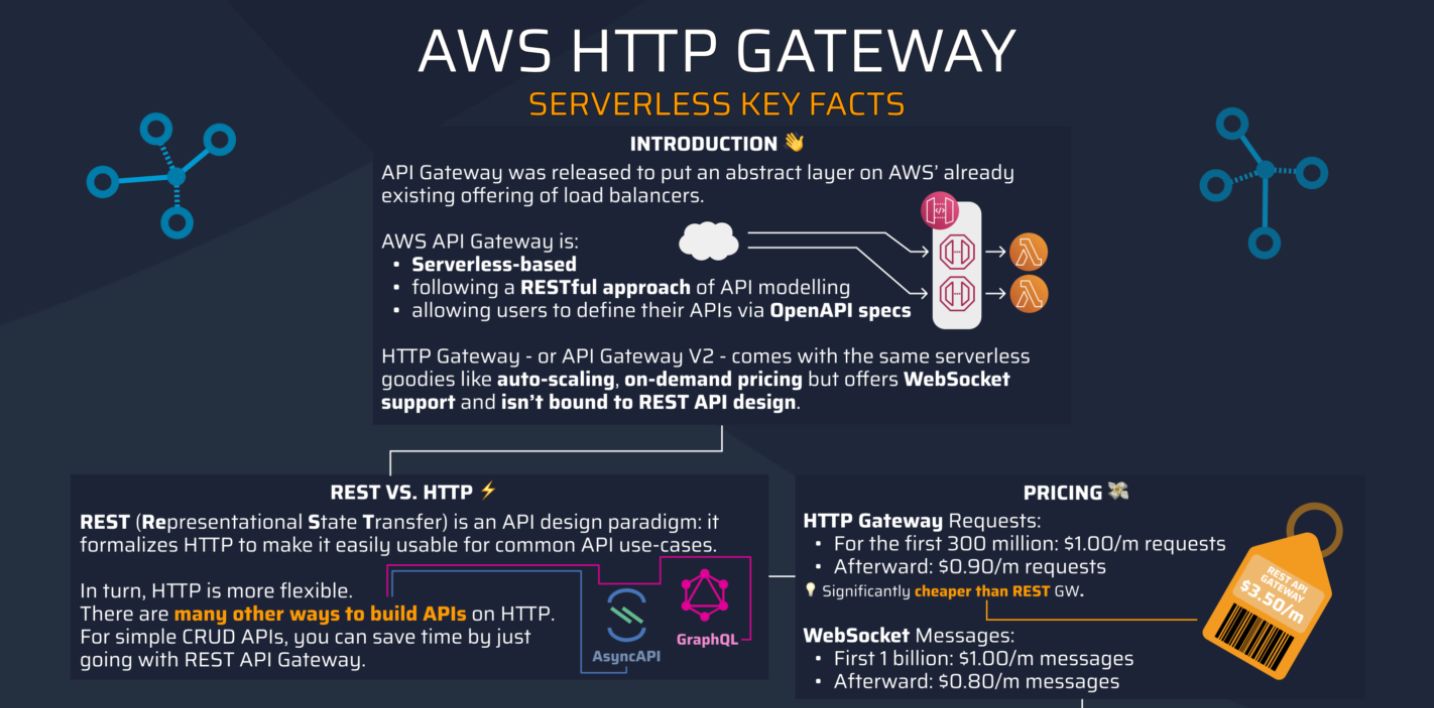 The whole HTTP API Gateway approach is more flexible and, what’s probably most interesting, it’s much cheaper than REST. That alone is perhaps enough to migrate
The whole HTTP API Gateway approach is more flexible and, what’s probably most interesting, it’s much cheaper than REST. That alone is perhaps enough to migrate
77. Hacking Infection Control in Nursing Homes
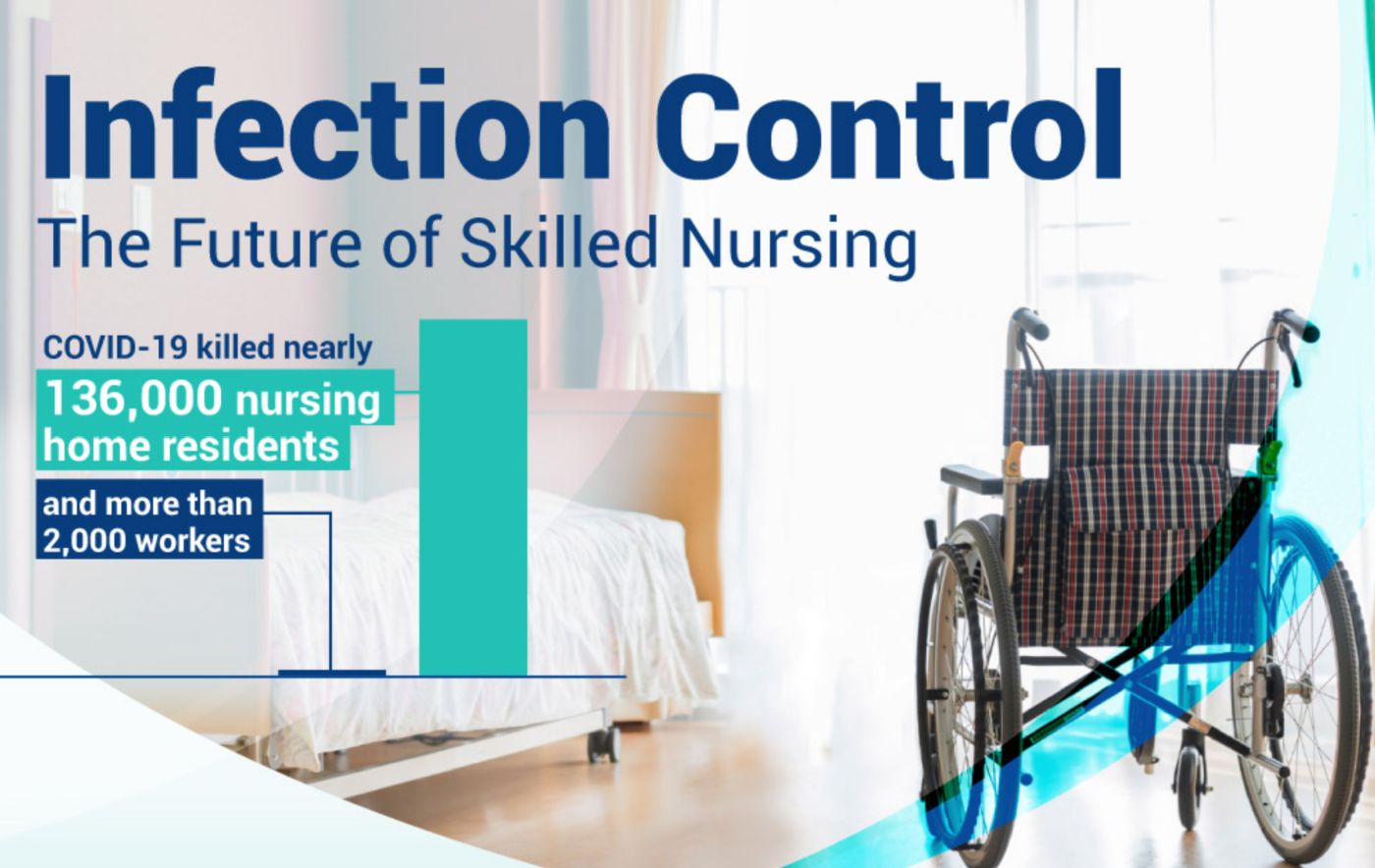 COVID-19 revealed large lapses in our healthcare system’s infection control. The global pandemic killed nearly 136,000 nursing home residents and more than 2,000 workers. Infection control isn’t a new problem though; nursing home residents make up less than 1% of the U.S. population, yet they accounted for 20% of COVID-19-related deaths in the United States. On top of this, low-income seniors were hospitalized for COVID-19 at more than four times the rate of other Medicare beneficiaries.
COVID-19 revealed large lapses in our healthcare system’s infection control. The global pandemic killed nearly 136,000 nursing home residents and more than 2,000 workers. Infection control isn’t a new problem though; nursing home residents make up less than 1% of the U.S. population, yet they accounted for 20% of COVID-19-related deaths in the United States. On top of this, low-income seniors were hospitalized for COVID-19 at more than four times the rate of other Medicare beneficiaries.
78. Email is Not Dead: Response Time is Everything
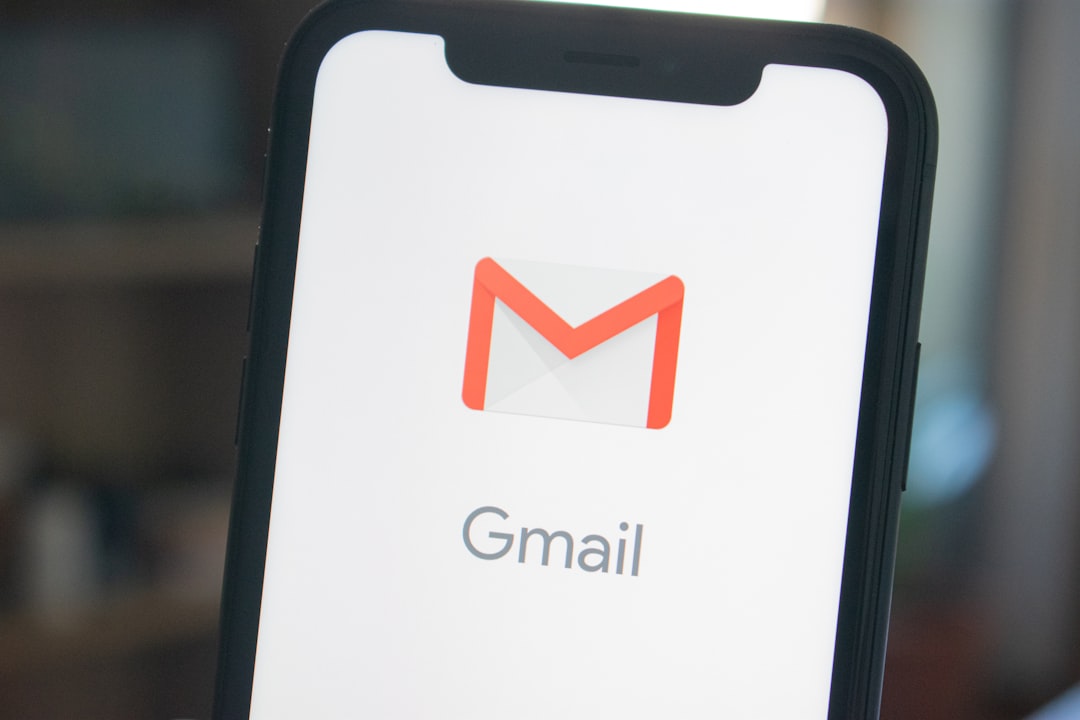
79. Hacking Your Psyche To Prevent Isolation Fatigue
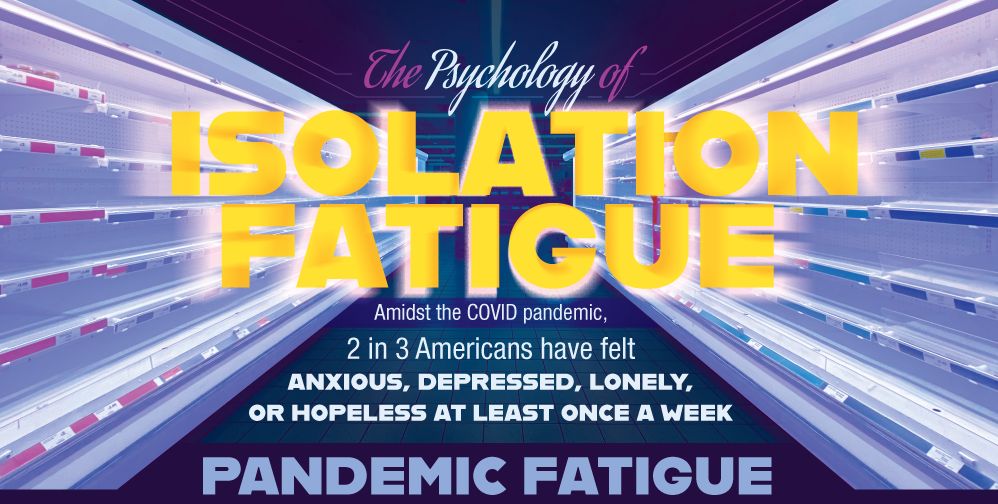 Americans have been reporting increased feelings of depression, anxiety, loneliness, and even hopelessness at least once per week since the start of the COVID pandemic. In fact, at the end of April, 3 in 4 American adults expected a second wave of the virus and supported continued social distancing.
Americans have been reporting increased feelings of depression, anxiety, loneliness, and even hopelessness at least once per week since the start of the COVID pandemic. In fact, at the end of April, 3 in 4 American adults expected a second wave of the virus and supported continued social distancing.
80. Nanotech Is Revolutionizing Medical Care [Infographic]
 Nanotechnology is the frontier of modern medicine, but it has already been in use almost two decades. PillCams were first approved by the FDA in 2001, and by 2008 they had already been used in more than 2 million procedures. By 2024 nanotechnology will be a $125 billion global industry. So what’s next in the world of medical nanotechnology?
Nanotechnology is the frontier of modern medicine, but it has already been in use almost two decades. PillCams were first approved by the FDA in 2001, and by 2008 they had already been used in more than 2 million procedures. By 2024 nanotechnology will be a $125 billion global industry. So what’s next in the world of medical nanotechnology?
81. Blockchain and the Future of Medicine [Infographic]
 A look at how blockchain and healthcare go hand in hand.
A look at how blockchain and healthcare go hand in hand.
82. Hacking the Remote Work Economy [Infographic]
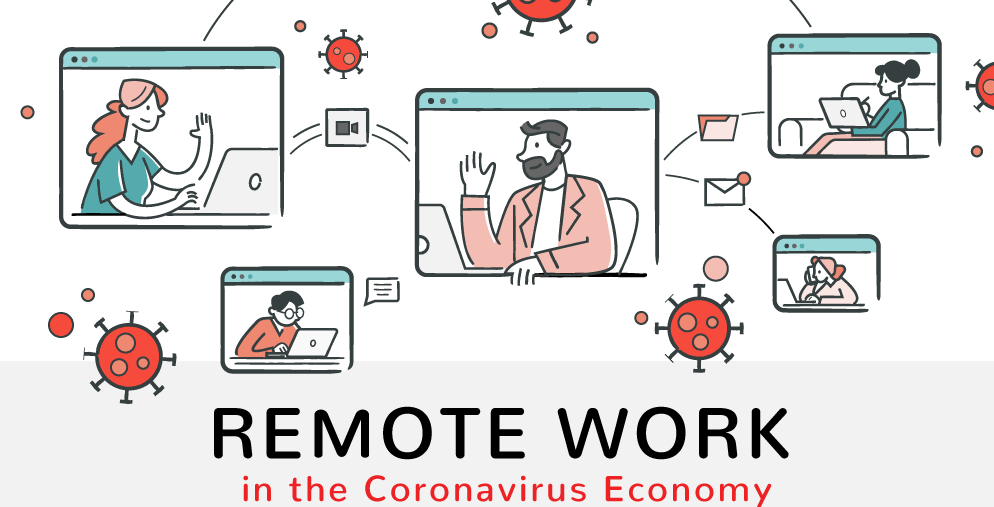 Thanks to the rapid spread of COVID-19 people have started working remotely out of necessity, as more states order shelter-in-place protocols to fight the spread. A growing list of 20 states, including most of New England and the West Coast, have closed all bars and restaurants to the public, to curb the spread of the deadly virus. With over 4 million people working from home, the internet has allowed many of us to continue business as usual, with a few modifications.
Thanks to the rapid spread of COVID-19 people have started working remotely out of necessity, as more states order shelter-in-place protocols to fight the spread. A growing list of 20 states, including most of New England and the West Coast, have closed all bars and restaurants to the public, to curb the spread of the deadly virus. With over 4 million people working from home, the internet has allowed many of us to continue business as usual, with a few modifications.
83. Hacking The Phone Repair Revolution: Current Phone Replacement Cycle
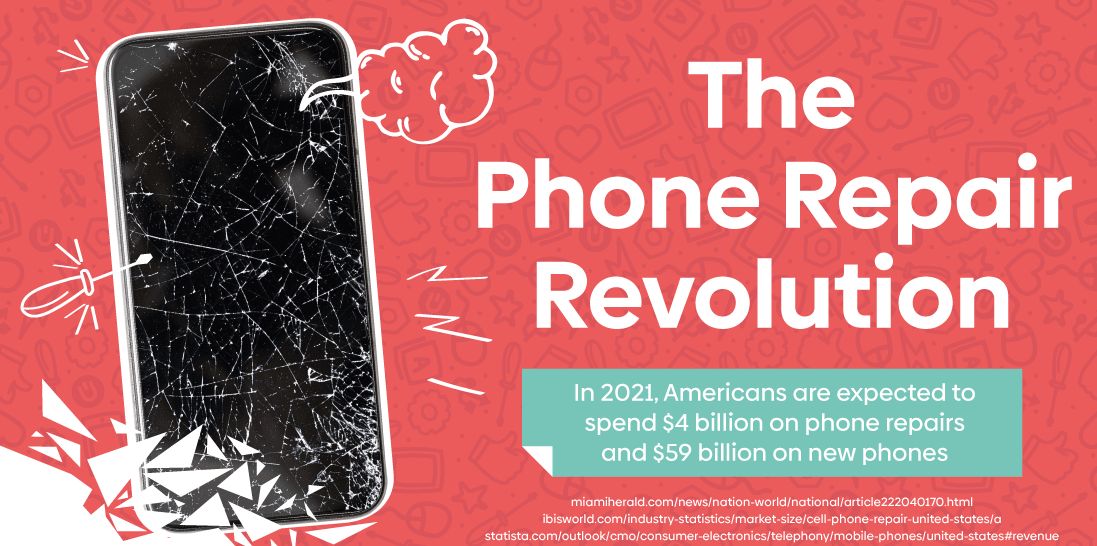 Most people have been keeping their smartphones longer because of fewer new features and a high price. Today, repairing your phone is far more economical.
Most people have been keeping their smartphones longer because of fewer new features and a high price. Today, repairing your phone is far more economical.
84. A Breakdown of Today’s Phishing Epidemic
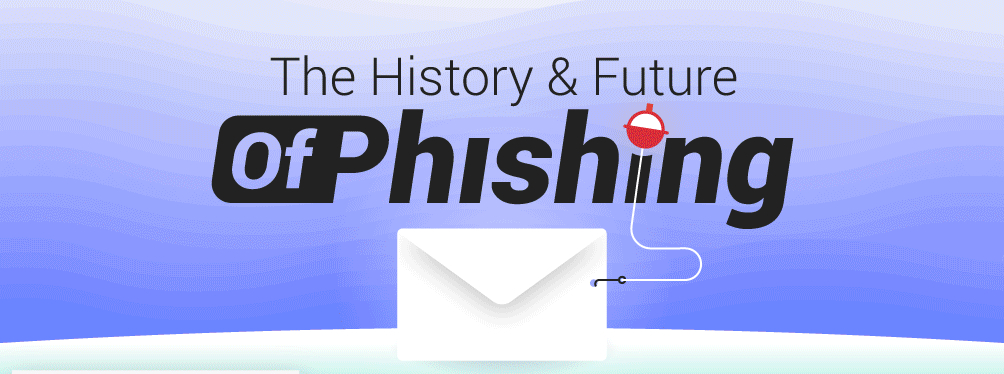 “You’ve got mail,” doesn’t have the same ring as it used to. Today, we receive more electronic mail than ever; however, only a small amount of what’s received is expected to be there. Although securing the inbox has never been the primary purpose of electronic mail, platforms have begun taking initiatives to do so as phishing is on the rise. In the mind of a layman, terms such as “phishing,” “spam,” and “virus” are most likely interchangeable. While the terms are very similar, they are more-so layers of a cake- a domino effect. Today, phishing is on the rise, and at its peak use since its invention. The key to protecting your information from phishing is understanding it. Let’s begin with a few statistics.
“You’ve got mail,” doesn’t have the same ring as it used to. Today, we receive more electronic mail than ever; however, only a small amount of what’s received is expected to be there. Although securing the inbox has never been the primary purpose of electronic mail, platforms have begun taking initiatives to do so as phishing is on the rise. In the mind of a layman, terms such as “phishing,” “spam,” and “virus” are most likely interchangeable. While the terms are very similar, they are more-so layers of a cake- a domino effect. Today, phishing is on the rise, and at its peak use since its invention. The key to protecting your information from phishing is understanding it. Let’s begin with a few statistics.
85. Essential Tips for Hacking SEO Backlinks
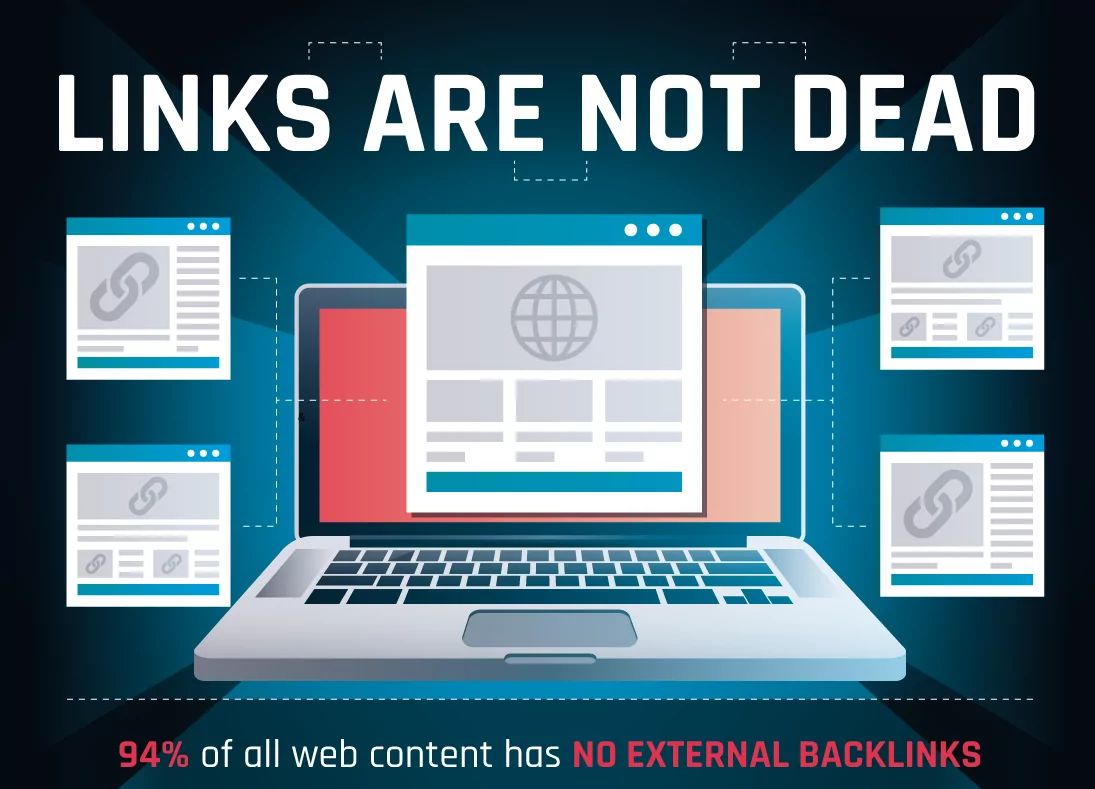 A look at how to make your site more powerful on the web by focusing on getting more links to it.
A look at how to make your site more powerful on the web by focusing on getting more links to it.
86. Stop Phishing in its Tracks in the Coronavirus Economy: People are Your Greatest Asset
 Remember: people are your greatest asset.
Remember: people are your greatest asset.
87. The Power of Recommerce: The Second Hand Online Economy
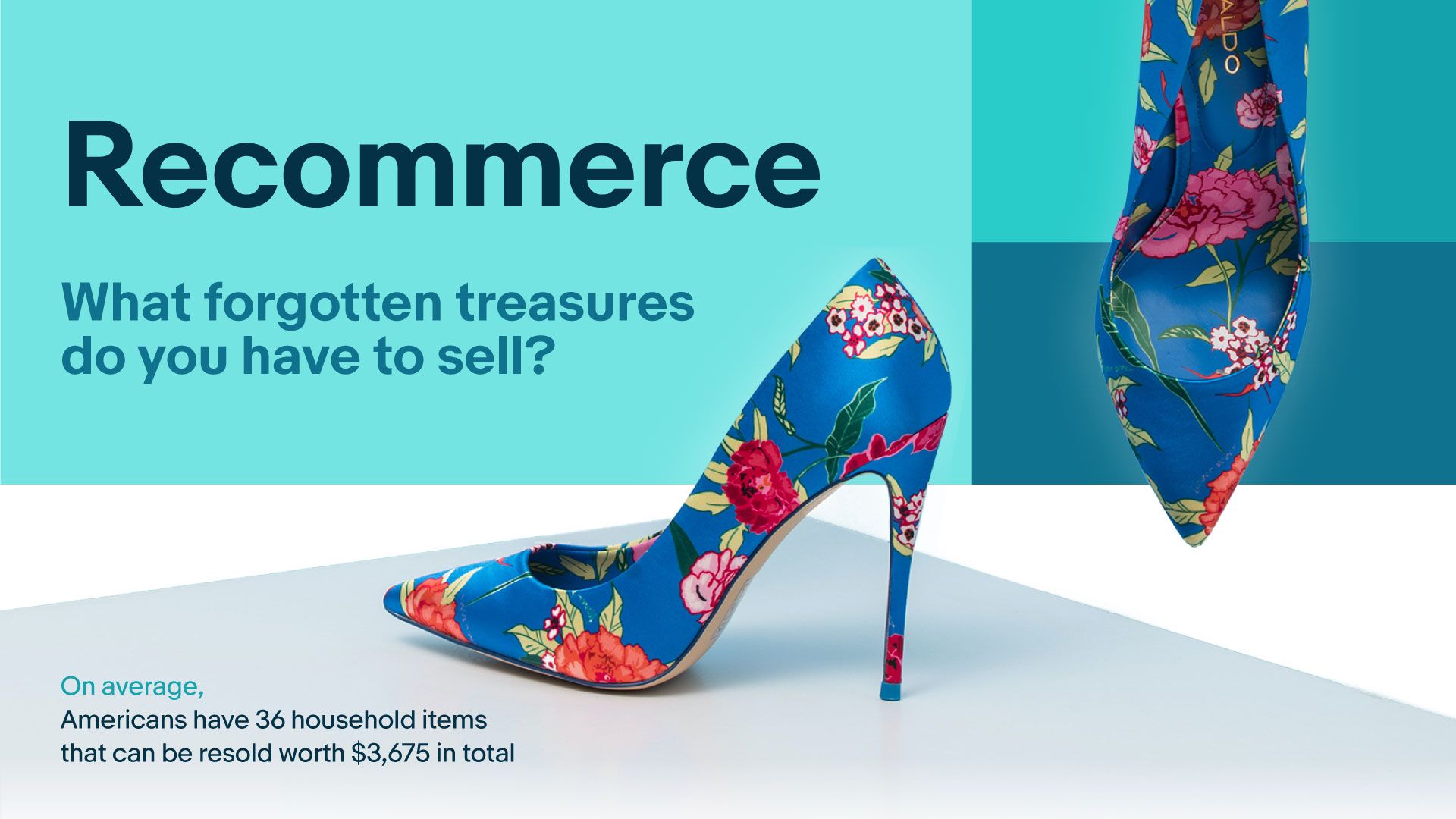 A look at the growing recommerce, second hand market online.
A look at the growing recommerce, second hand market online.
88. Facts About the COVID-19 Vaccine Everyone Should Know [Infographic]
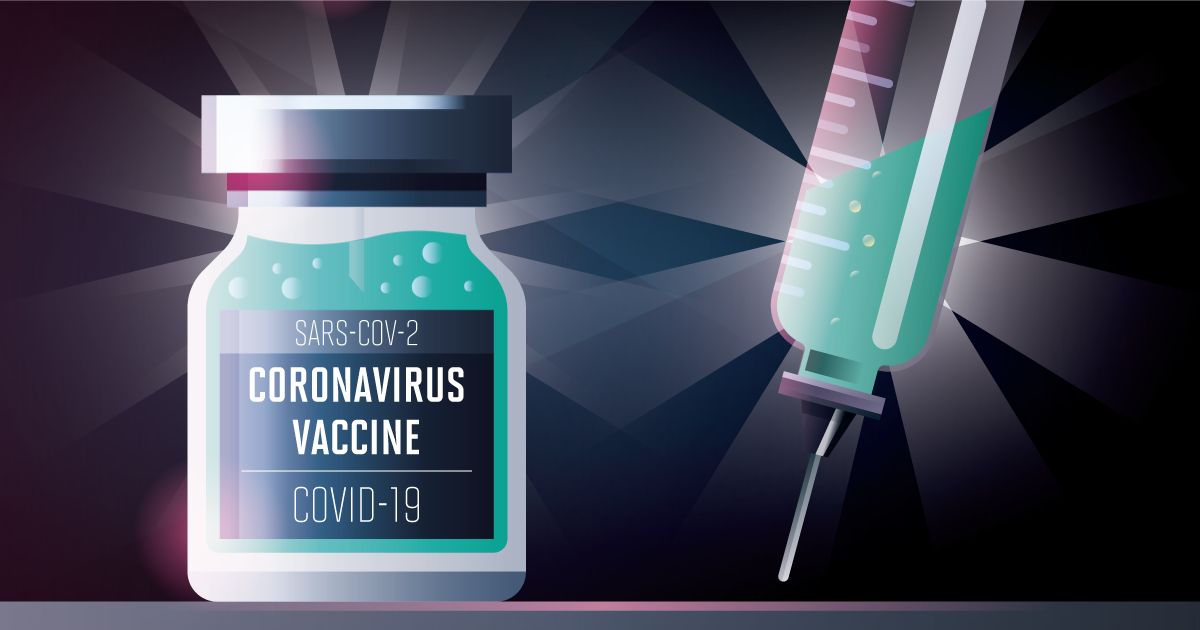 A look at the facts and dispelling the myths surrounding the rollout of the COVID vaccine.
A look at the facts and dispelling the myths surrounding the rollout of the COVID vaccine.
89. The Rise of Mobile Gaming with AI
 Mobile gaming has seen major growth since the days of Snake on Nokia. Today, graphics take priority in gaming, and technology like artificial intelligence and augmented reality lend a helping hand. Don’t be confused- AI & AR have had long involvements with the mobile gaming industry; however, developers will need more advanced technology as mobile gaming grows. Nonetheless, mobile gaming is continuing to rise.
Mobile gaming has seen major growth since the days of Snake on Nokia. Today, graphics take priority in gaming, and technology like artificial intelligence and augmented reality lend a helping hand. Don’t be confused- AI & AR have had long involvements with the mobile gaming industry; however, developers will need more advanced technology as mobile gaming grows. Nonetheless, mobile gaming is continuing to rise.
90. How to Overcome Employee Resistance to Change Company Culture (An Infographic)
 Focusing on cultural transformation can bring big rewards, including an 85% net profit increase in just five years. But employees sometimes resist this change.
Focusing on cultural transformation can bring big rewards, including an 85% net profit increase in just five years. But employees sometimes resist this change.
91. An Understanding of Available Biometrics
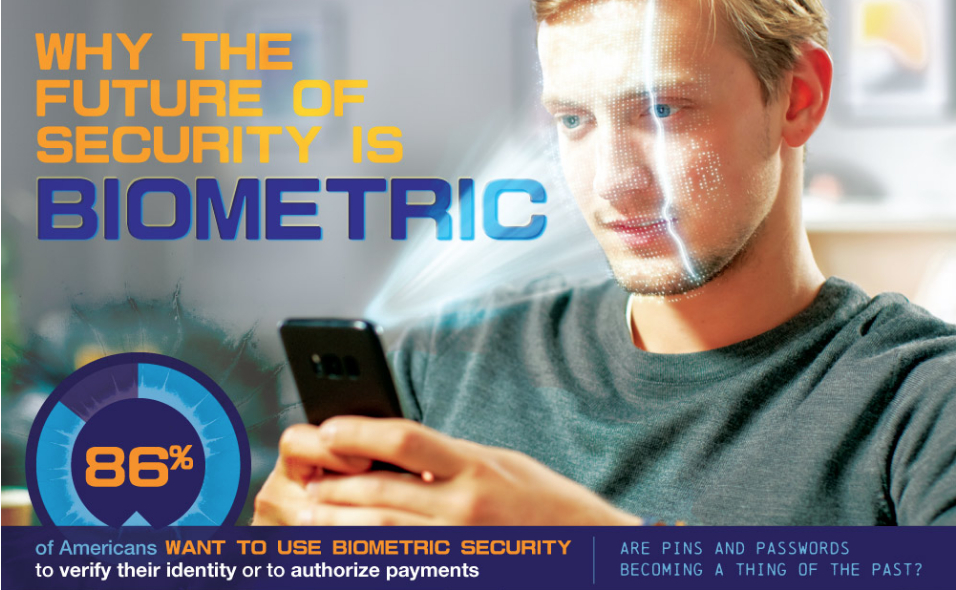 Biometric security is widely known as fingerprint, facial, retinal, and voice recognition systems using physical and behavioral markers to identify authorized users and detect imposters. The behavioral markers biometric tools are capable of identifying consist of data usage patterns (location and time), finger movements and gestures, how a phone is tilted when held, and how frequently the user checks their media accounts.
Biometric security is widely known as fingerprint, facial, retinal, and voice recognition systems using physical and behavioral markers to identify authorized users and detect imposters. The behavioral markers biometric tools are capable of identifying consist of data usage patterns (location and time), finger movements and gestures, how a phone is tilted when held, and how frequently the user checks their media accounts.
92. Identifying the Hidden Threat: A How-To Guide [Infographic]
 A curious look at the link between basketball and cybersecurity when it comes to hidden threats.
A curious look at the link between basketball and cybersecurity when it comes to hidden threats.
93. Hacking The Future of the Gig Economy
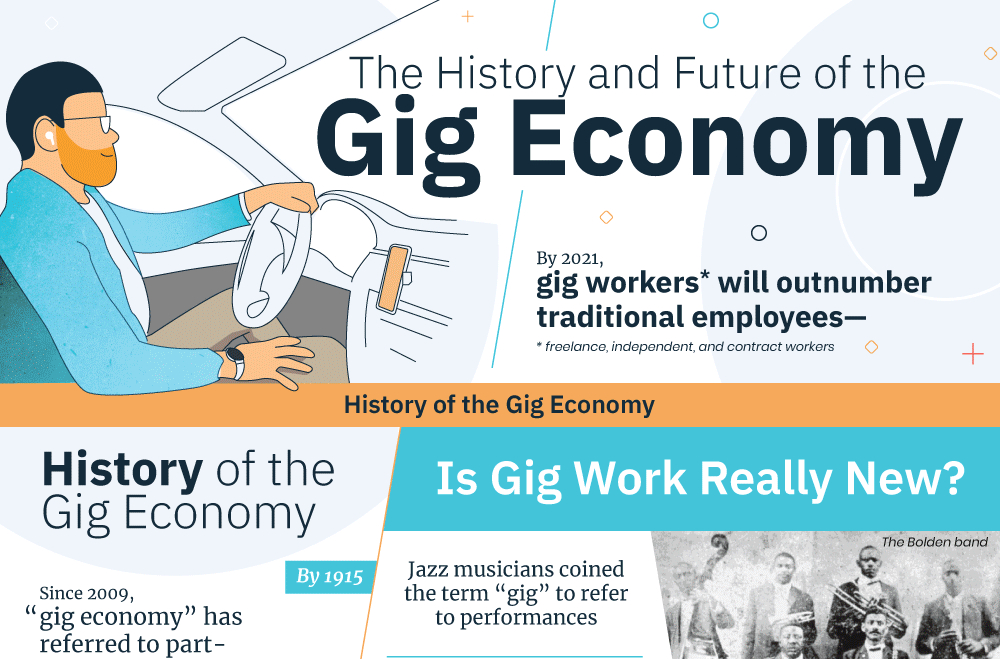 Today’s popular gig work consists of: Uber and Lyft, or other rideshare driving, freelance writing, food delivery through the likes of Postmates, Uber Eats, and DoorDash, side-job skilled labor and, errand running, and more. Although the high-demand of gig work has influenced the misconception of its age, you should know gig work has provided civilians with a flexible option in earning currency since 1915. Given the historical and economical changes in the availability of gig work, workers and brands are calling on the country’s legislature to change with the times.
Today’s popular gig work consists of: Uber and Lyft, or other rideshare driving, freelance writing, food delivery through the likes of Postmates, Uber Eats, and DoorDash, side-job skilled labor and, errand running, and more. Although the high-demand of gig work has influenced the misconception of its age, you should know gig work has provided civilians with a flexible option in earning currency since 1915. Given the historical and economical changes in the availability of gig work, workers and brands are calling on the country’s legislature to change with the times.
94. Hacking College During COVID-19
 In the last few months everything about our lives has either disappeared or gone online. Instead of going out to restaurants we order meals through apps. Instead of going to the grocery store we order groceries through apps. And instead of going into an office or school, many of us are working and going to school online. Online school has some implications for the long term, particularly when it comes to college. College is an important time to network and meet people who will be in your field throughout your lifetime, so what happens to college when everything moves online?
In the last few months everything about our lives has either disappeared or gone online. Instead of going out to restaurants we order meals through apps. Instead of going to the grocery store we order groceries through apps. And instead of going into an office or school, many of us are working and going to school online. Online school has some implications for the long term, particularly when it comes to college. College is an important time to network and meet people who will be in your field throughout your lifetime, so what happens to college when everything moves online?
95. What it Takes to Build the Factory of the Future (Infographic)
 A look at what it will take to build the factory of the future.
A look at what it will take to build the factory of the future.
96. Building the Network for the WFH Future
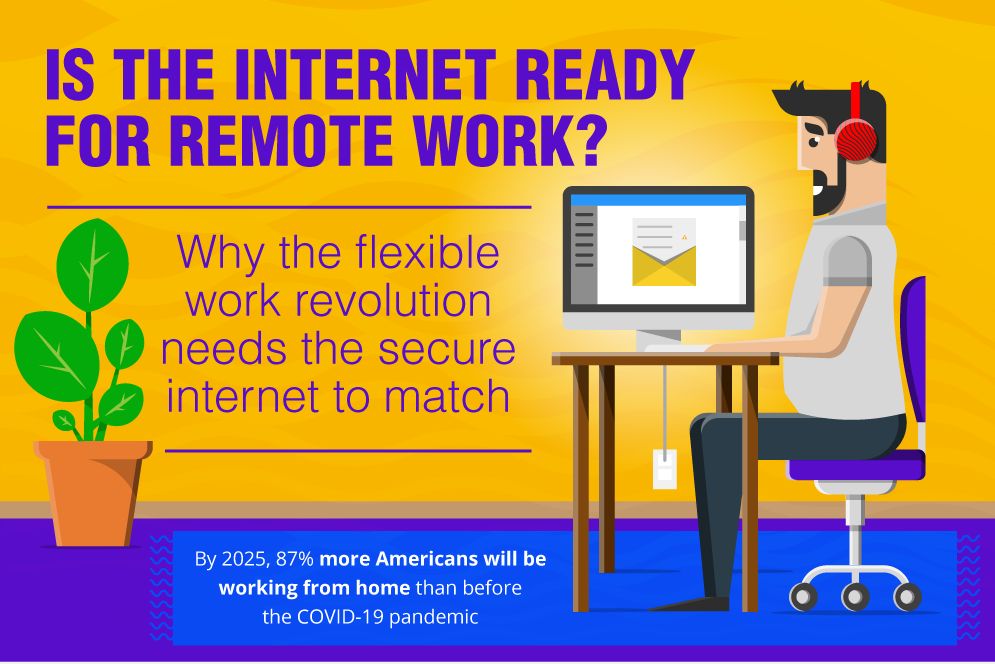 A look at building the network of the future for the flexible work revolution
A look at building the network of the future for the flexible work revolution
97. How to Hack Your Money With a Growth Mindset
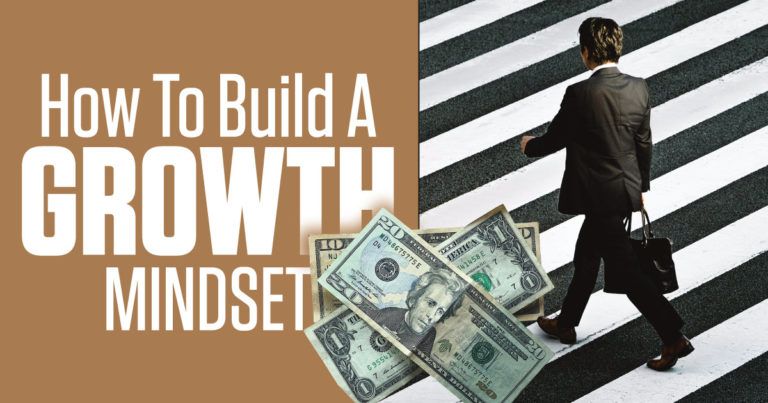 Very few people understand basic financial concepts. That’s probably because we are taught from a young age that we shouldn’t talk about money. Unfortunately when people don’t talk about money they don’t learn how to manage their money, and finances become something mystical unable to be controlled or understood. But when people take the time to learn about managing their personal finances things turn out better. What if you could apply a growth mindset to hacking your finances?
Very few people understand basic financial concepts. That’s probably because we are taught from a young age that we shouldn’t talk about money. Unfortunately when people don’t talk about money they don’t learn how to manage their money, and finances become something mystical unable to be controlled or understood. But when people take the time to learn about managing their personal finances things turn out better. What if you could apply a growth mindset to hacking your finances?
98. Cybersecurity in The Post-Pandemic Economy
 COVID-19 has brought millions of people onto the internet for much longer stretches of time. These new practices and habits on such a large scale is bringing new weak links in the chain that keeps us safe on the internet. Huge amounts of growth of work from home tech, online cloud services, and customer facing networks are starting to open doors for cyberattackers to walk in.
COVID-19 has brought millions of people onto the internet for much longer stretches of time. These new practices and habits on such a large scale is bringing new weak links in the chain that keeps us safe on the internet. Huge amounts of growth of work from home tech, online cloud services, and customer facing networks are starting to open doors for cyberattackers to walk in.
99. Print Media is NOT Dead
 A look at the best options for your small business printer needs.
A look at the best options for your small business printer needs.
100. How Passwords Get Hacked
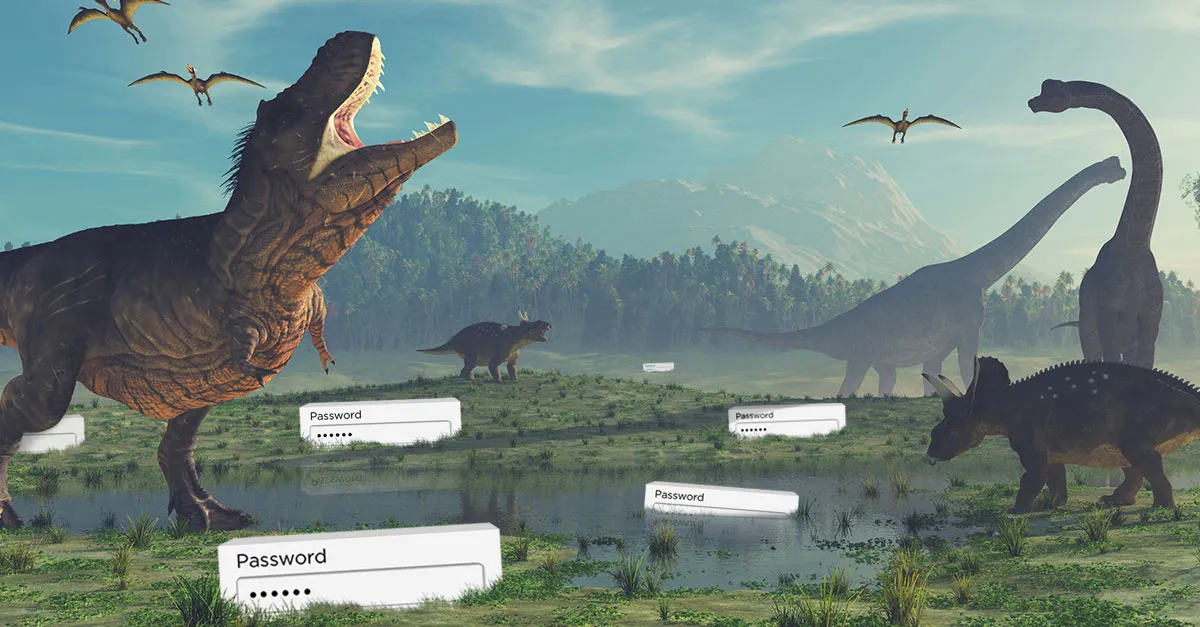 Fernando Corbato pioneered the first computer password in 1960, being used as a personal point of entry on MIT's Compatible Time-Sharing System (CTSS). Just 2 years later, the CTSS was hacked and has been inspiring hackers ever since. There have been immense technological advancements since 1962 - how is it that today's hackers can get through 2-step authentication, biometrics, and security questions? Cryptographers predict a future that moves beyond passwords, but the issue seems to lie between cybersecurity and human nature.
Fernando Corbato pioneered the first computer password in 1960, being used as a personal point of entry on MIT's Compatible Time-Sharing System (CTSS). Just 2 years later, the CTSS was hacked and has been inspiring hackers ever since. There have been immense technological advancements since 1962 - how is it that today's hackers can get through 2-step authentication, biometrics, and security questions? Cryptographers predict a future that moves beyond passwords, but the issue seems to lie between cybersecurity and human nature.
101. Pets and the Metaverse [Infographic]
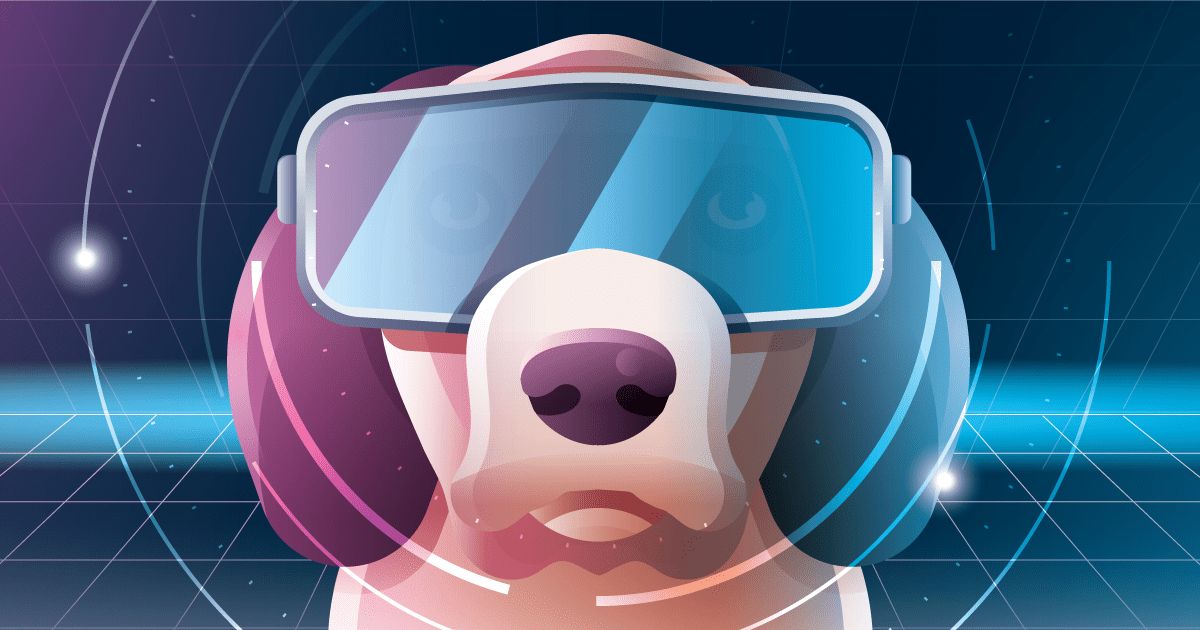 A look at how pets are standing out in the metaverse.
A look at how pets are standing out in the metaverse.
102. Can Technology Help to Save Restaurants [Infographic]
 The future for many SMB restaurants is unknown right now. With social distancing and hospitality guidelines varying by state and county, it's been a difficult road. The industry itself was originally projected to reach $899 billion in projected sales in 2020, now, that is unknown.
The future for many SMB restaurants is unknown right now. With social distancing and hospitality guidelines varying by state and county, it's been a difficult road. The industry itself was originally projected to reach $899 billion in projected sales in 2020, now, that is unknown.
103. How You Can Help Stop Domestic Violence
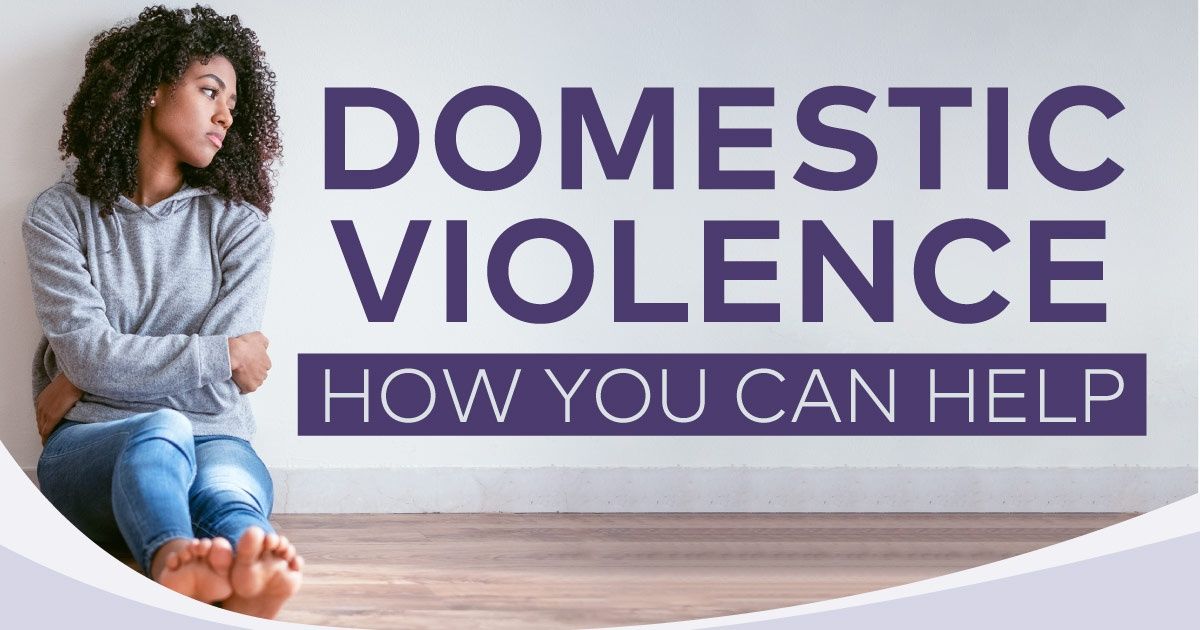 A look at how to spot the signs of domestic partner abuse and how to find resources online to help your situation.
A look at how to spot the signs of domestic partner abuse and how to find resources online to help your situation.
104. An Introduction to Hacking Industry 4.0
 Since 2011, we have been undergoing the Fourth Industrial Revolution, which is commonly shortened to Industry 4.0. Set to shape the future, Industry 4.0 is enhancing interconnectivity around the globe. As a result, it's likely our future will consist of automation and optimized manufacturing. However, data intelligence may provide a way for businesses to stay ahead.
Since 2011, we have been undergoing the Fourth Industrial Revolution, which is commonly shortened to Industry 4.0. Set to shape the future, Industry 4.0 is enhancing interconnectivity around the globe. As a result, it's likely our future will consist of automation and optimized manufacturing. However, data intelligence may provide a way for businesses to stay ahead.
105. How Email Became the Weakest Link in Cybersecurity
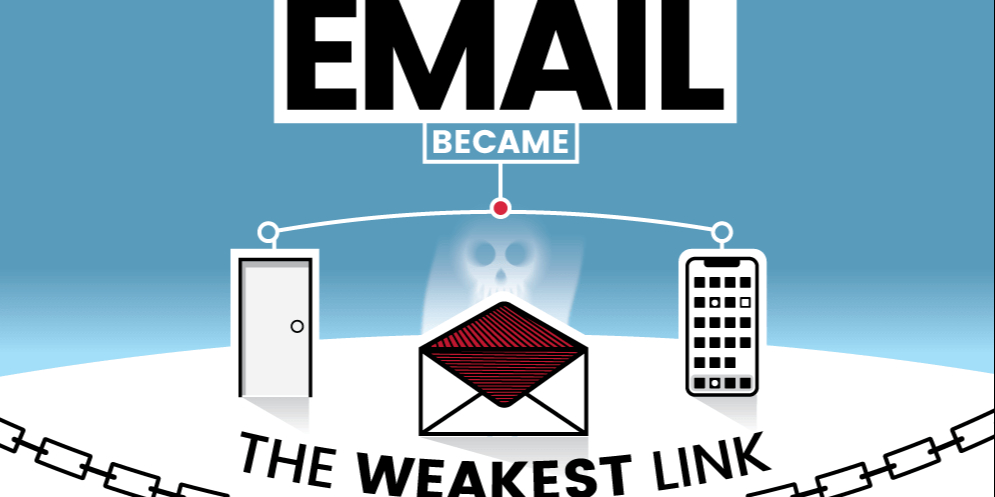 When did email become the weakest security link? Email was never intended to transmit sensitive information, but as with all technologies people began using it differently than it was intended to be used and it wasn’t long before hackers learned they could send malicious links and malware directly to a person’s computer via email. These days we know that email can contain malicious links, but we aren’t always trained to spot them, and sometimes we assume the spam filters will take care of it for us. Email has become the weakest link, and it’s costing businesses big time.
When did email become the weakest security link? Email was never intended to transmit sensitive information, but as with all technologies people began using it differently than it was intended to be used and it wasn’t long before hackers learned they could send malicious links and malware directly to a person’s computer via email. These days we know that email can contain malicious links, but we aren’t always trained to spot them, and sometimes we assume the spam filters will take care of it for us. Email has become the weakest link, and it’s costing businesses big time.
106. A Guide to Authentication Methods
 Staying safe on the internet has grown harder over the past few years as both technology and hackers have developed. Recently though, hackers are gaining an edge by not just manipulating the tech, but by manipulating the users themselves. In 2018, weak or stolen passwords were tied to over 80% of security breaches and in 2019, there were over 150,000 security incidents and nearly 4,000 confirmed data breaches. In 2020 alone, more than 15 billion stolen credentials were up for sale on the dark web. All this data points out the fact that our current way of protecting data is flawed, but making a new way to protect it while still maintaining security and convenience is a high mark to hit.
Staying safe on the internet has grown harder over the past few years as both technology and hackers have developed. Recently though, hackers are gaining an edge by not just manipulating the tech, but by manipulating the users themselves. In 2018, weak or stolen passwords were tied to over 80% of security breaches and in 2019, there were over 150,000 security incidents and nearly 4,000 confirmed data breaches. In 2020 alone, more than 15 billion stolen credentials were up for sale on the dark web. All this data points out the fact that our current way of protecting data is flawed, but making a new way to protect it while still maintaining security and convenience is a high mark to hit.
107. How Web3 Can Free the Future of Work for You
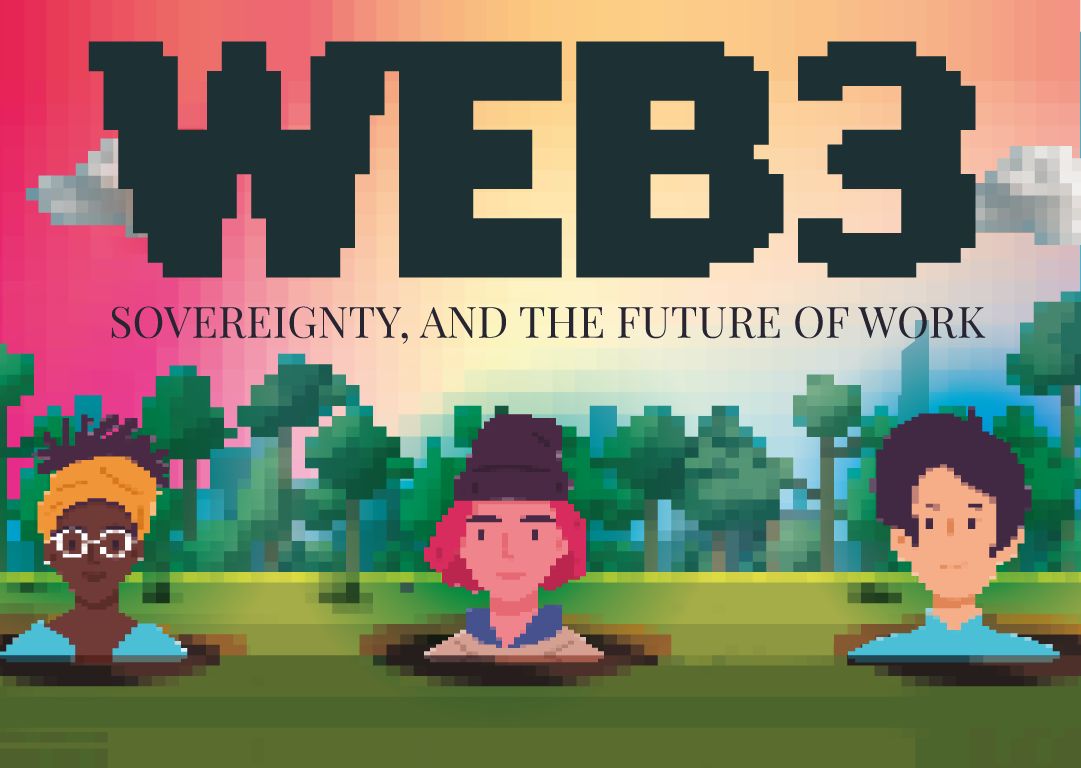 A look at the promising future of work in the world of Web3 and its impact to the self sovereign worker
A look at the promising future of work in the world of Web3 and its impact to the self sovereign worker
108. Hacking Remote Work for Pay Equity
 A look at the modern day pay gap and work from home trends.
A look at the modern day pay gap and work from home trends.
109. Telehealth in the Age of Coronavirus
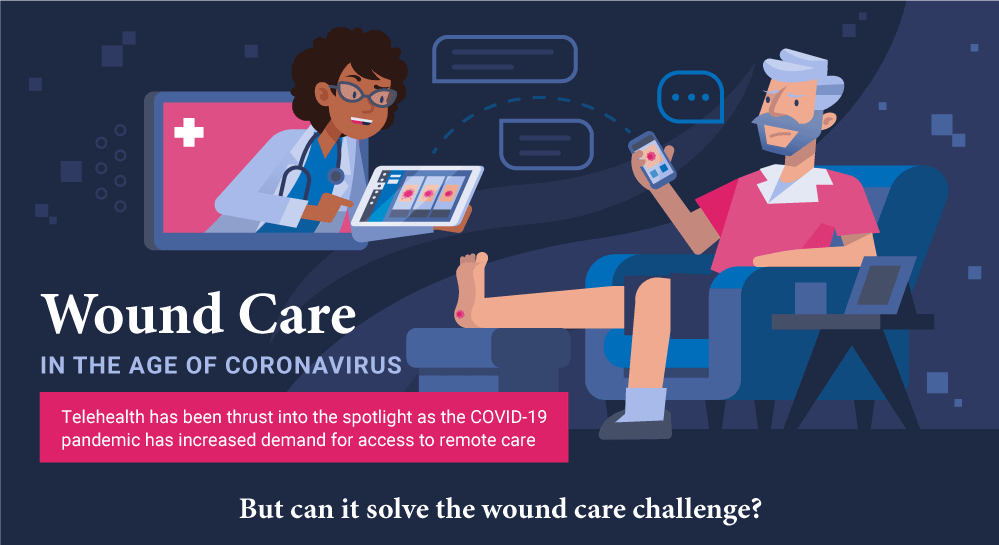 In this new age of COVID-19, wound care has become harder than ever. Wound care specialists and clinics have seen huge drop-offs in the number of patients that they are able to treat as COVID-19 spreads across the country. Hospital-based, outpatient wound care clinics are shortening hours or closing down entirely. Patients suffering from wounds are cancelling at-home appointments and are declining to visit clinics. Post-operative patients are requiring new ways to be cared for remotely. Nursing homes around the country are banning visitors, including wound care specialists, in an attempt to stave off infection and protect vulnerable patients.
In this new age of COVID-19, wound care has become harder than ever. Wound care specialists and clinics have seen huge drop-offs in the number of patients that they are able to treat as COVID-19 spreads across the country. Hospital-based, outpatient wound care clinics are shortening hours or closing down entirely. Patients suffering from wounds are cancelling at-home appointments and are declining to visit clinics. Post-operative patients are requiring new ways to be cared for remotely. Nursing homes around the country are banning visitors, including wound care specialists, in an attempt to stave off infection and protect vulnerable patients.
110. The Hack to Driving Down Car Expenses
 A look at inflation's impact on gas and car insurance prices.
A look at inflation's impact on gas and car insurance prices.
111. What is Industrial Marketing? [Infographic]
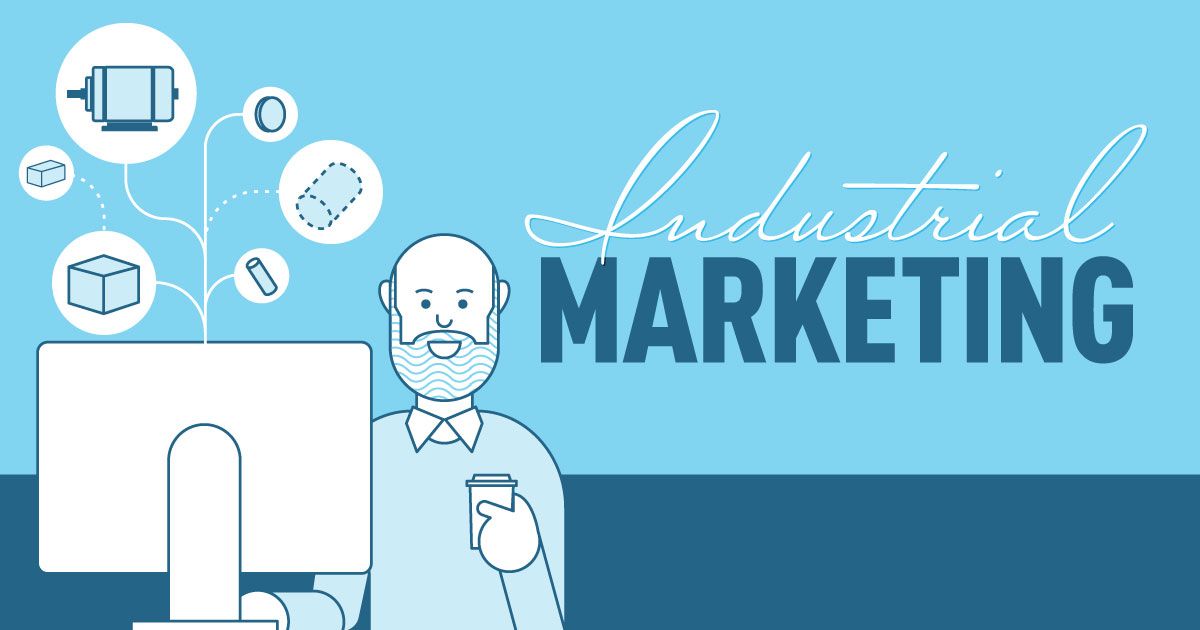 A look at what industrial marketing is, and how you can improve in this narrow from of b2b marketing.
A look at what industrial marketing is, and how you can improve in this narrow from of b2b marketing.
112. Replacement Lenses: Hacking the Need for New Glasses
 A look at the market of replacement lenses - you don't need to always buy new frames.
A look at the market of replacement lenses - you don't need to always buy new frames.
113. Trust and the Remote Workforce [Infographic]
 The COVID pandemic has caused many companies to embrace remote work with a sense of uneasiness, but working from home has successfully become the norm in less than 24 months. 54% of employees have even said that they want to continue working from home post-COVID. What is making remote work so appealing to the workforce?
The COVID pandemic has caused many companies to embrace remote work with a sense of uneasiness, but working from home has successfully become the norm in less than 24 months. 54% of employees have even said that they want to continue working from home post-COVID. What is making remote work so appealing to the workforce?
114. Hacking the Future of School
 A look at where the direction of the future of school is going.
A look at where the direction of the future of school is going.
115. How Apps Can Steal Your Privacy
 Each day, the world makes 250 million terabytes of new data – every second 946 Instagram photos are taken, 8,690 tweets are posted, 77,783 things are searched on Google, and 2,845,459 emails are sent and received all over the world. With all of this new data, keeping your data private and away from prying eyes that will exploit any information about you is becoming more difficult by the day. Most people have no idea who owns their data, let alone what they are doing with it.
Each day, the world makes 250 million terabytes of new data – every second 946 Instagram photos are taken, 8,690 tweets are posted, 77,783 things are searched on Google, and 2,845,459 emails are sent and received all over the world. With all of this new data, keeping your data private and away from prying eyes that will exploit any information about you is becoming more difficult by the day. Most people have no idea who owns their data, let alone what they are doing with it.
116. Will Coronavirus Break the Internet?
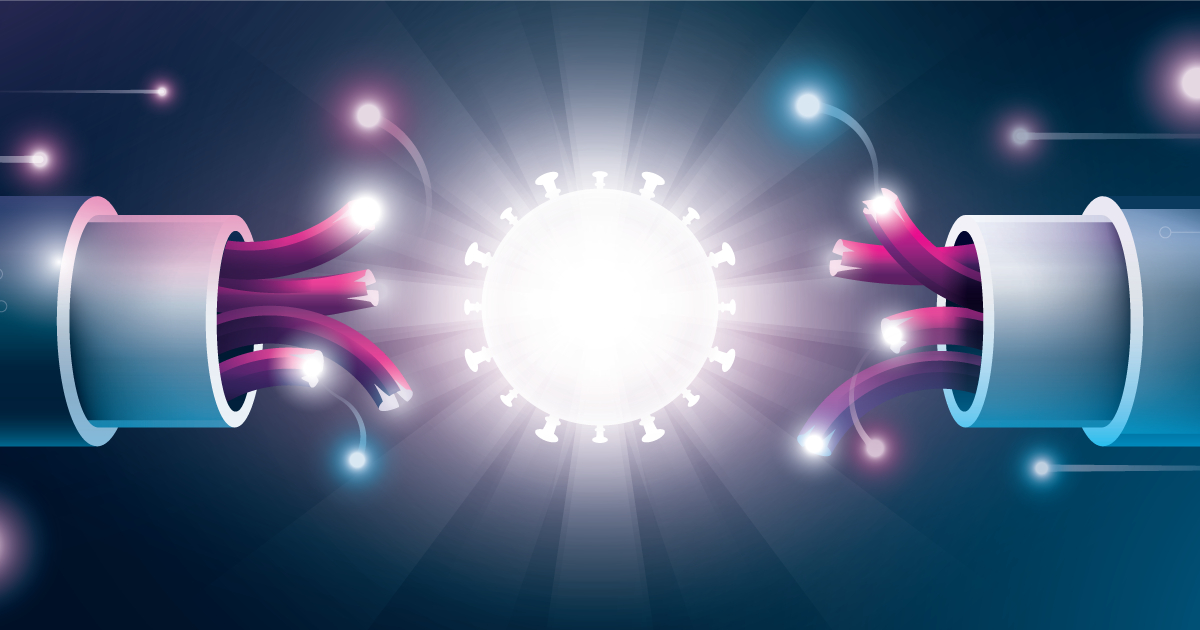 More than two thirds of the U.S. population is now stuck at home as more states are creating new restrictions to try to slow the spread of COVID-19. The internet is now being used more than ever as millions are turning to it as an alternative source of social connection, work, and entertainment. In Seattle, one of the cities in the U.S. that was hardest hit by the virus, internet traffic quickly began to rise - from January to March it has risen by an astounding 30%. Other U.S. ISPs are noticing huge spikes in WiFi calling, online gaming, and VPN usage across the country. With a huge number of increased active users, governments and companies alike are making moves to help Americans stay online. One of these steps is the FCC’s Keep Americans Connected pledge that over 70 telecom companies have signed stating that these companies will waive late fees and retain service even with lack of payment. Other companies are making public WiFi networks for students and remote workers. Comcast is setting up public hotspots for free use, Comcast and Spectrum are both offering 2 free months of access to low-income families, and AT&T is suspending broadband usage caps.
More than two thirds of the U.S. population is now stuck at home as more states are creating new restrictions to try to slow the spread of COVID-19. The internet is now being used more than ever as millions are turning to it as an alternative source of social connection, work, and entertainment. In Seattle, one of the cities in the U.S. that was hardest hit by the virus, internet traffic quickly began to rise - from January to March it has risen by an astounding 30%. Other U.S. ISPs are noticing huge spikes in WiFi calling, online gaming, and VPN usage across the country. With a huge number of increased active users, governments and companies alike are making moves to help Americans stay online. One of these steps is the FCC’s Keep Americans Connected pledge that over 70 telecom companies have signed stating that these companies will waive late fees and retain service even with lack of payment. Other companies are making public WiFi networks for students and remote workers. Comcast is setting up public hotspots for free use, Comcast and Spectrum are both offering 2 free months of access to low-income families, and AT&T is suspending broadband usage caps.
117. Let AI Monitor and Improve Your Online Reputation

Shopping is at our fingertips. Everywhere you go, there’s sure to be something catering to your liking. Sometimes, there are multiple places selling similar items you have the desire to purchase - so you, like 94% of all consumers, turn to online reviews to help complete your decision. After reading online reviews, consumers are more likely to spend 4.5x more money in brick-and-mortar stores than online. Even further, a good reputation can boost your online presence by 61%, make you stand out from your competitors 53% more, and convert 61% of potential customers into sales. Knowing this information, there is no doubt that your online reputation affects your entire business - digitally and physically.
118. Humans and Tech are Needed to Stop Ransomware [Infographic]
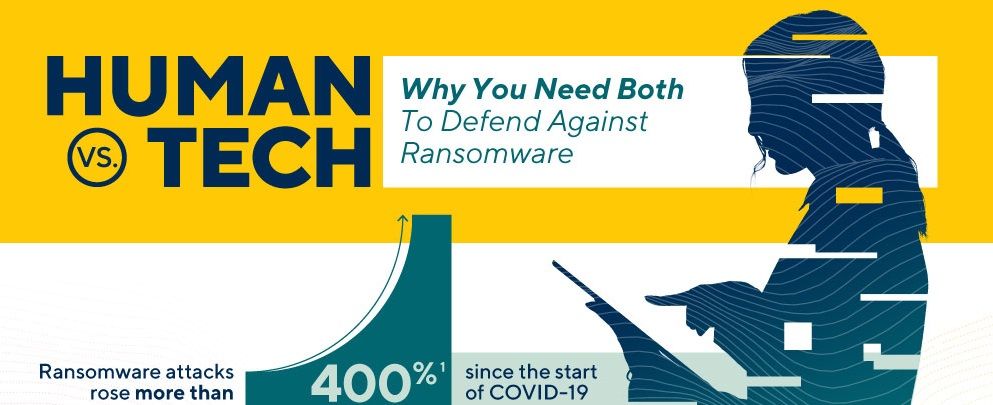 It's going to take a mix of tech tools and human talent to prevent the ever increasing ransomware threats of the future.
It's going to take a mix of tech tools and human talent to prevent the ever increasing ransomware threats of the future.
119. The Basics of NFTs [Infographic]
 NFTs are certificates of ownership on digital collectibles, including but not limited to digital artwork.
NFTs are certificates of ownership on digital collectibles, including but not limited to digital artwork.
120. Writers Can Process and Feel Emotions Faster than Non-Writers
 The secret power of telling your story. Psychology suggests that writers can process and feel through emotions faster than non-writers.
The secret power of telling your story. Psychology suggests that writers can process and feel through emotions faster than non-writers.
121. The Anatomy of Programmatic Advertising [Infographic]
 Ever wondered what is the heart of programmatic? What are veins, what are lungs, and how does the whole “circulation system” might look like? Discover the essence of RTB in new infographics made by our team at Epom Ad Server. Bonus: programmatic benefits, adoption, and trends of 2020.
Ever wondered what is the heart of programmatic? What are veins, what are lungs, and how does the whole “circulation system” might look like? Discover the essence of RTB in new infographics made by our team at Epom Ad Server. Bonus: programmatic benefits, adoption, and trends of 2020.
122. The Largest Data Breaches in History
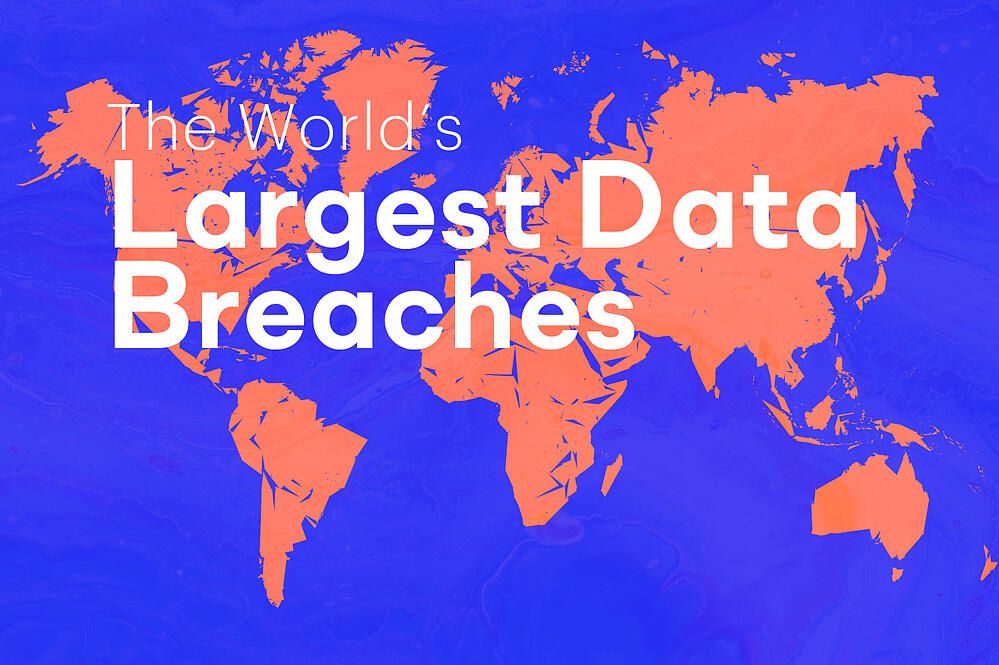 A look at where the largest data breaches have occurred across the world.
A look at where the largest data breaches have occurred across the world.
123. The Evolution Of Hacking Data Storage [Infographic]
 When the first computers were made, the information needed to run them was on punch cards. The computing device would decode the patterns on the punch cards and translate it to an action. It wasn’t until 1956 that IBM came up with the first magnetic hard drive, and floppy discs didn’t enter the scene until the 1960s. Early computer storage was rudimentary, which is why there was no real viable threat of hackers in those early decades of computing. Once data storage became more sophisticated, hackers became a real threat. Subsequently, the need for cyber protection was born.
When the first computers were made, the information needed to run them was on punch cards. The computing device would decode the patterns on the punch cards and translate it to an action. It wasn’t until 1956 that IBM came up with the first magnetic hard drive, and floppy discs didn’t enter the scene until the 1960s. Early computer storage was rudimentary, which is why there was no real viable threat of hackers in those early decades of computing. Once data storage became more sophisticated, hackers became a real threat. Subsequently, the need for cyber protection was born.
124. Authoritative Infographics Promotion Strategies to Boost Traffic
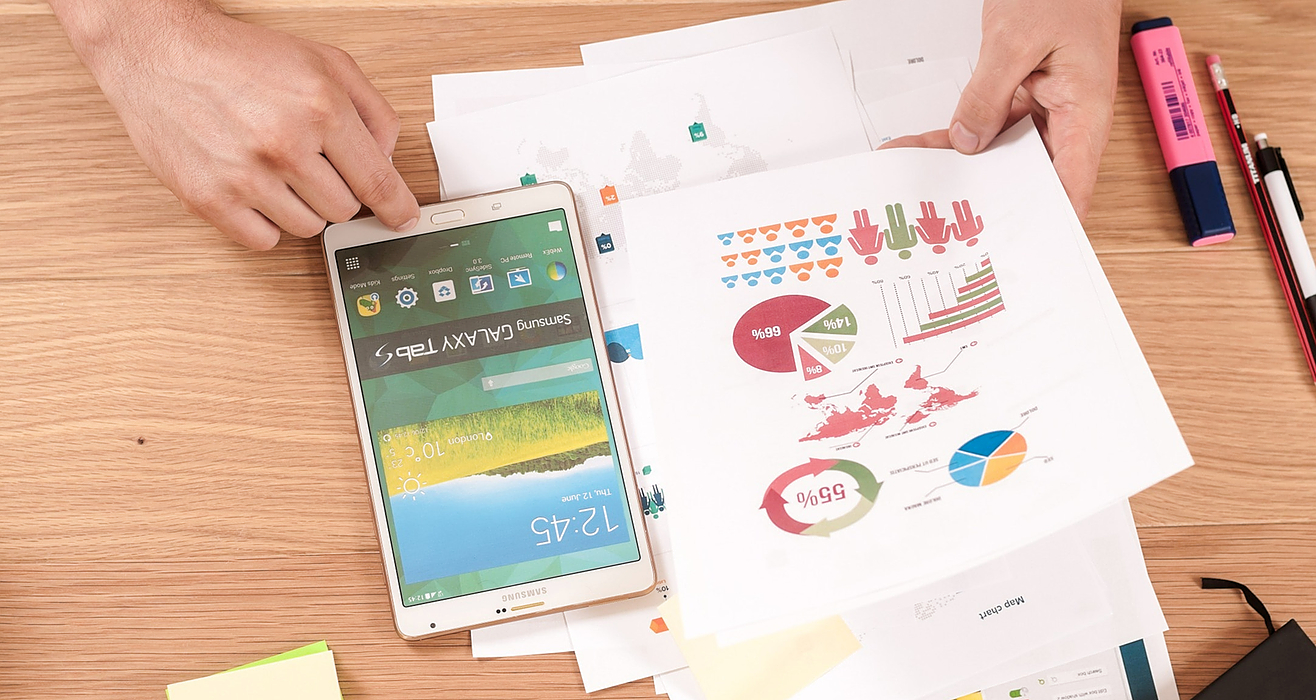 There’s no denial that visual content catch attention faster and better. Infact, Infographics tend to improve website traffic by 12% because over 40% people respond better to visual information than plain text, as reported here.
There’s no denial that visual content catch attention faster and better. Infact, Infographics tend to improve website traffic by 12% because over 40% people respond better to visual information than plain text, as reported here.
125. Hacking the Digestive System With Probiotics
 A look at hacking the digestive system through the use of probiotics.
A look at hacking the digestive system through the use of probiotics.
126. Why You Should Repair Your Broken Smartphone
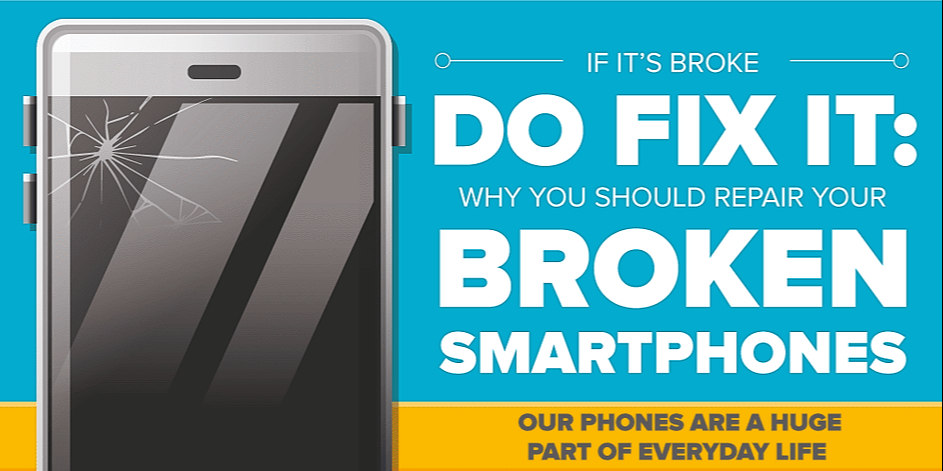 Cell phones are a crutch in American culture and when our crutches are broken, we struggle to function as well. Since 1973, the rise of cellular phones have been the fastest growing technology phenomenon ever. 95% of Americans owned a cell phone in 2018, up 33% from 2002.
Cell phones are a crutch in American culture and when our crutches are broken, we struggle to function as well. Since 1973, the rise of cellular phones have been the fastest growing technology phenomenon ever. 95% of Americans owned a cell phone in 2018, up 33% from 2002.
127. Product Configuration: The Future of eCommerce [Infographic]
 A look behind the technology that powers product configuration for ecommerce.
A look behind the technology that powers product configuration for ecommerce.
128. How to Hack Home Learning
 COVID-19 has caused schools all around the world to close their doors and send millions of students to start learning from home. This sudden change is bound to cause problems, and parents, teachers, and students are feeling the effects of this change. Parents are concerned about how well their children will react to the new learning environment. Nearly 90% of parents of students that are learning from home are worried that their child may start to fall behind academically and more than 8 out of every 10 parents are struggling to keep their child engaged and paying attention.
COVID-19 has caused schools all around the world to close their doors and send millions of students to start learning from home. This sudden change is bound to cause problems, and parents, teachers, and students are feeling the effects of this change. Parents are concerned about how well their children will react to the new learning environment. Nearly 90% of parents of students that are learning from home are worried that their child may start to fall behind academically and more than 8 out of every 10 parents are struggling to keep their child engaged and paying attention.
129. How To Prevent Your Property From Being Taken By Eminent Domain
 A closer look on how to protect your property from eminent domain.
A closer look on how to protect your property from eminent domain.
130. What is the Nursing Home Staff Shortage Crisis?
 A look at what is causing the nursing shortage.
A look at what is causing the nursing shortage.
131. How the Pandemic Hacked the Way We Eat Breakfast [Infographic]
 A look at how the pandemic shifted American breakfast trends.
A look at how the pandemic shifted American breakfast trends.
132. Protecting the Most Vulnerable Populations During COVID-19

133. The Psychology of Color in Marketing
 Understanding the psychology of color can help improve your branding and marketing.
Understanding the psychology of color can help improve your branding and marketing.
134. The Social Impact of Mixing Business and Medicine
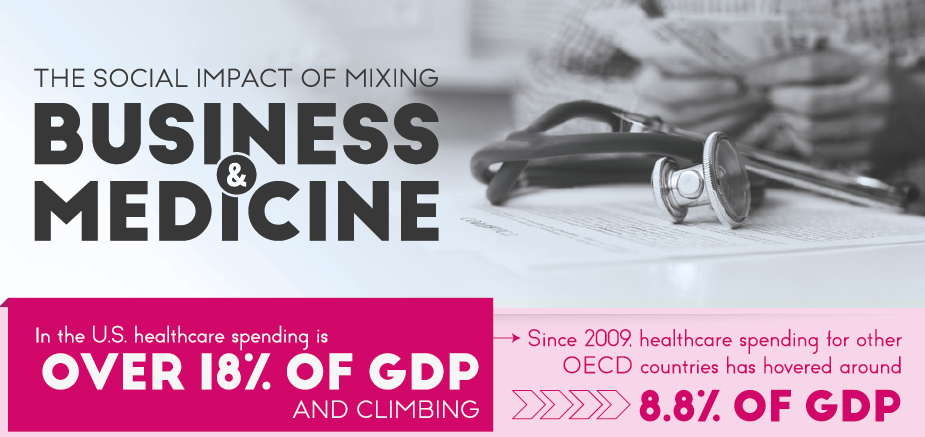 COVID-19 has been hitting the healthcare system pretty hard these last few weeks. In U.S. hospitals they are now facing critical shortages of equipment. As of the end of March, nearly 1 in 4 hospitals have fewer than 100 N95 masks on hand and 1 in 5 reports immediate need for more ventilators. Already back in February, the FDA reported shortages in drugs related to coronavirus.
COVID-19 has been hitting the healthcare system pretty hard these last few weeks. In U.S. hospitals they are now facing critical shortages of equipment. As of the end of March, nearly 1 in 4 hospitals have fewer than 100 N95 masks on hand and 1 in 5 reports immediate need for more ventilators. Already back in February, the FDA reported shortages in drugs related to coronavirus.
135. Inflation is Taking a Toll on The Dollar [Infographic]
 A look at the impacts of inflation as well as how gold is often a hedge against inflationary measures.
A look at the impacts of inflation as well as how gold is often a hedge against inflationary measures.
136. Hacking Nursing Homes of the Future [Infographic]
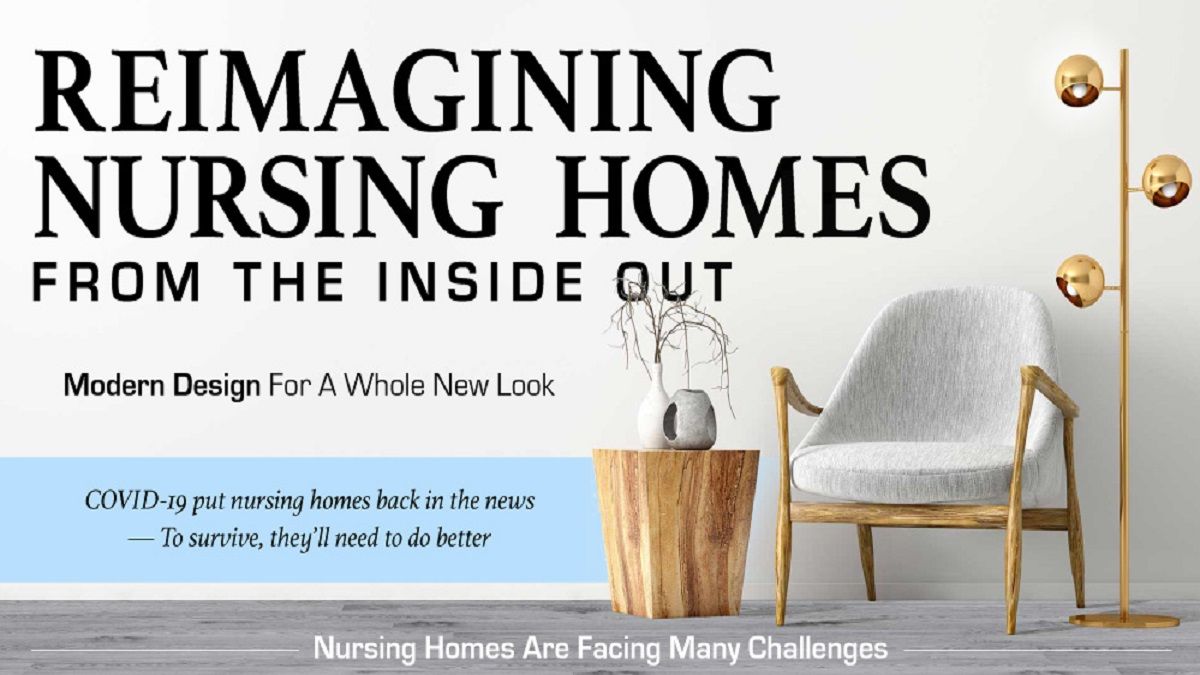 Cleanliness lies at the heart of nursing homes going forward.
Cleanliness lies at the heart of nursing homes going forward.
137. Hacking Clean Water for Your Health
 A look at how and why you can improve your quality of life.
A look at how and why you can improve your quality of life.
138. Narrowing the Pay Gap in Women's Sports
 A look at how to overcome the gender pay gap in the business of sports.
A look at how to overcome the gender pay gap in the business of sports.
139. The Science of Cognitive Performance: Focus Can Fix Your Life
 A look at how focus can improve your life.
A look at how focus can improve your life.
140. Hacking the Path to Expanded Credit Access
 A look at how previously unused alternative data may improve the ability for millions of Americans to get a credit score.
A look at how previously unused alternative data may improve the ability for millions of Americans to get a credit score.
141. Hacking Holiday Shopping Shortages With a Tech Alternative [Infographic]
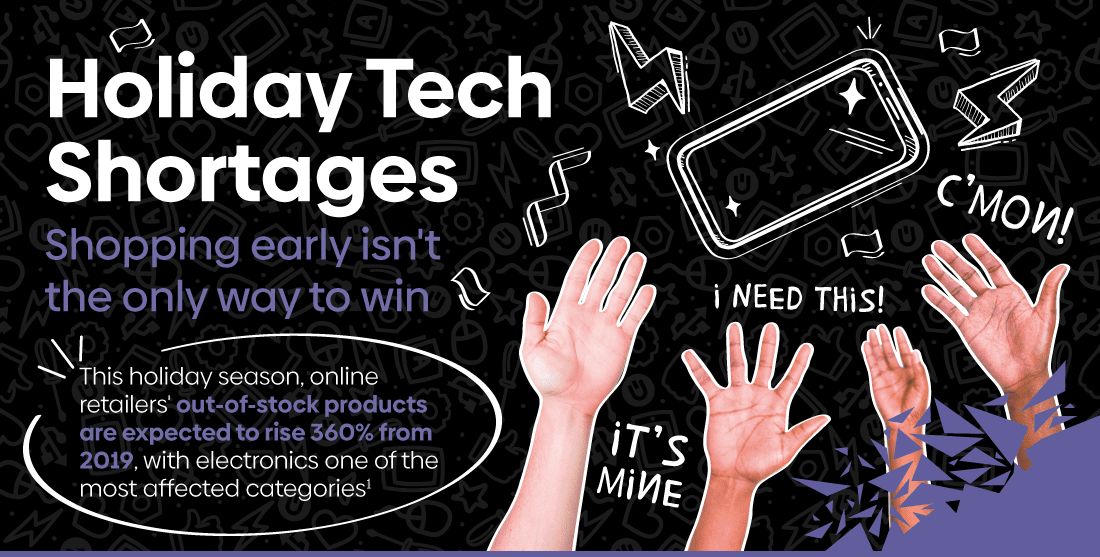 A look at how fixing your used tech devices may solve some of your out of stock holiday shopping woes.
A look at how fixing your used tech devices may solve some of your out of stock holiday shopping woes.
142. Hacking the Sleep Dilemma
 A look at how to get yourself to peak performance by sleeping better. Chances are, you aren't changing your sheets enough and selecting those of inferior qualit
A look at how to get yourself to peak performance by sleeping better. Chances are, you aren't changing your sheets enough and selecting those of inferior qualit
143. Moving Toward a Lower Carbon Footprint in the Finance Industry
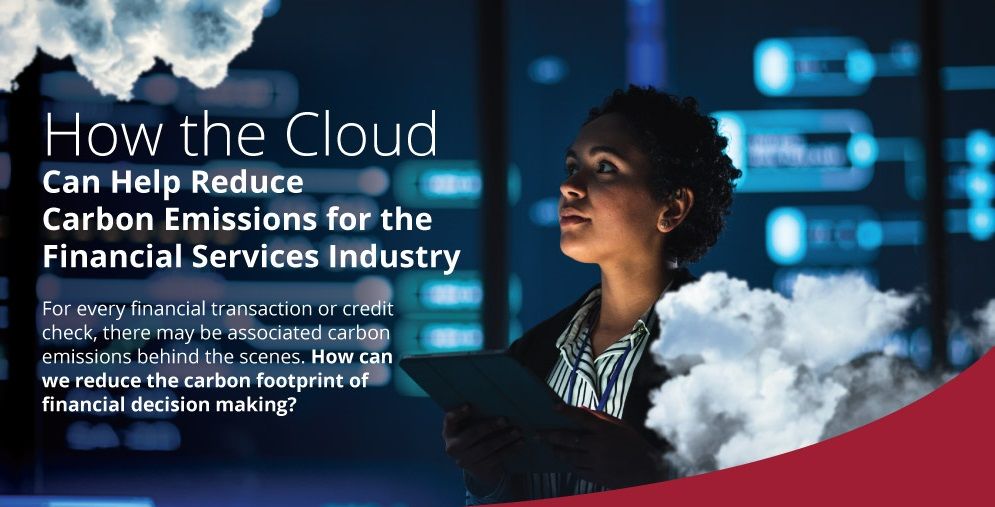 A look at how the financial services industry is making moves toward lowering its carbon footprint.
A look at how the financial services industry is making moves toward lowering its carbon footprint.
144. Hacking the Pet Parenting Process [Infographic]
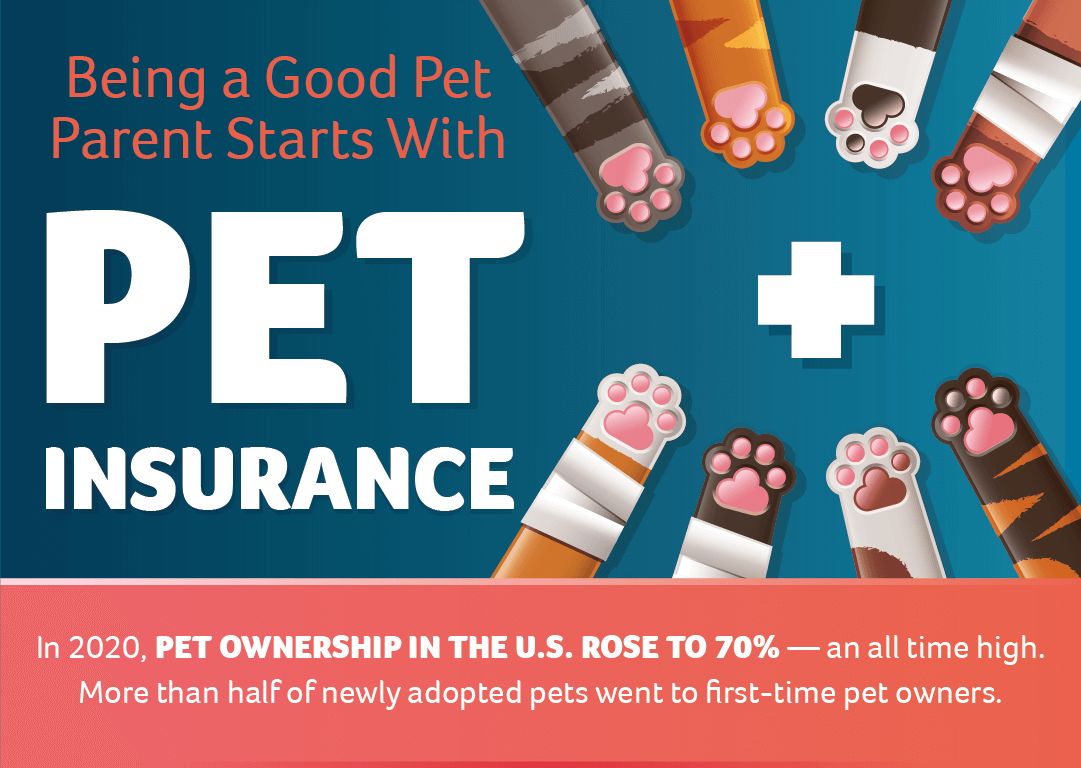 A look at how to be the best pet parent that you can be.
A look at how to be the best pet parent that you can be.
145. Hacking Emotional Intelligence: The Key to Career Success
 A look at how emotional intelligence as a conscious practice can be the missing key to your success.
A look at how emotional intelligence as a conscious practice can be the missing key to your success.
146. Mergers: The Hack Saving Colleges From Destruction
 A look at how the future survival of some college institutions will require the need for mergers.
A look at how the future survival of some college institutions will require the need for mergers.
147. Avoid Time Tracking Issues With Facial Recognition
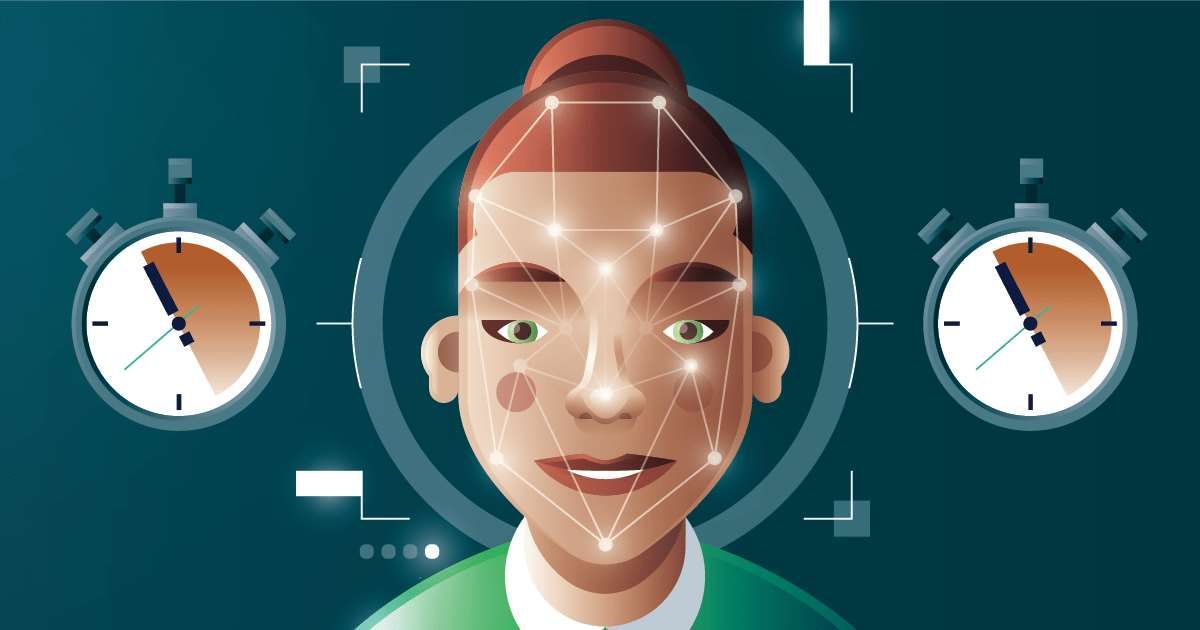 A look at how facial recognition innovation helps avoid costly time and error issues with manual time tracking.
A look at how facial recognition innovation helps avoid costly time and error issues with manual time tracking.
148. Hacking Success With a Full Night's Sleep [Infographic]
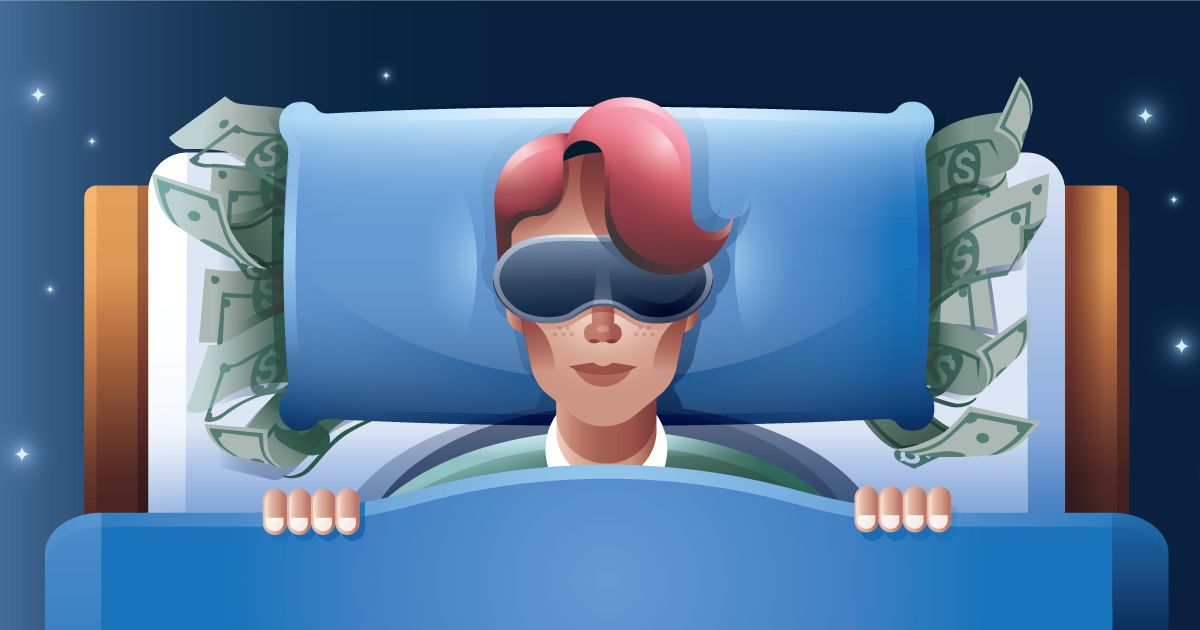 Why you actually need more sleep than you likely currently get can make a difference between success and failure
Why you actually need more sleep than you likely currently get can make a difference between success and failure
149. A Look at the Booming Supplement Industry
 A look at the booming business of supplements and biohacking.
A look at the booming business of supplements and biohacking.
150. Hacking the Way Business is Done With Diversity [Infographic]
 Understanding how diversity should properly be represented through business and the supply chain.
Understanding how diversity should properly be represented through business and the supply chain.
151. Hacking the Asphalt Economy, an Infographic
 A look at the asphalt economy - the most recycled material on the planet.
A look at the asphalt economy - the most recycled material on the planet.
152. Not-So-True Smartphone Hacks
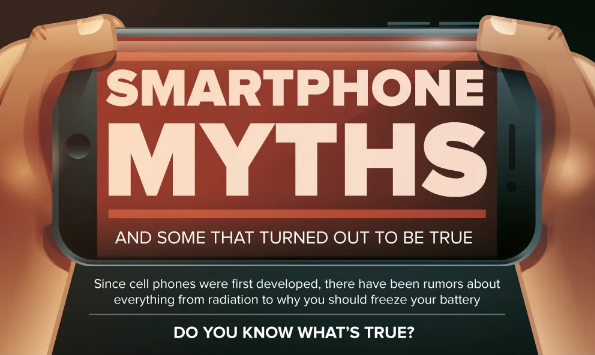 I'm sure a friend or family member has told you every do-it-yourself smartphone trick in the book. For example: don’t charge your phone using knock-off cables, bury your device in a bag of rice to reverse water damage, phone signals interfere with hospital, plane, and gas station technology, and more. Some of these are true, many of them are false. Who is to blame? General word of mouth. Let’s dig in.
I'm sure a friend or family member has told you every do-it-yourself smartphone trick in the book. For example: don’t charge your phone using knock-off cables, bury your device in a bag of rice to reverse water damage, phone signals interfere with hospital, plane, and gas station technology, and more. Some of these are true, many of them are false. Who is to blame? General word of mouth. Let’s dig in.
153. Hacking Emotional Intelligence: The Key to Career Success
 A look at how emotional intelligence as a conscious practice can be the missing key to your success.
A look at how emotional intelligence as a conscious practice can be the missing key to your success.
154. Hacking the Modernization of Commercial Real Estate Lending
 A look at how and why the real estate lending market is technologically out of date and how to fix it.
A look at how and why the real estate lending market is technologically out of date and how to fix it.
155. Network Detection and Response: the Future of Cybersecurity
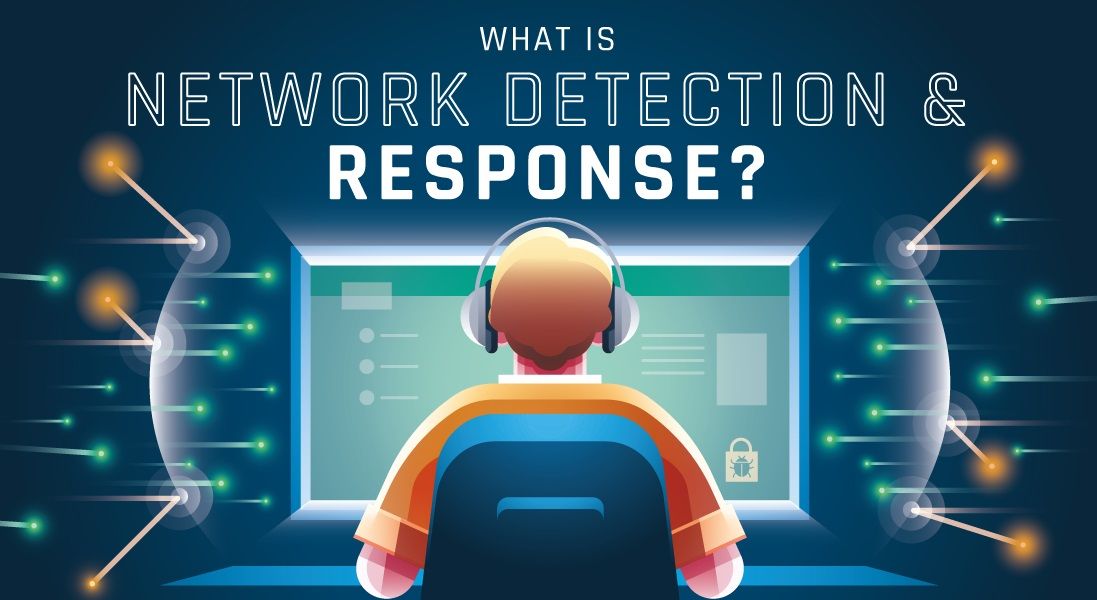 A look at how network detection and response is the future of cyber security
A look at how network detection and response is the future of cyber security
156. Communicating to Save Lives: Digital Healthcare in 2021 [Infographic]
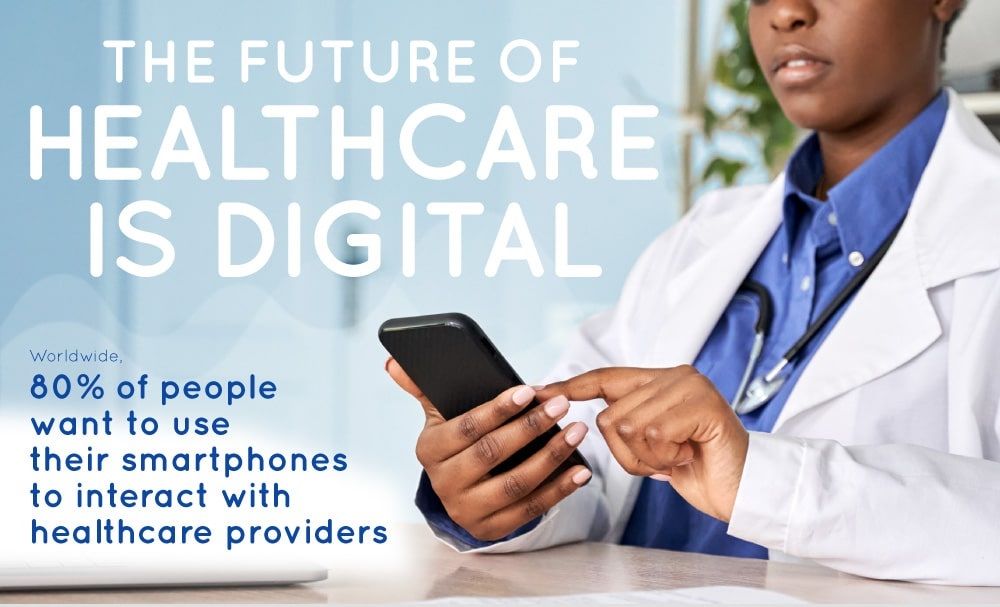 A look at how the future of healthcare has become mobile.
A look at how the future of healthcare has become mobile.
157. Hacking COVID-19 Risk Through Genetic Testing
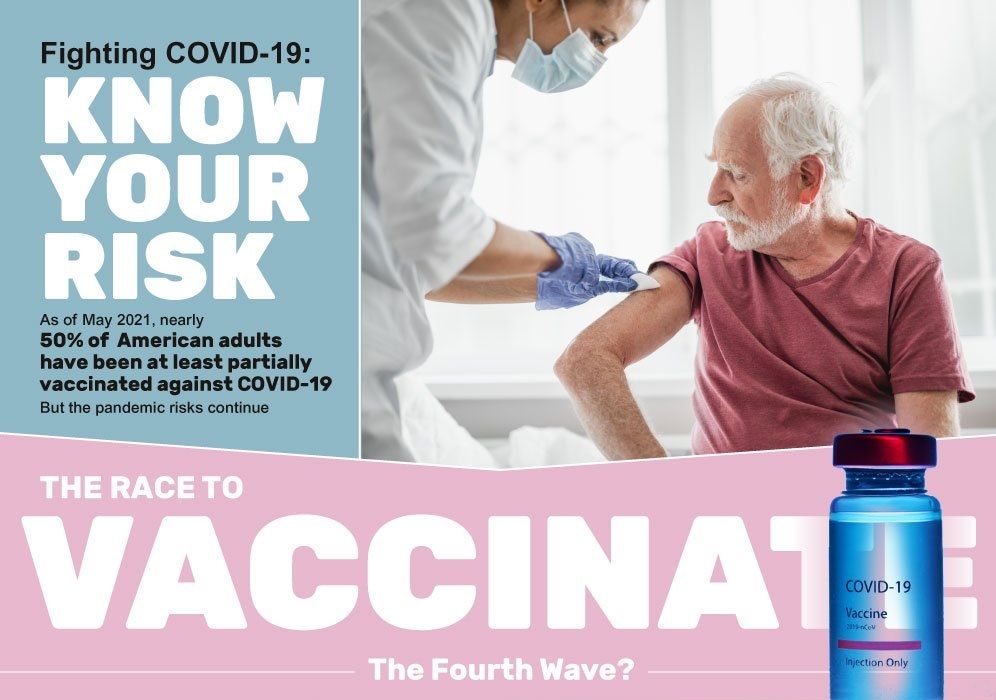 A look at how the field of genetics can identify a better prioritization of the COVID vaccine.
A look at how the field of genetics can identify a better prioritization of the COVID vaccine.
158. The Evolution of Headphones
 It is safe to consider headphones a household item: mass produced, and almost every American has a pair. Headphones are so common nowadays, in fact, they are even included in the most new purchases of mobile devices. On average, Americans spend more than 32-hours weekly listening to music. This is roughly equivalent to a full-time job. Saying this, dissecting the history and future of headphones is relevant to almost everyone in the digital era.
It is safe to consider headphones a household item: mass produced, and almost every American has a pair. Headphones are so common nowadays, in fact, they are even included in the most new purchases of mobile devices. On average, Americans spend more than 32-hours weekly listening to music. This is roughly equivalent to a full-time job. Saying this, dissecting the history and future of headphones is relevant to almost everyone in the digital era.
159. The Rise of Non-Alcoholic Beverages: Trends to Keep an Eye On
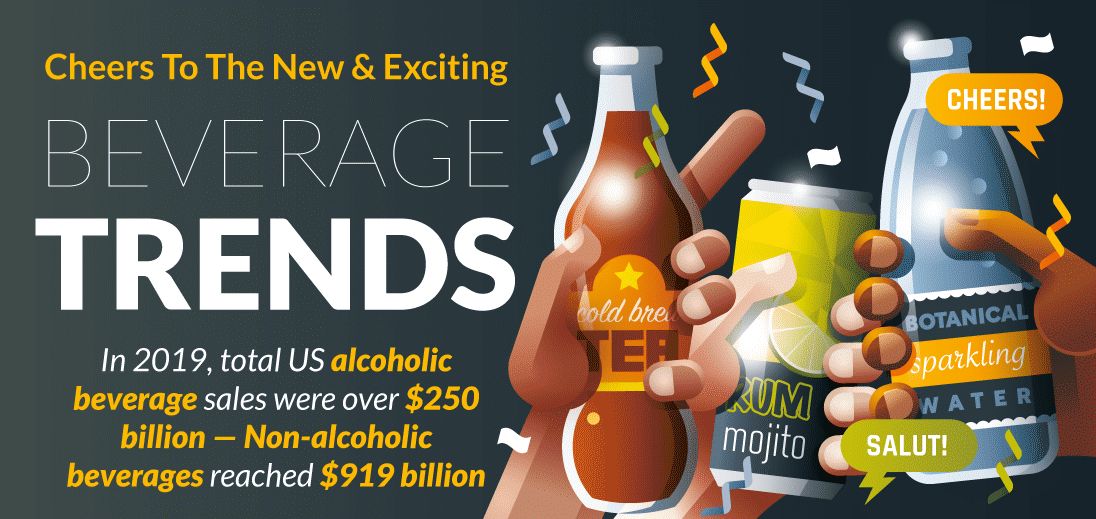 Sales of soda drinks in the U.S. have been declining for around a decade while non-alcoholic beverage sales reached $919 billion in just a single year.
Sales of soda drinks in the U.S. have been declining for around a decade while non-alcoholic beverage sales reached $919 billion in just a single year.
160. Hacking Your Analytics: Top Barriers in Harnessing the Power of Data
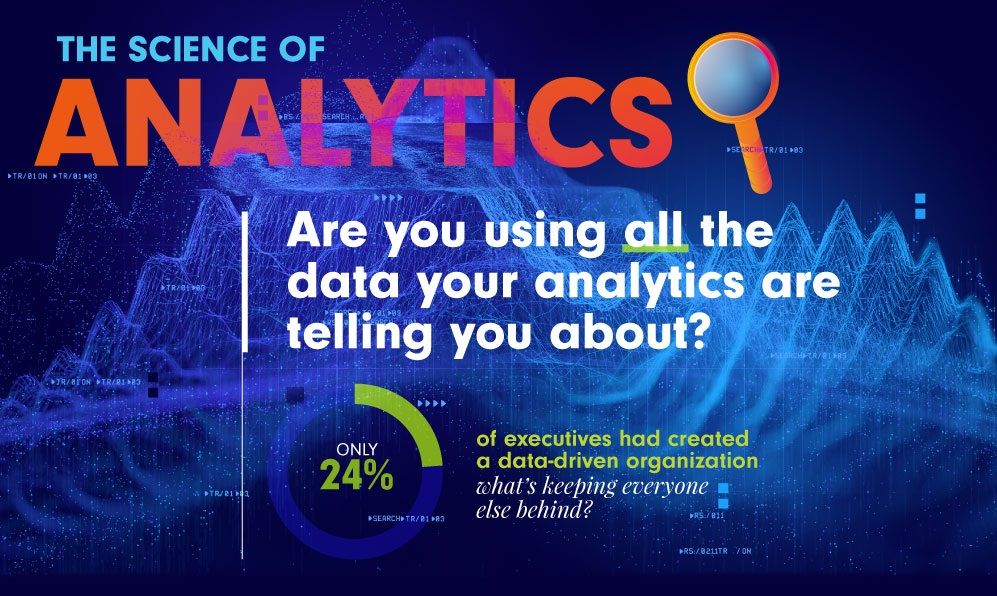 An infographic to take a look at how to use more of your organization's data with Google Analytics 360 to form solid data based business decisions proactively.
An infographic to take a look at how to use more of your organization's data with Google Analytics 360 to form solid data based business decisions proactively.
161. Hacking the New Trends in Eyewear
 A look at the shining future of the eyewear industry and its integration with form, function, and tech.
A look at the shining future of the eyewear industry and its integration with form, function, and tech.
162. Russian Financial Sanctions and Their Impact on the Global Economy
 A look at how financial sanctions against Russia are playing out in the global economy.
A look at how financial sanctions against Russia are playing out in the global economy.
163. One Simple Hack For Making Remote Work Great: Trust
 Remote work is on everyone’s minds right now. If you are fortunate enough to still have a job right now chances are you are doing it remotely. And you’ve probably learned that you can do your job pretty well from home - just as well as you did in the office if not better. And why is that? It’s certainly not because of the added stress of a pandemic. Could it be because your management team actually trusts you to get it done?
Remote work is on everyone’s minds right now. If you are fortunate enough to still have a job right now chances are you are doing it remotely. And you’ve probably learned that you can do your job pretty well from home - just as well as you did in the office if not better. And why is that? It’s certainly not because of the added stress of a pandemic. Could it be because your management team actually trusts you to get it done?
164. Why Exploring the Outdoors Helps Put Our Mind in Balance
 A look at how exploring the outdoors could be the vacation you need in order to better focus and balance your life.
A look at how exploring the outdoors could be the vacation you need in order to better focus and balance your life.
165. Apple’s Hack To Their $1+ Trillion Worth
 Technically speaking, Apple is worth more than 1% of the global GDP and became the first publicly traded U.S. company to reach a market value of $1 Trillion in 2018. Thanks to a fleet of billion dollar products and services, as well as their strong commitment to the refurbished community, Apple continues to dominate the tech market unlike any other company.
Technically speaking, Apple is worth more than 1% of the global GDP and became the first publicly traded U.S. company to reach a market value of $1 Trillion in 2018. Thanks to a fleet of billion dollar products and services, as well as their strong commitment to the refurbished community, Apple continues to dominate the tech market unlike any other company.
166. The Value of Finding a Perfect Audience
 If you're trying to stand out, first know your audience. Learn more about how to find a perfect audience below.
If you're trying to stand out, first know your audience. Learn more about how to find a perfect audience below.
167. The Future of In-Person and Virtual Events
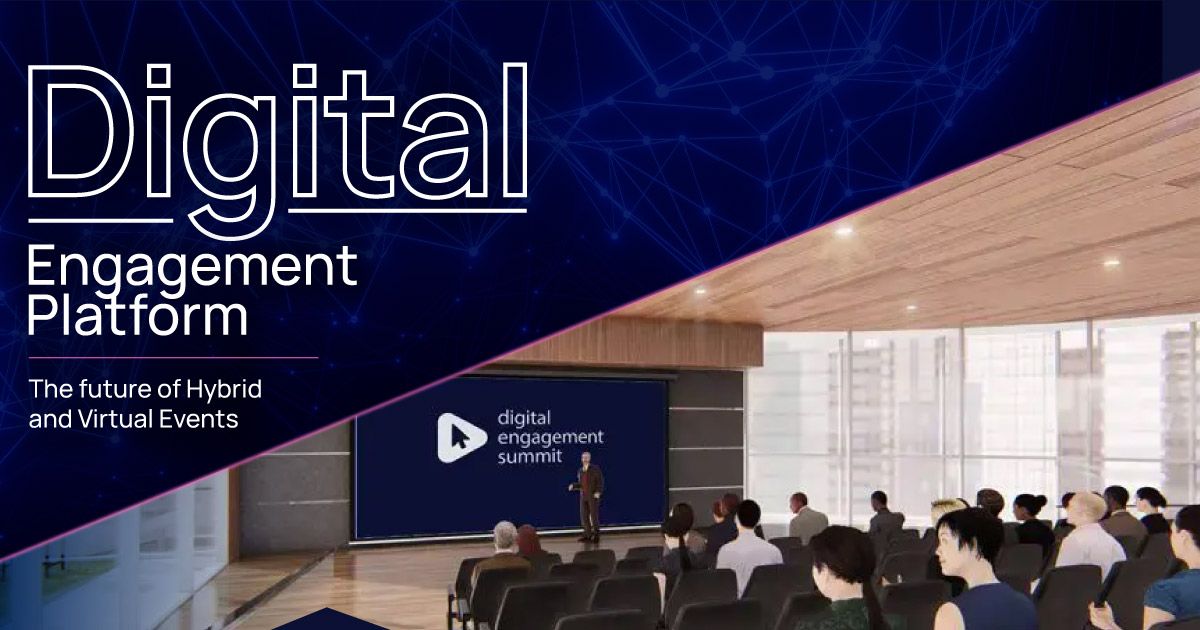 A look at how the future of virtual and in-person events are unfolding.
A look at how the future of virtual and in-person events are unfolding.
168. Are the Increase in Cyberattacks Leading to an All-Out Cyber War?
 A look at the looming threat of cyberwar in the world stage of the Russia / Ukraine conflict
A look at the looming threat of cyberwar in the world stage of the Russia / Ukraine conflict
169. A Look at the Cost of Downtime
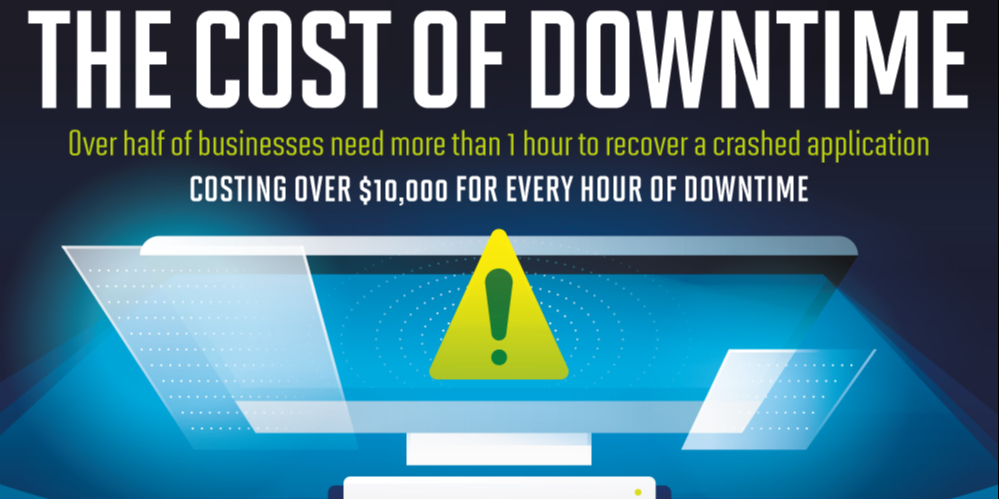 Over half of businesses need more than one hour to recover a crashed application, costing over $10,000 for every hour of downtime. With how much we rely on technology, system monitoring is more important than ever. The world depends on IT, so when systems fail it makes an impact on people and businesses followed by monetary consequences. Many large companies may be able to pay for protection, but what about the small to medium sized companies that remain vulnerable to uncertain infrastructure?
Over half of businesses need more than one hour to recover a crashed application, costing over $10,000 for every hour of downtime. With how much we rely on technology, system monitoring is more important than ever. The world depends on IT, so when systems fail it makes an impact on people and businesses followed by monetary consequences. Many large companies may be able to pay for protection, but what about the small to medium sized companies that remain vulnerable to uncertain infrastructure?
170. How Hacking Giving Keeps Communities Strong

171. A Look at the Power of Your Influence Network
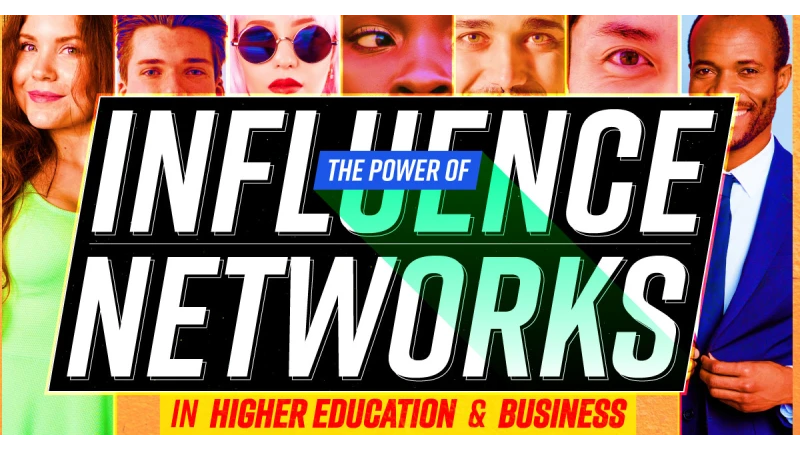 A look at the power of your influence network in college alumni and corporations.
A look at the power of your influence network in college alumni and corporations.
172. How a Gift Sparked a Creative Revolution
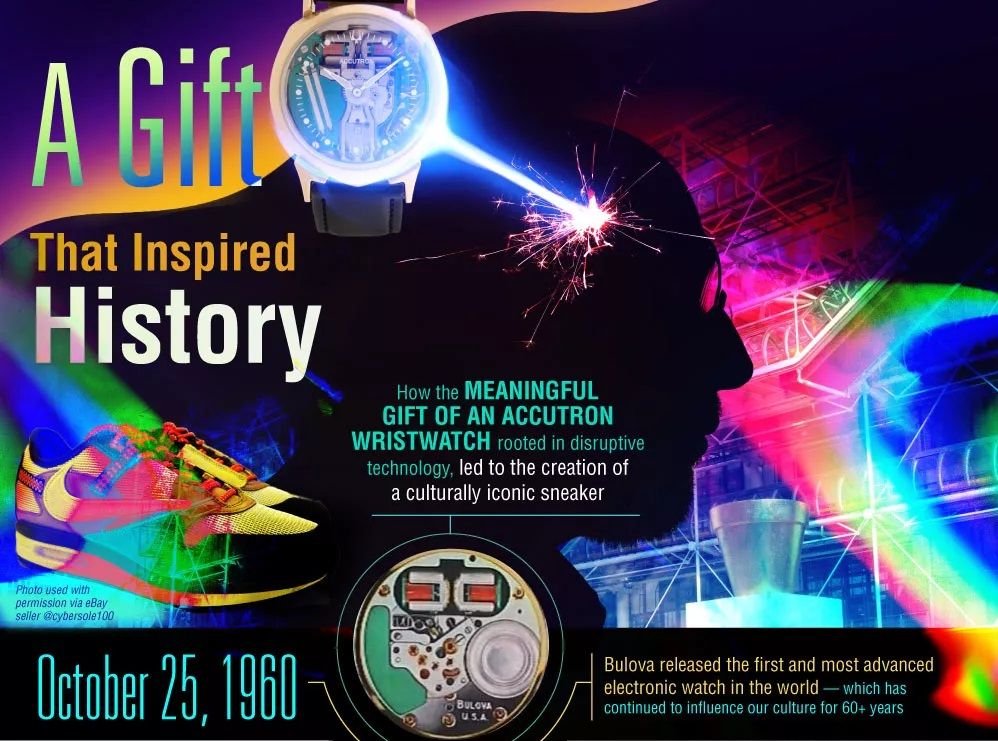 A look at how a simple tif sparked a creative movement that changed history, giving us several iconic styles and brands.
A look at how a simple tif sparked a creative movement that changed history, giving us several iconic styles and brands.
173. The World Population Crosses 8 Billion People
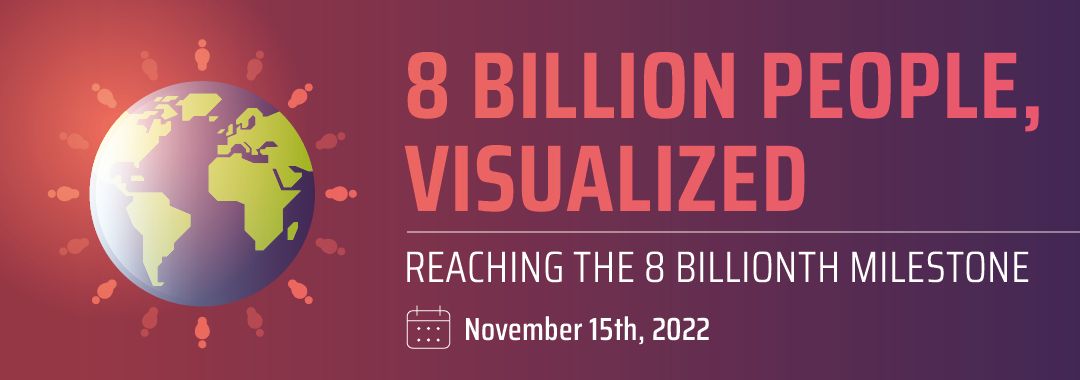 A look at the growth trends of the world's 8 billion people and beyond.
A look at the growth trends of the world's 8 billion people and beyond.
174. Harnessing the Growth of Digital Agencies
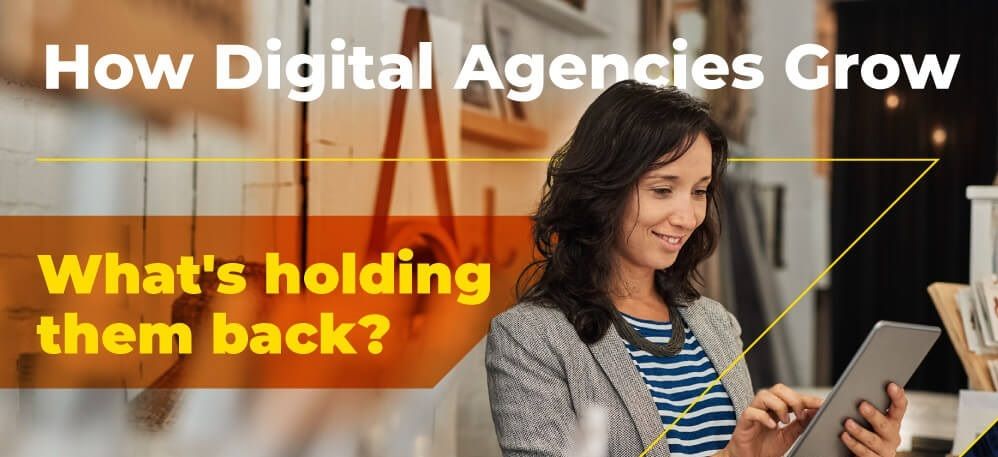 A look at how small businesses can scale quickly and relatively cheaply by using digital methods for marketing and other such technologies to their advantage.
A look at how small businesses can scale quickly and relatively cheaply by using digital methods for marketing and other such technologies to their advantage.
175. Corporate Gifting: How to Find the Best Gift that Matches Your Brand
 A look at how to match choosing the right gift with your brand archetype.
A look at how to match choosing the right gift with your brand archetype.
176. Hacking Efficiency in Medical Facilities
 A look at the advent of pneumatic tube systems, and how they keep things running at peak performance in hospital settings.
A look at the advent of pneumatic tube systems, and how they keep things running at peak performance in hospital settings.
177. Why Can't Live Video Be Better?
 A look at the emerging trends of live video, and how it can look to become improved in today's market.
A look at the emerging trends of live video, and how it can look to become improved in today's market.
178. Hacking Better Solutions With AI Powered Insurance Verification
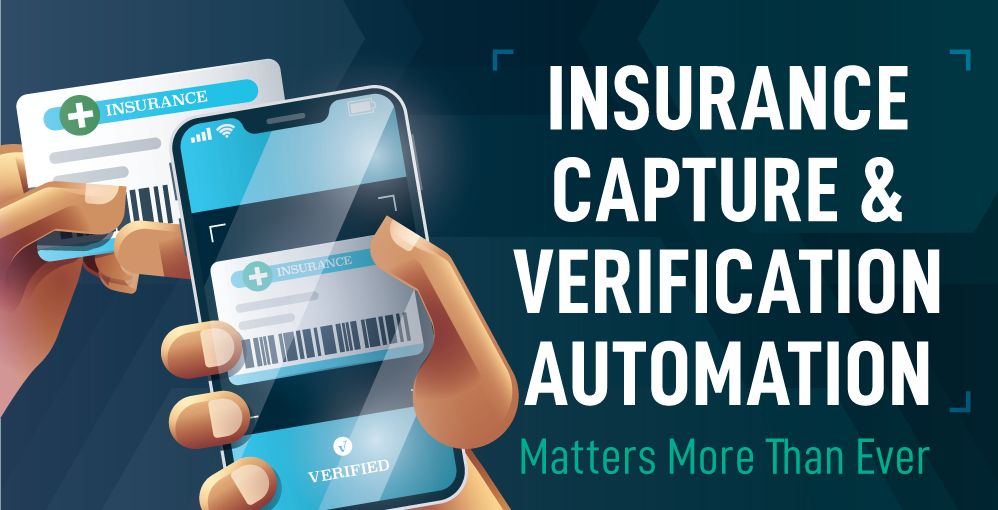 A look at how improving the healthcare insurance data capture system will improve through OCR and AI card scan.
A look at how improving the healthcare insurance data capture system will improve through OCR and AI card scan.
179. What Will the Jobs of the Future Look Like?
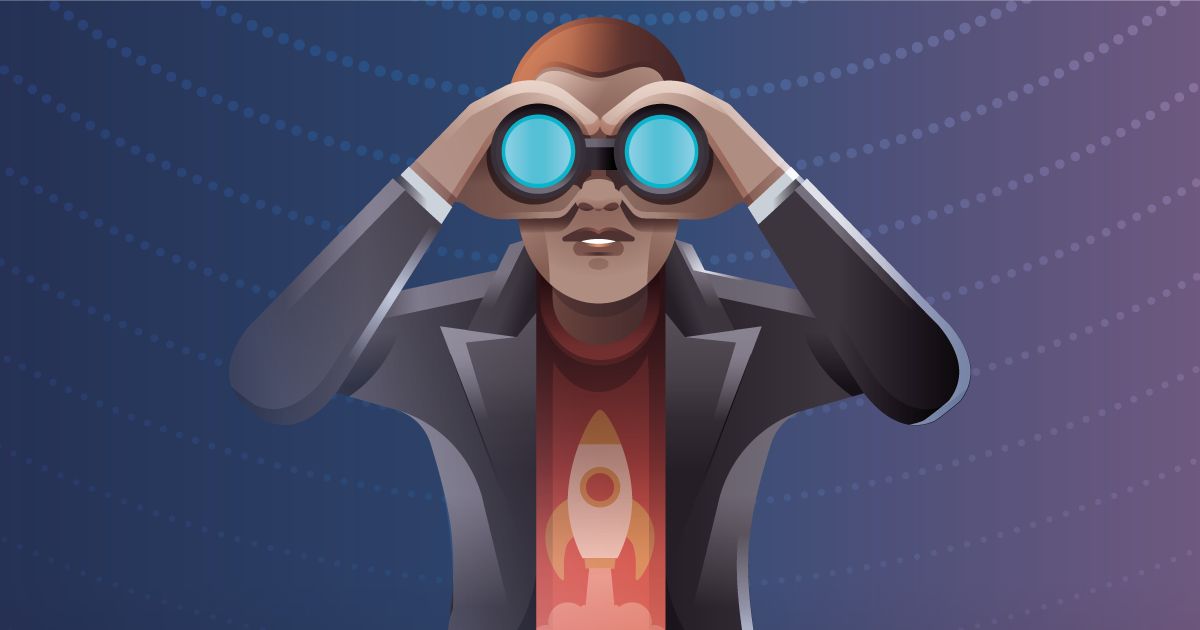 A look at what the jobs of the future will look like
A look at what the jobs of the future will look like
180. The Vaccine Confidence Hack to Reaching Herd Immunity
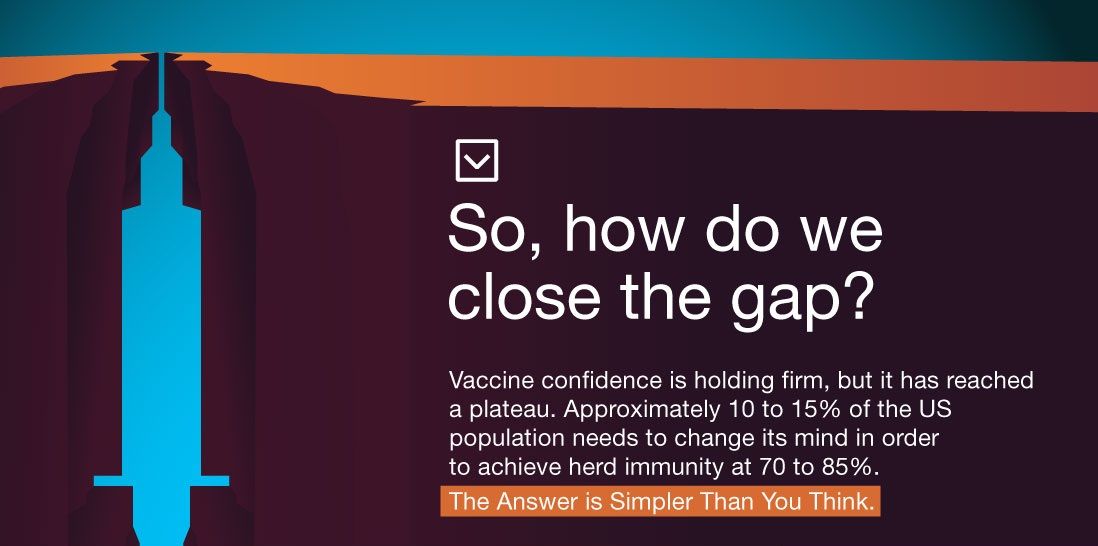 A look at how to increase vaccine confidence to help achieve herd immunity
A look at how to increase vaccine confidence to help achieve herd immunity
181. Boomer-Owned Businesses: The Millennial’s Wealth Hack
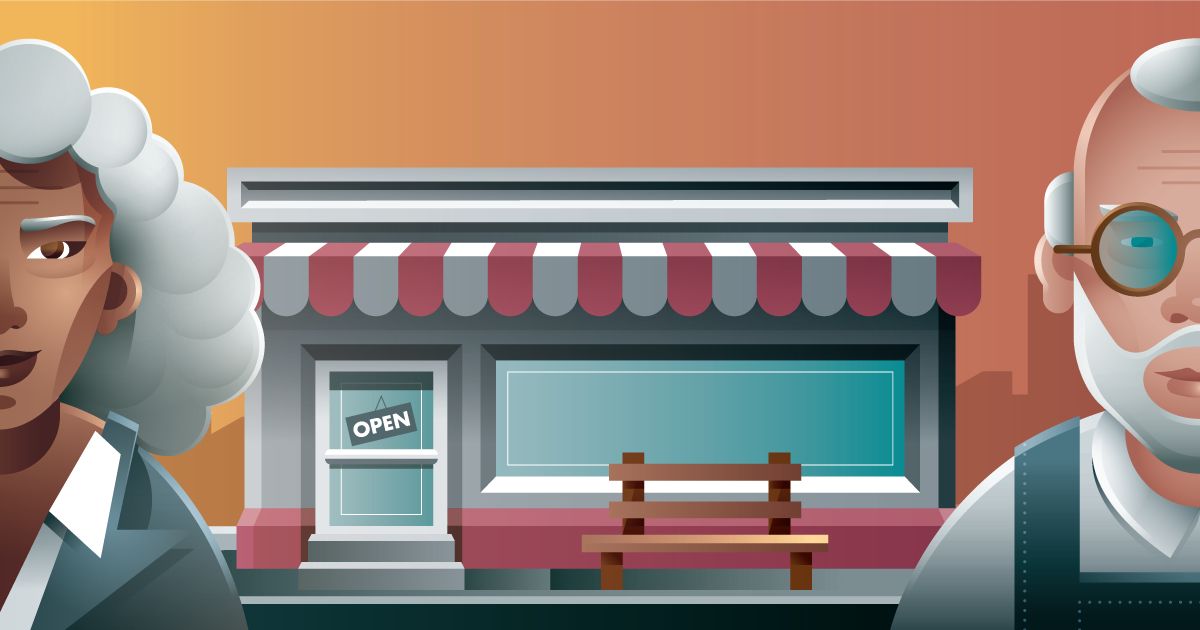 A look at how boomer-owned businesses may lead to the greatest wealth transfer in history.
A look at how boomer-owned businesses may lead to the greatest wealth transfer in history.
182. Women That Run eBay and eCommerce Businesses are Thriving
 A look at how eCommerce platforms such as eBay have been empowering women-owned businesses through the pandemic.
A look at how eCommerce platforms such as eBay have been empowering women-owned businesses through the pandemic.
183. The Power of Mobile Communications
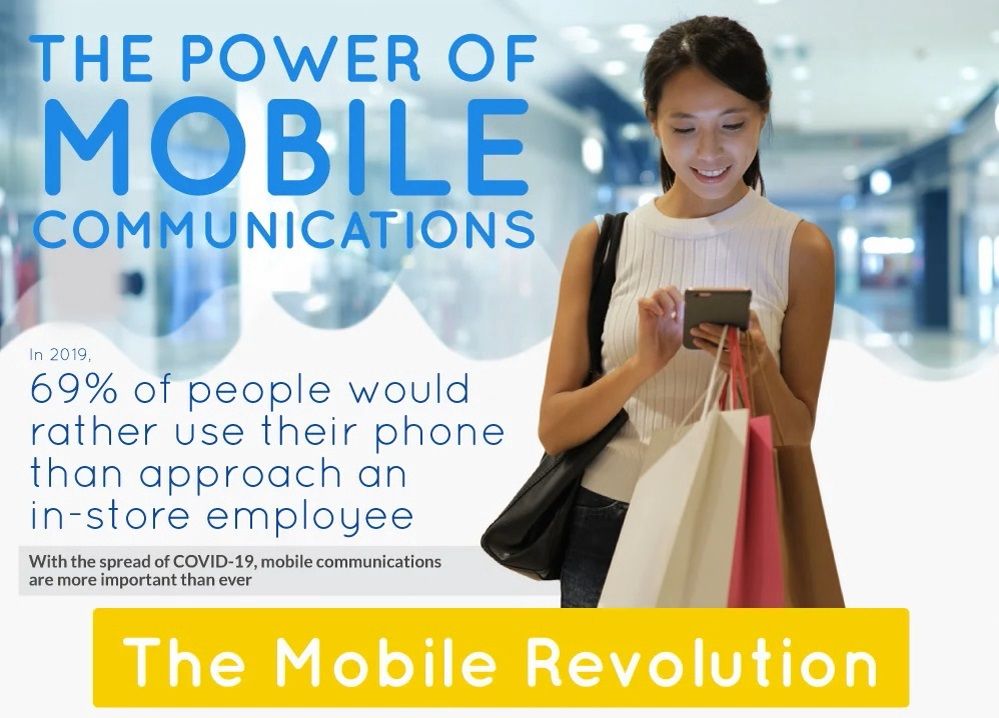 In 2019, 69% of people would rather use their phone than approach an employee in a store.
In 2019, 69% of people would rather use their phone than approach an employee in a store.
Thank you for checking out the 183 most read stories about Infographic on HackerNoon.
Visit the /Learn Repo to find the most read stories about any technology.
